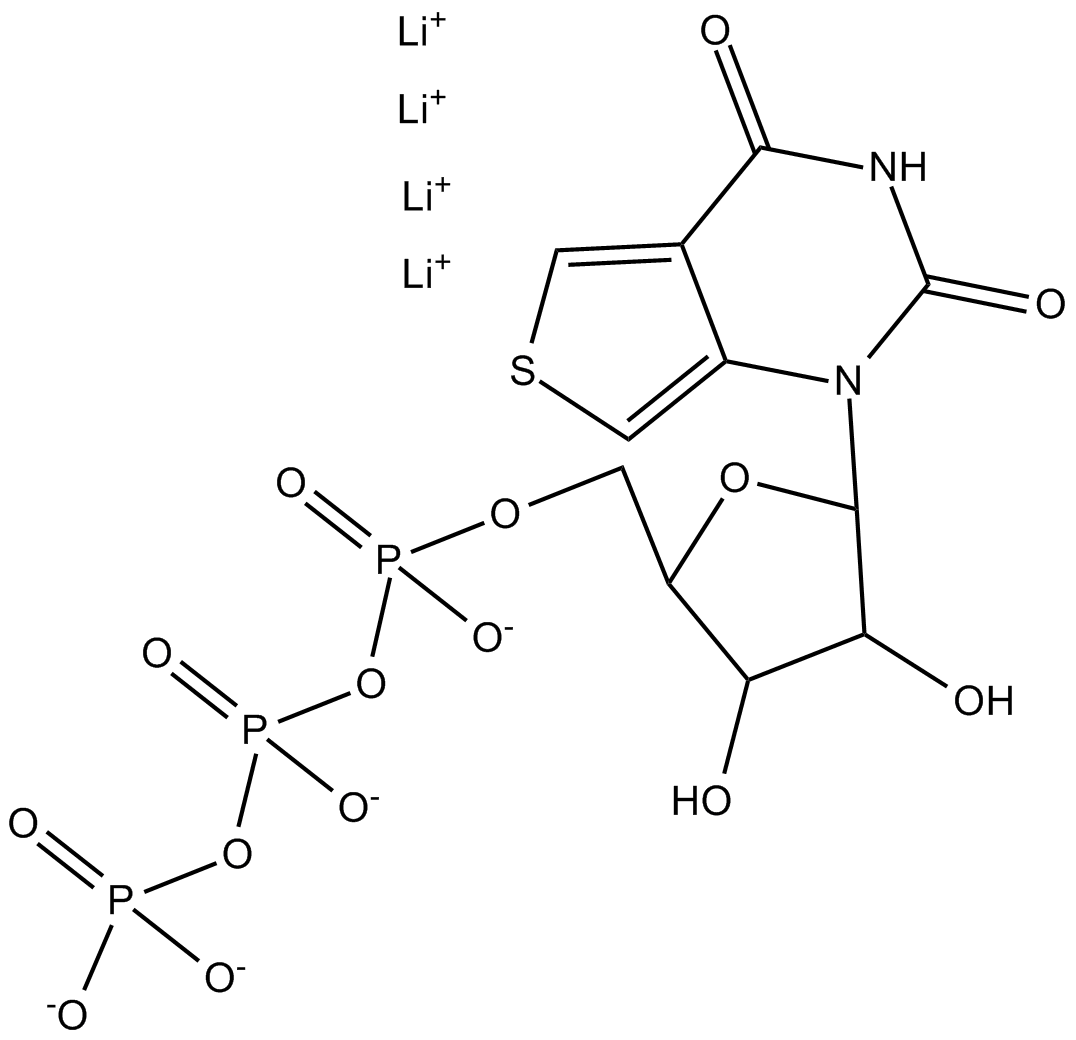RNA related
Products for RNA related
- Cat.No. Product Name Information
-
GB20108
2'-Amino-dATP
Sugar modified nucleoside triphosphates, increases target affinity and nuclease stability while reducing immune response.
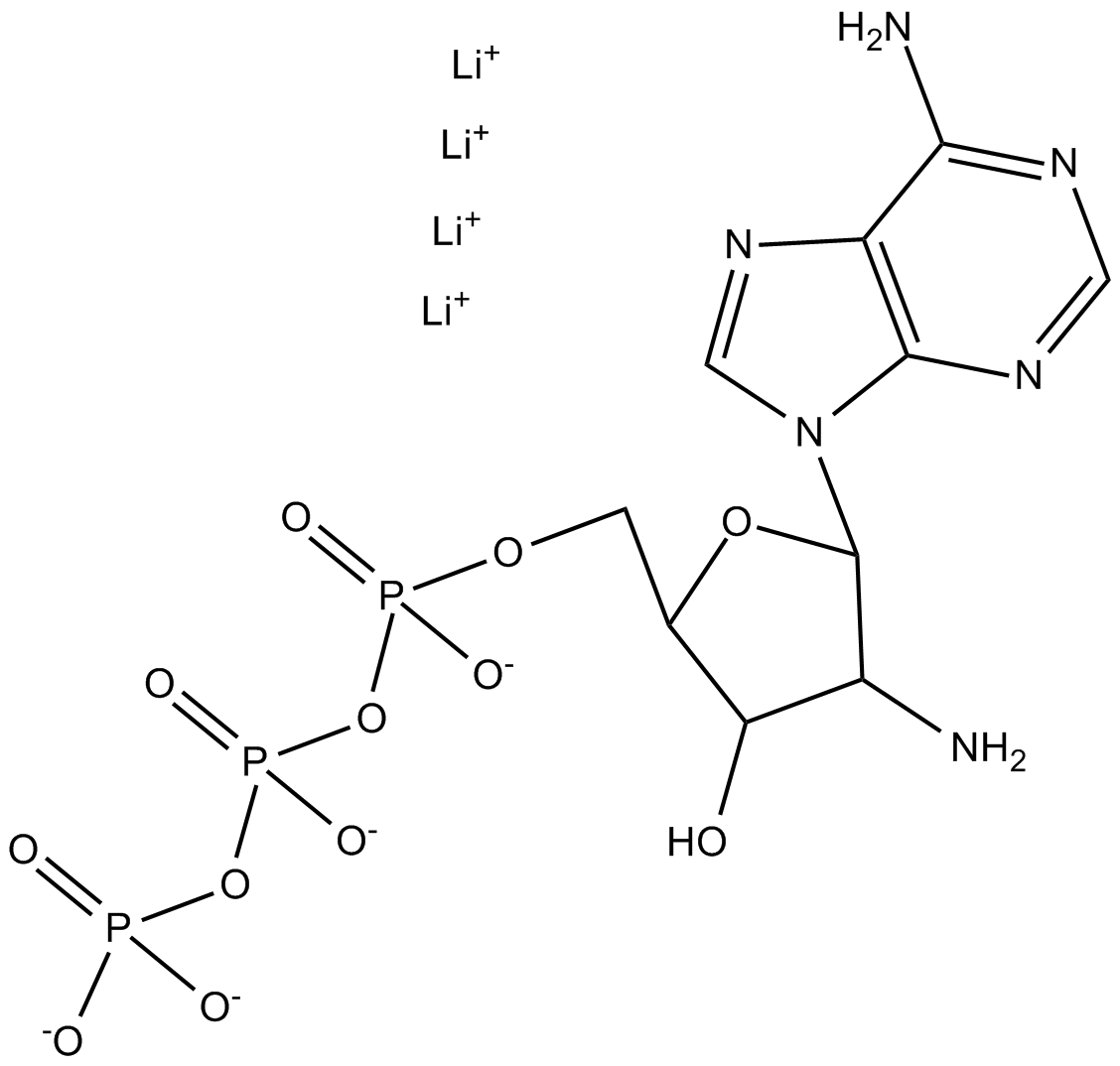
-
GB20093
2'-Azido-dGTP
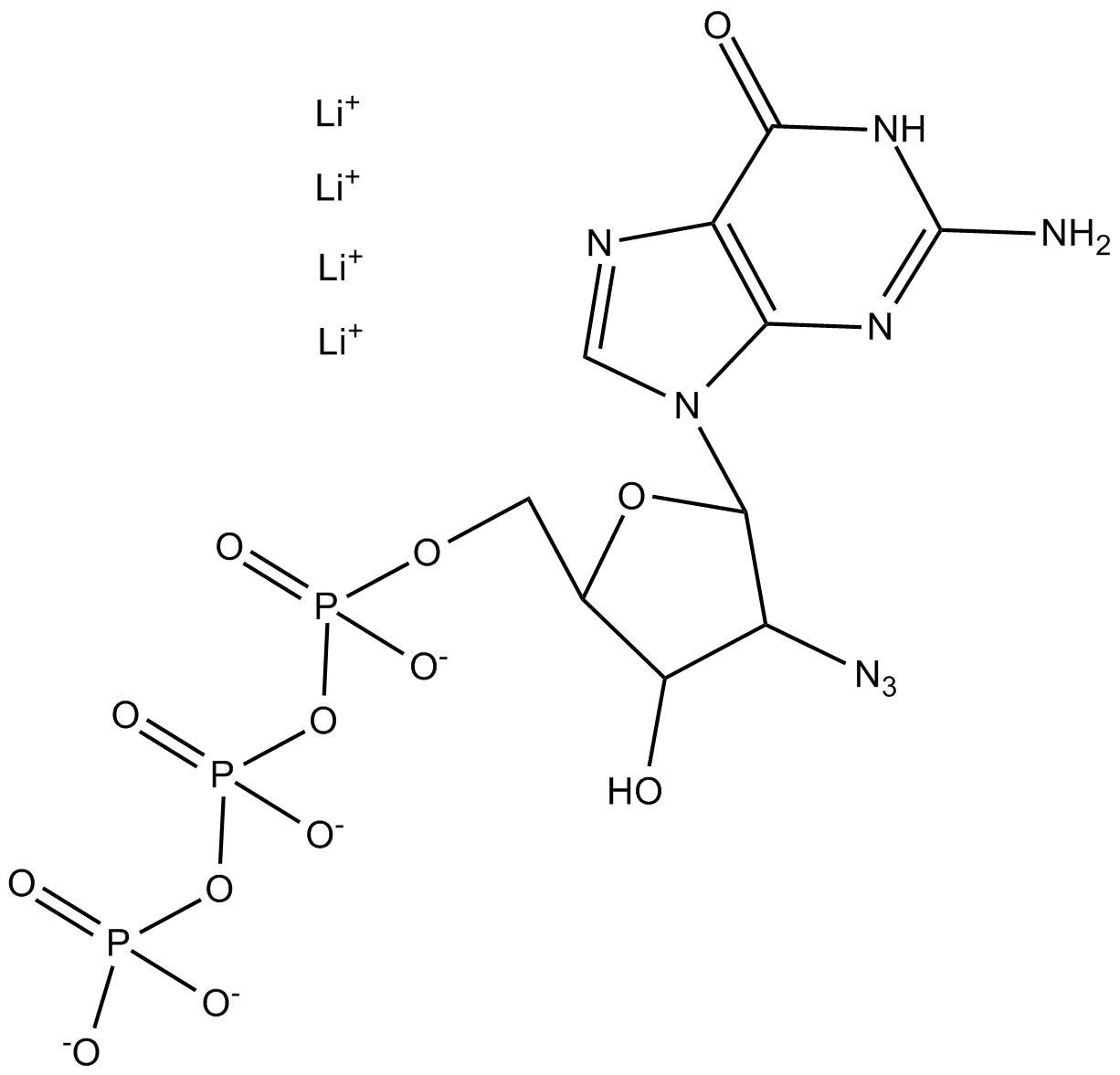
-
GB20101
2'-F-dTTP
Sugar modified nucleoside triphosphates, increases nuclease stability.
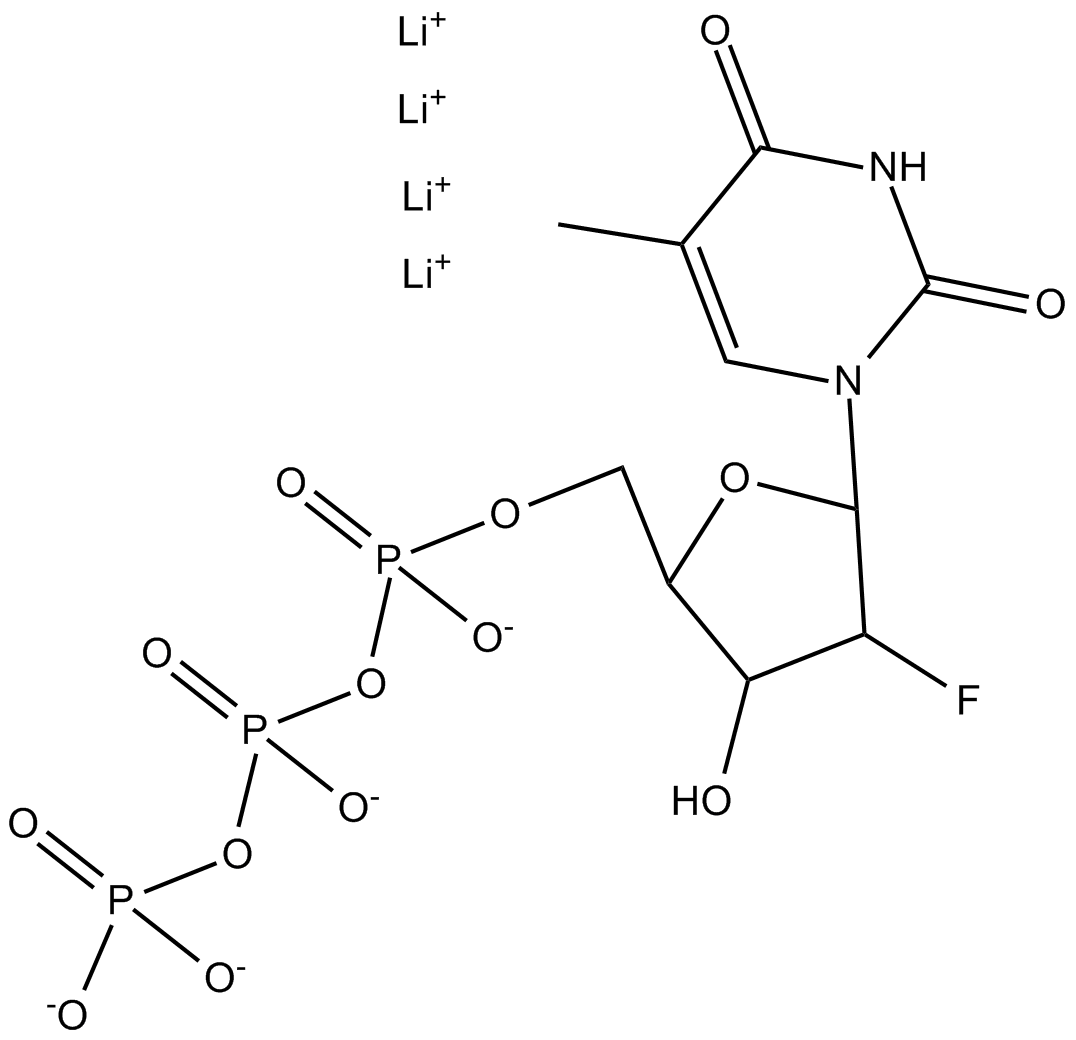
-
GB20118
2'-O-Methyl-2-Amino-ATP
Sugar modified nucleoside triphosphates
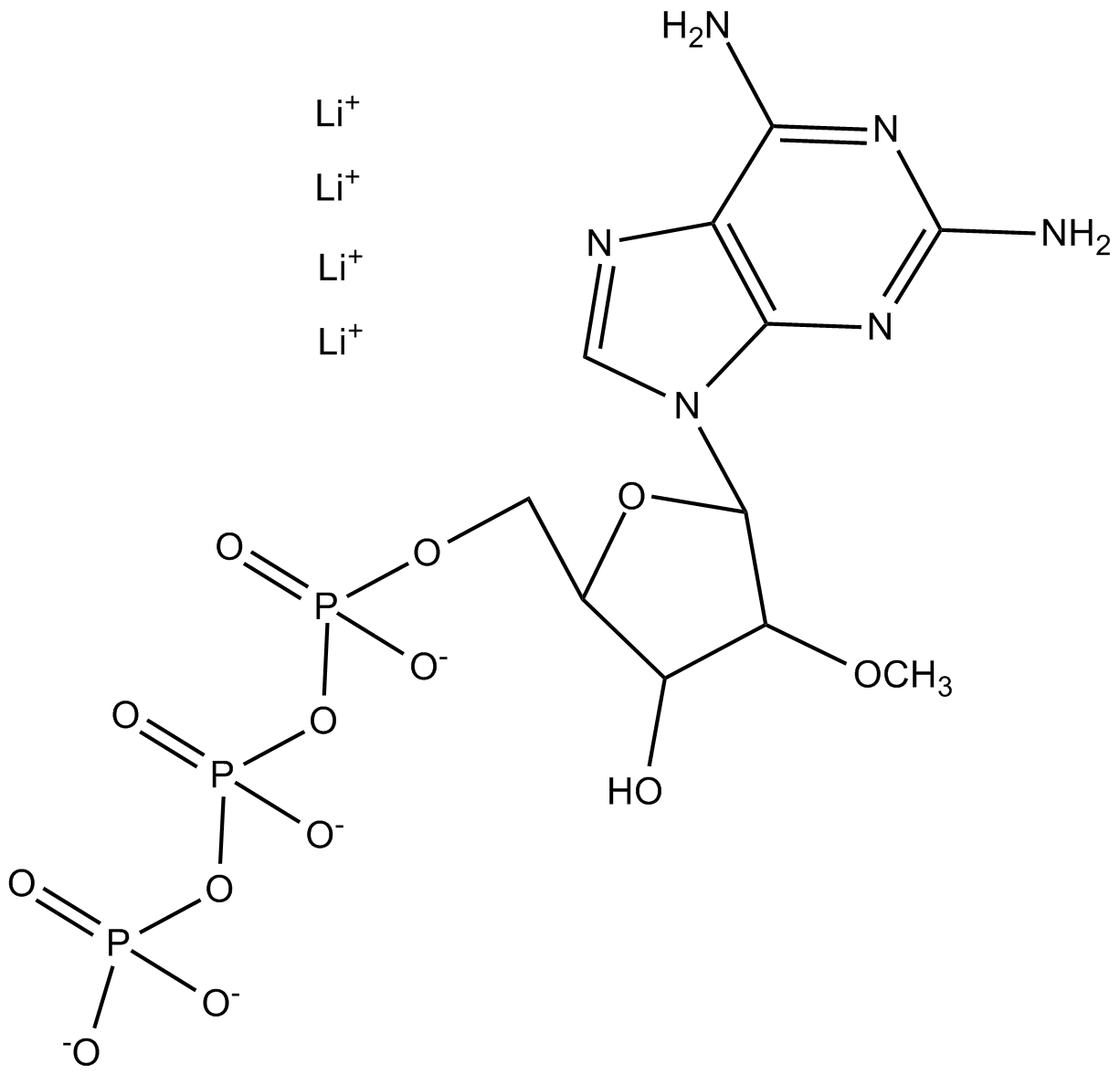
-
GB20110
2'-O-Methyl-5-methyl-UTP
Sugar modified nucleoside triphosphates, increases target affinity and nuclease stability while reducing immune response.
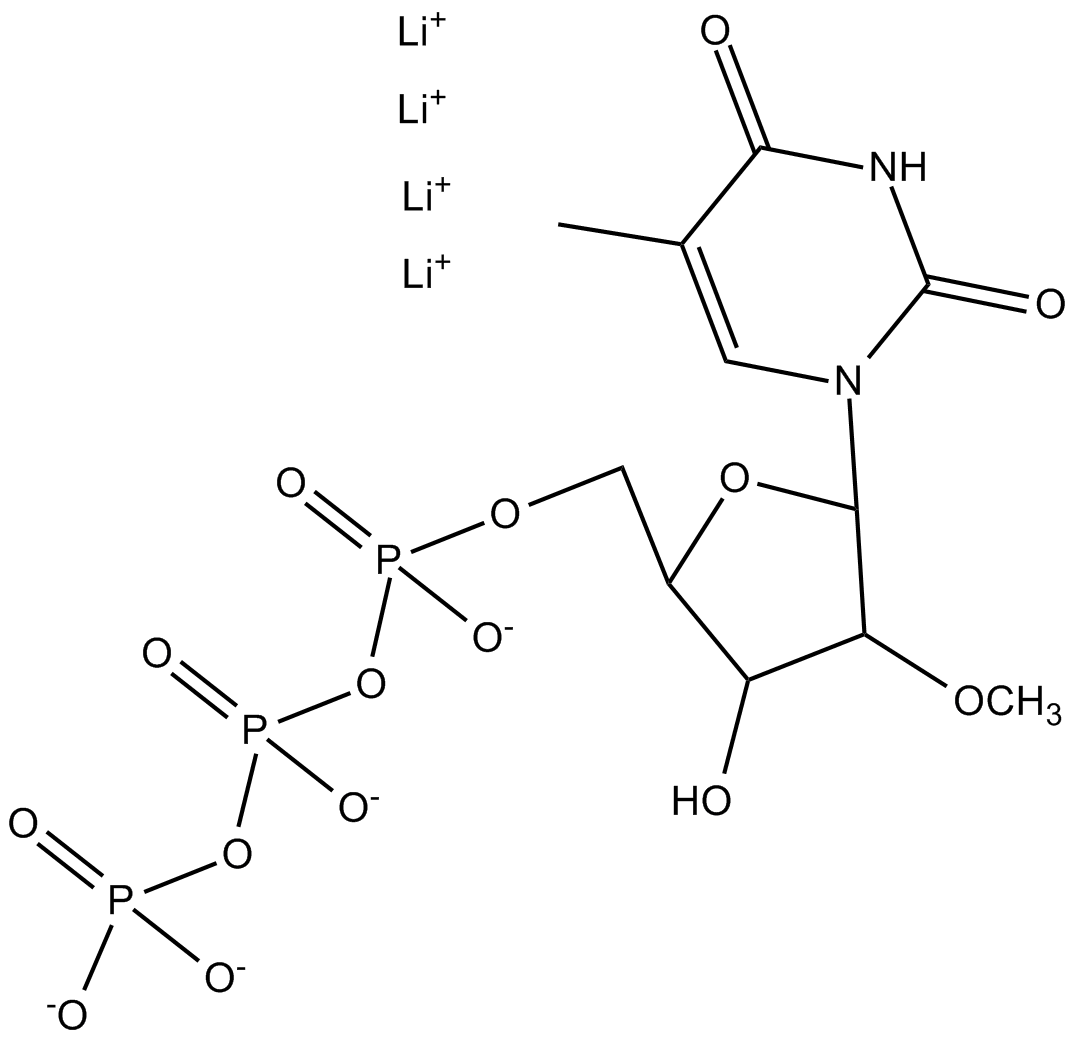
-
GB20130
2'-O-Methyl-ATP
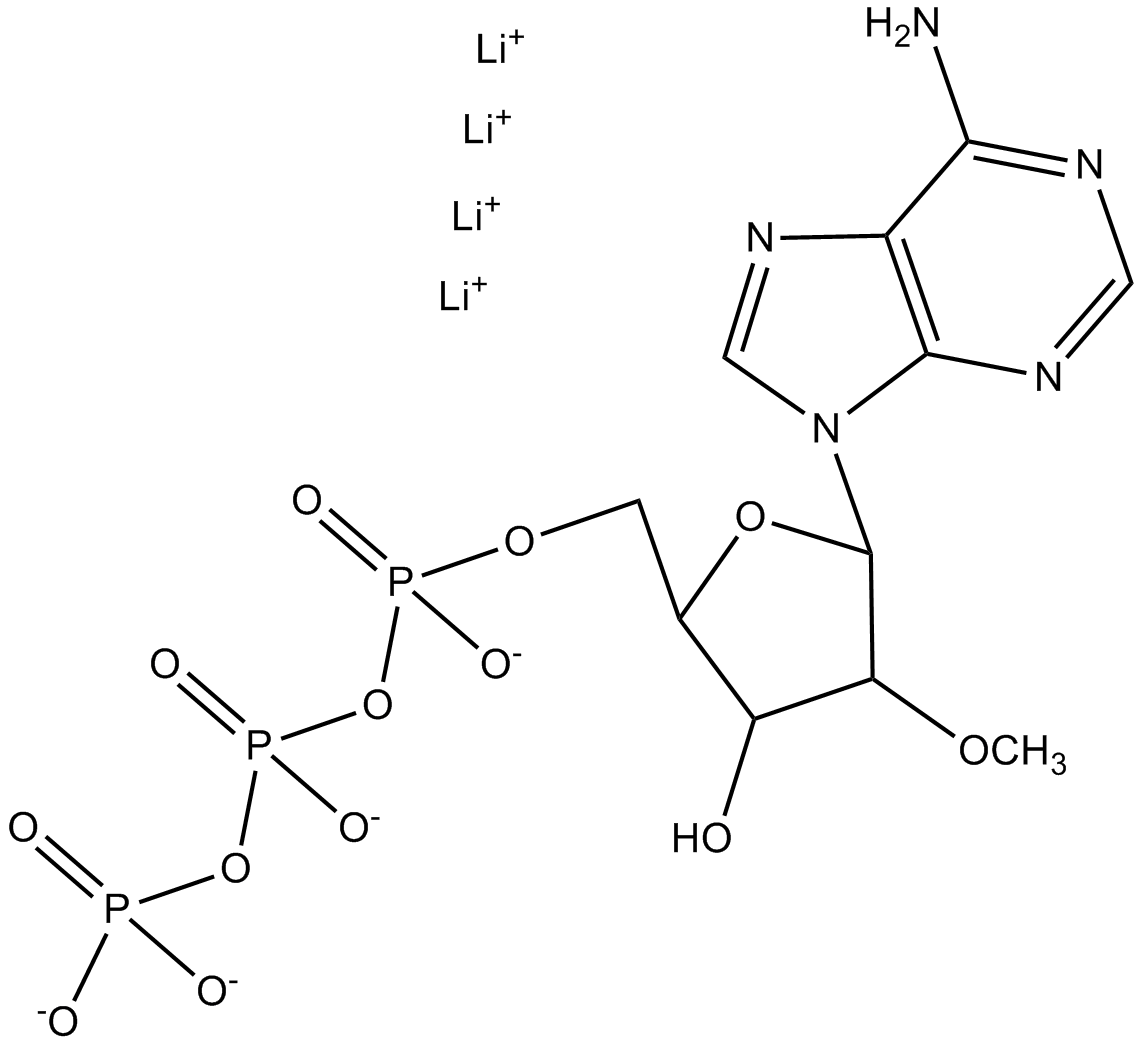
-
GB20127
2'-O-Methyl-CTP
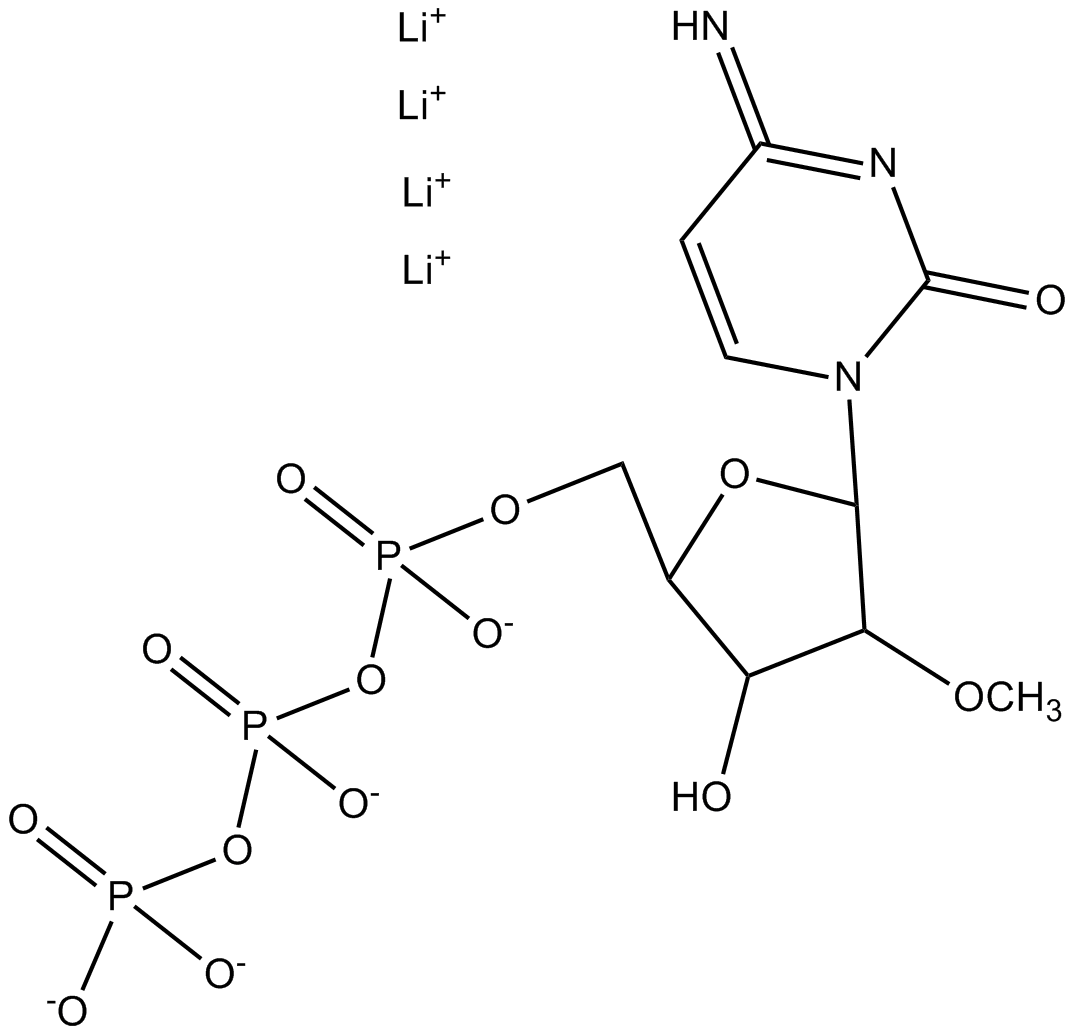
-
GB20124
2'-O-Methyl-GTP
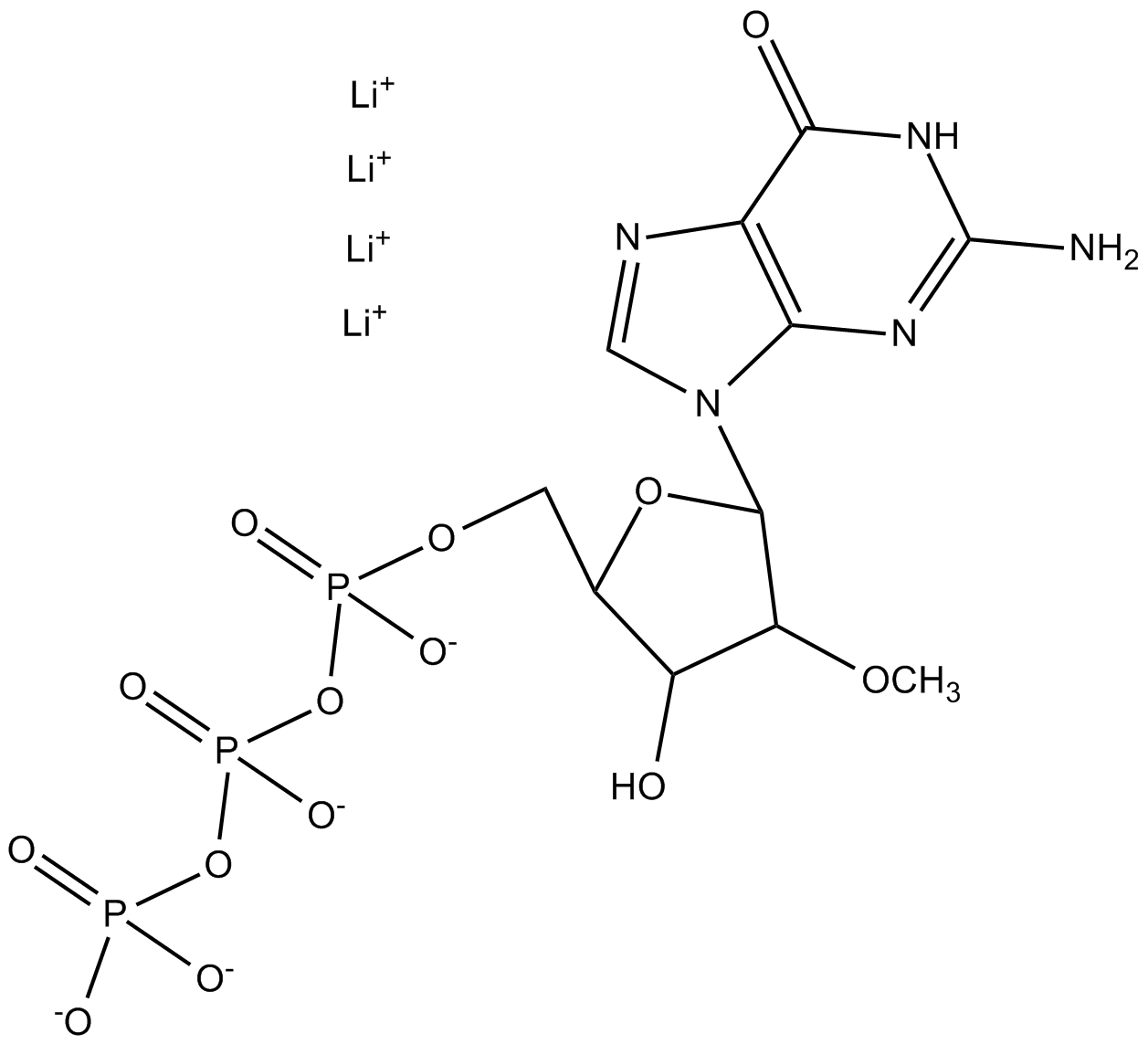
-
GB20152
2'-O-Methyl-N6-Methyl-ATP
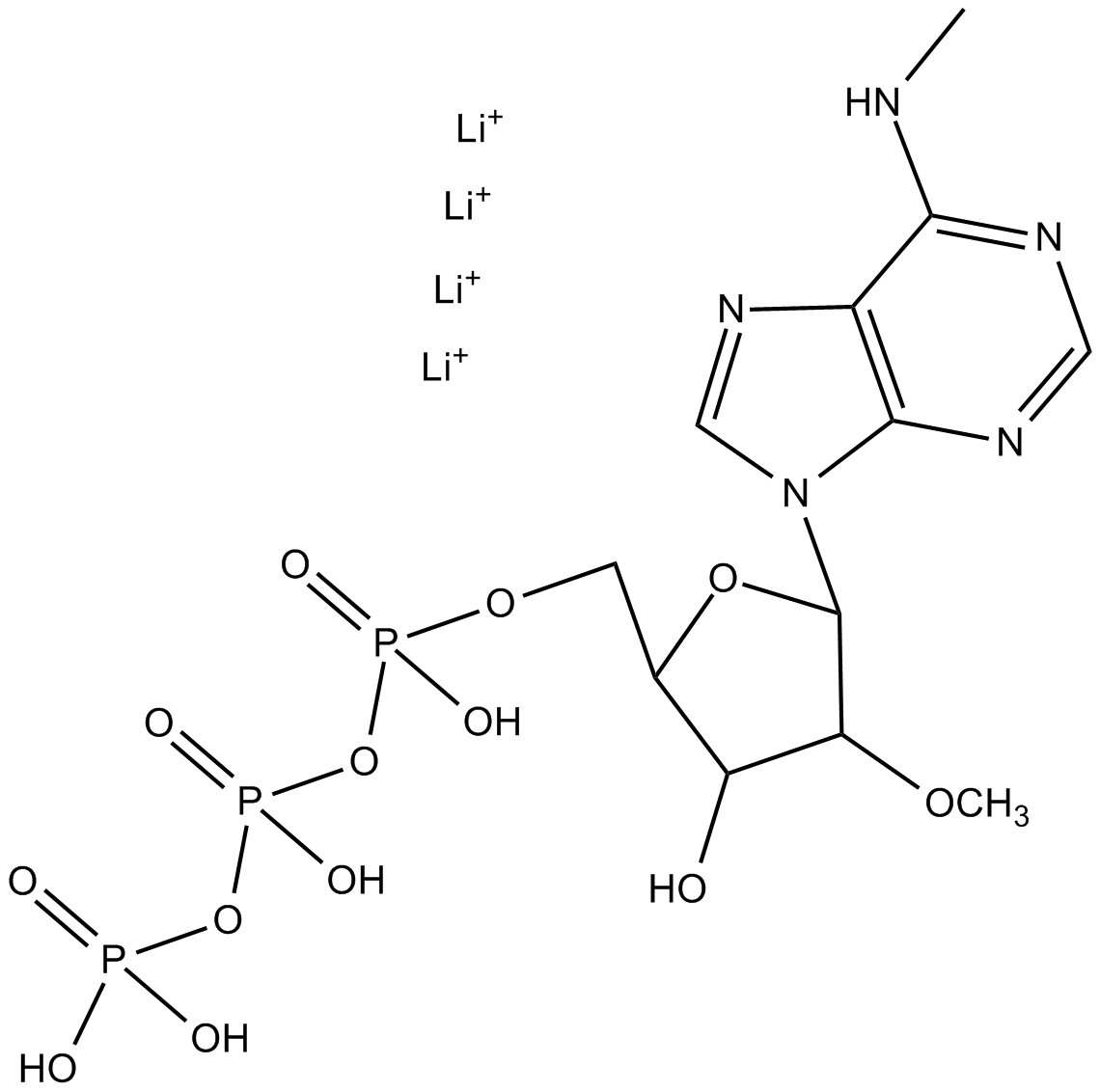
-
GB20121
2'-O-Methyl-UTP
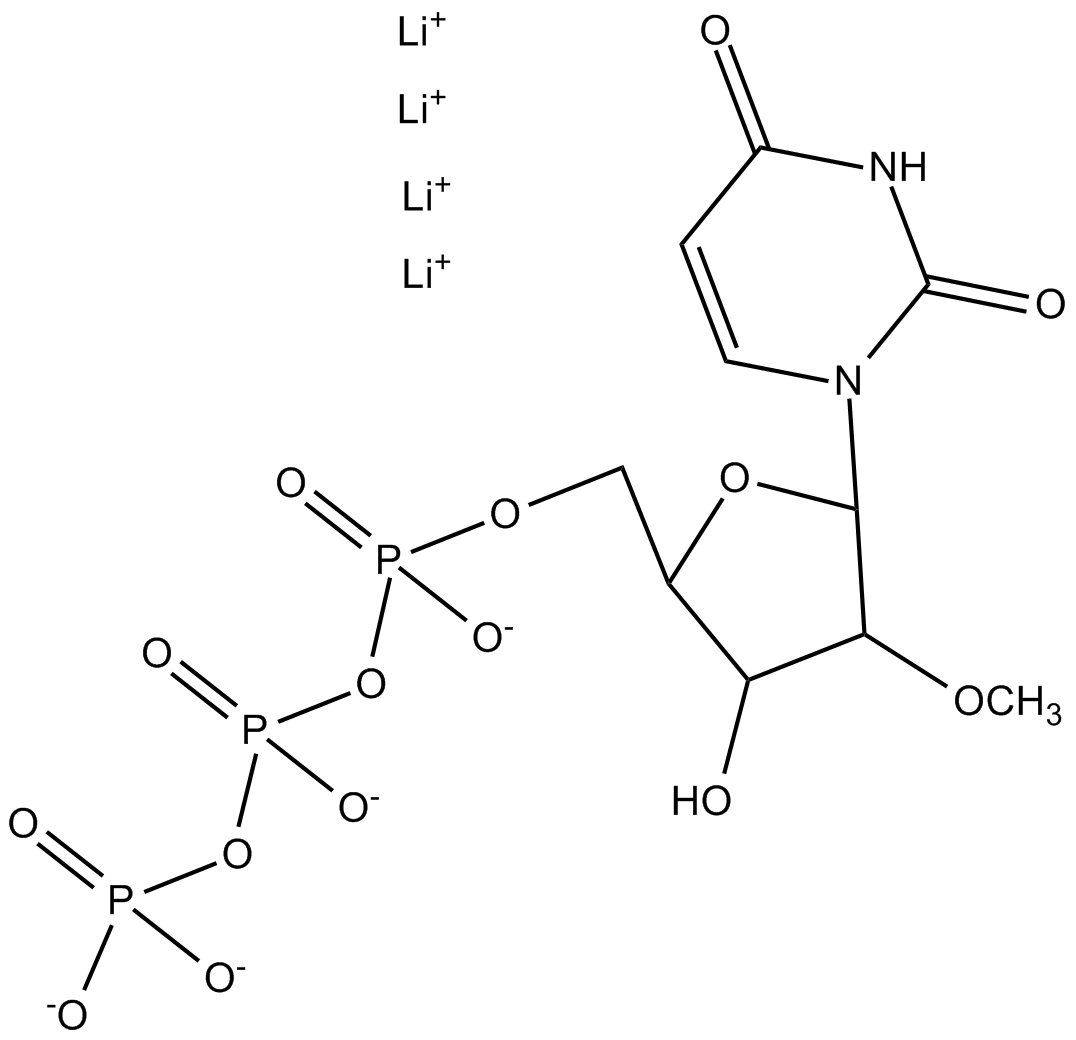
-
GB20115
2'-O-Methylpseudo-UTP
Sugar modified nucleoside triphosphates, increases target affinity and nuclease stability while reducing immune response
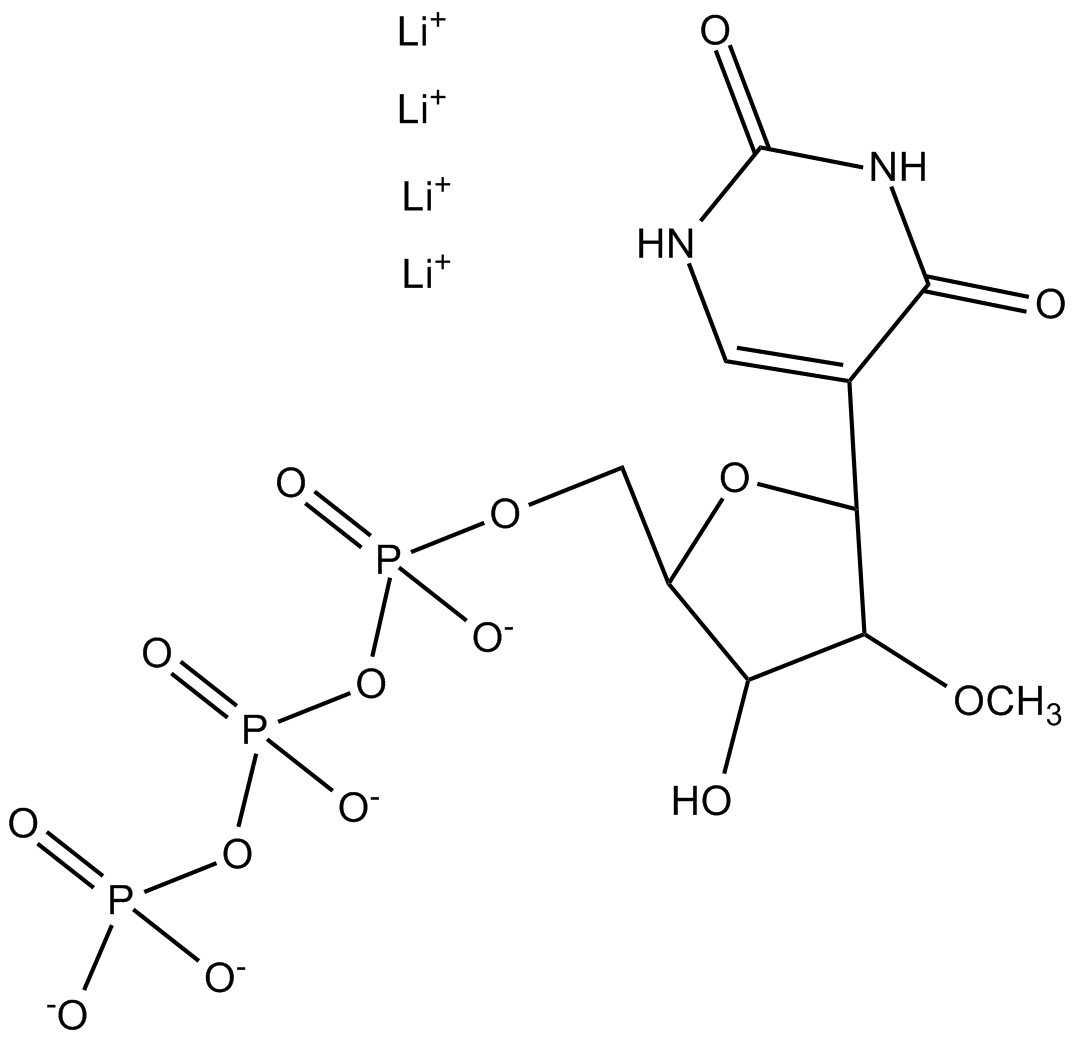
-
GB20148
2-Amino-ATP
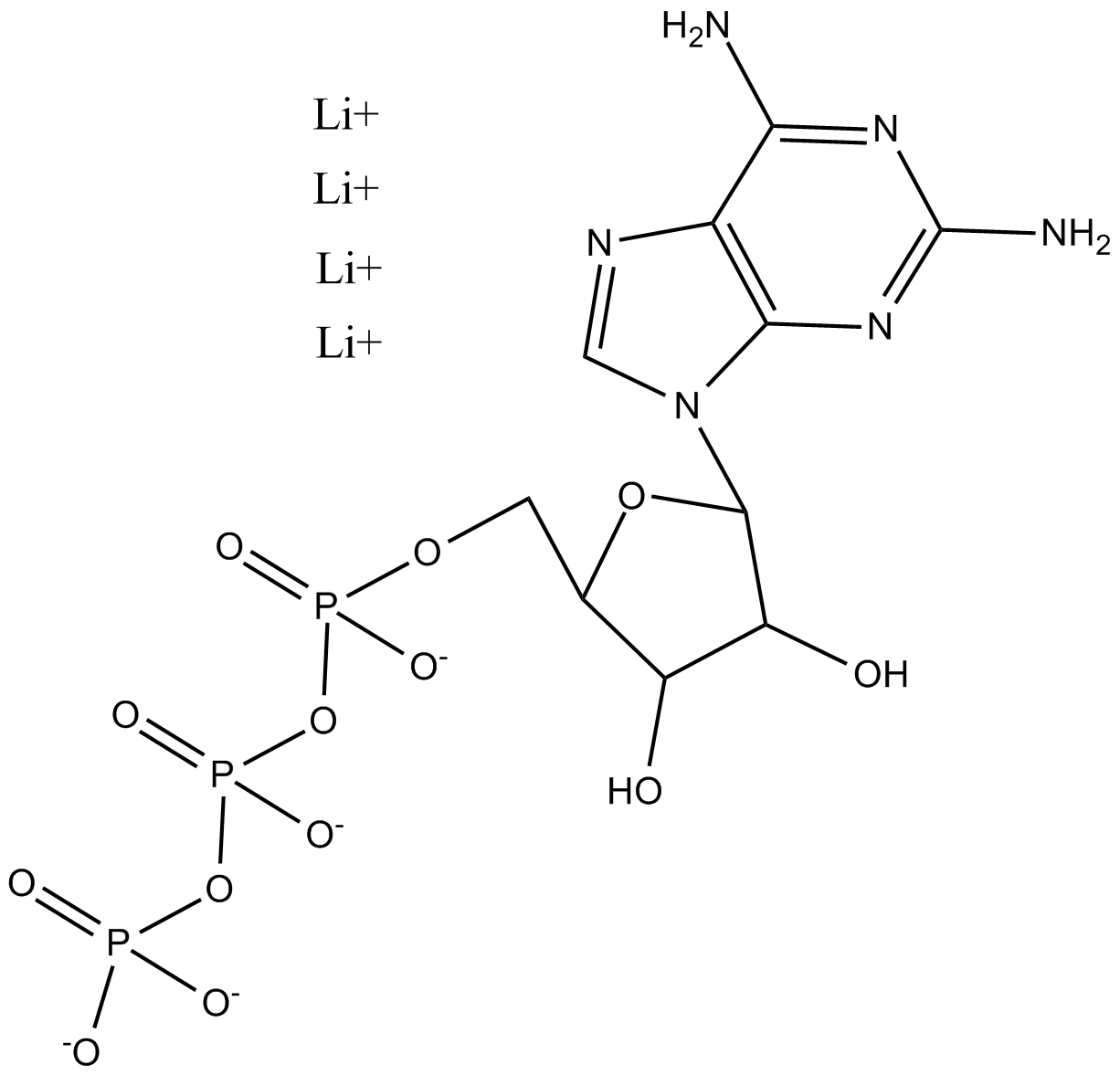
-
GB20129
2-Thio-CTP
Base modified ribonucleoside triphosphates.
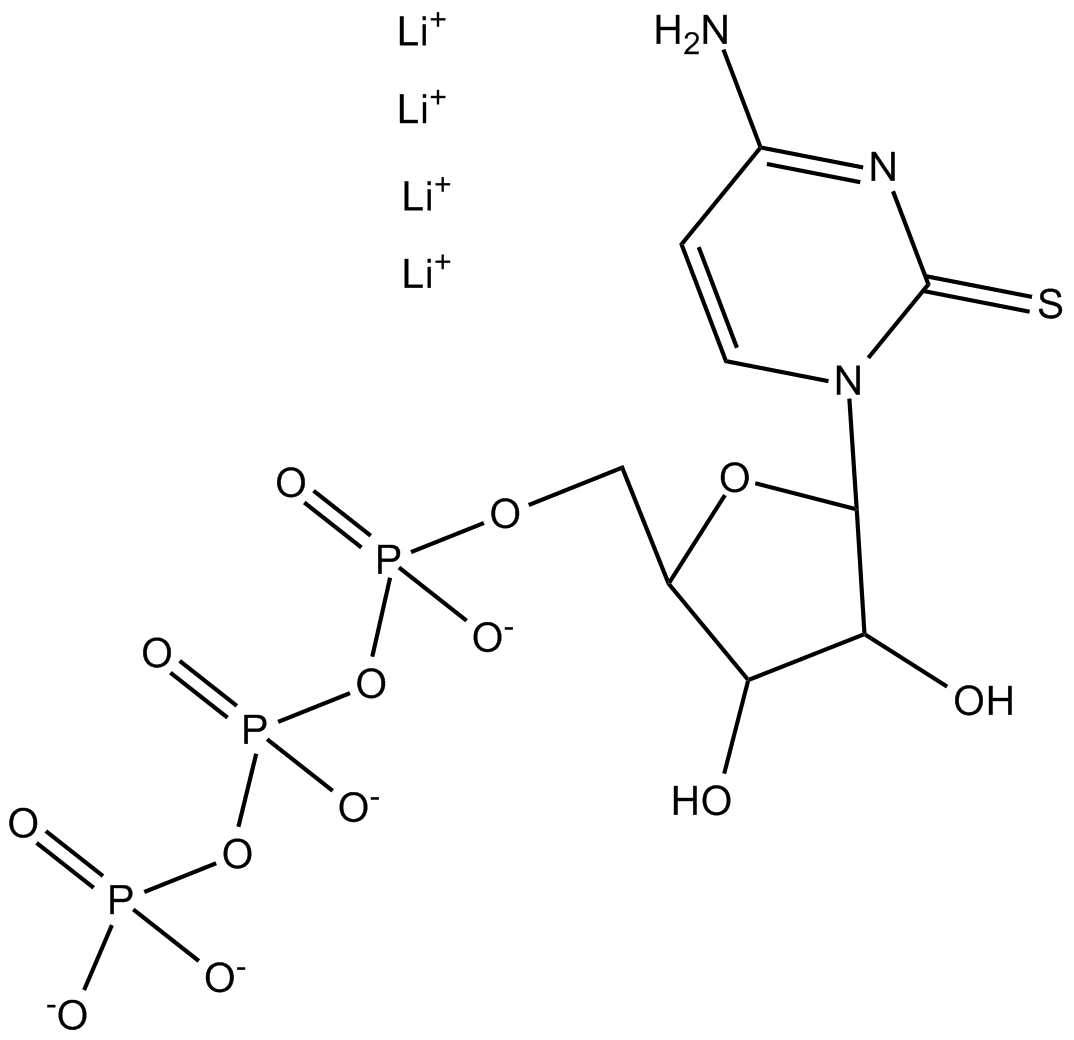
-
GB20143
2-Thio-UTP
Base modified ribonucleoside triphosphates. RNAs prepared from 2-Thio-UTP is less immunogenic as compared to unmodified RNA.
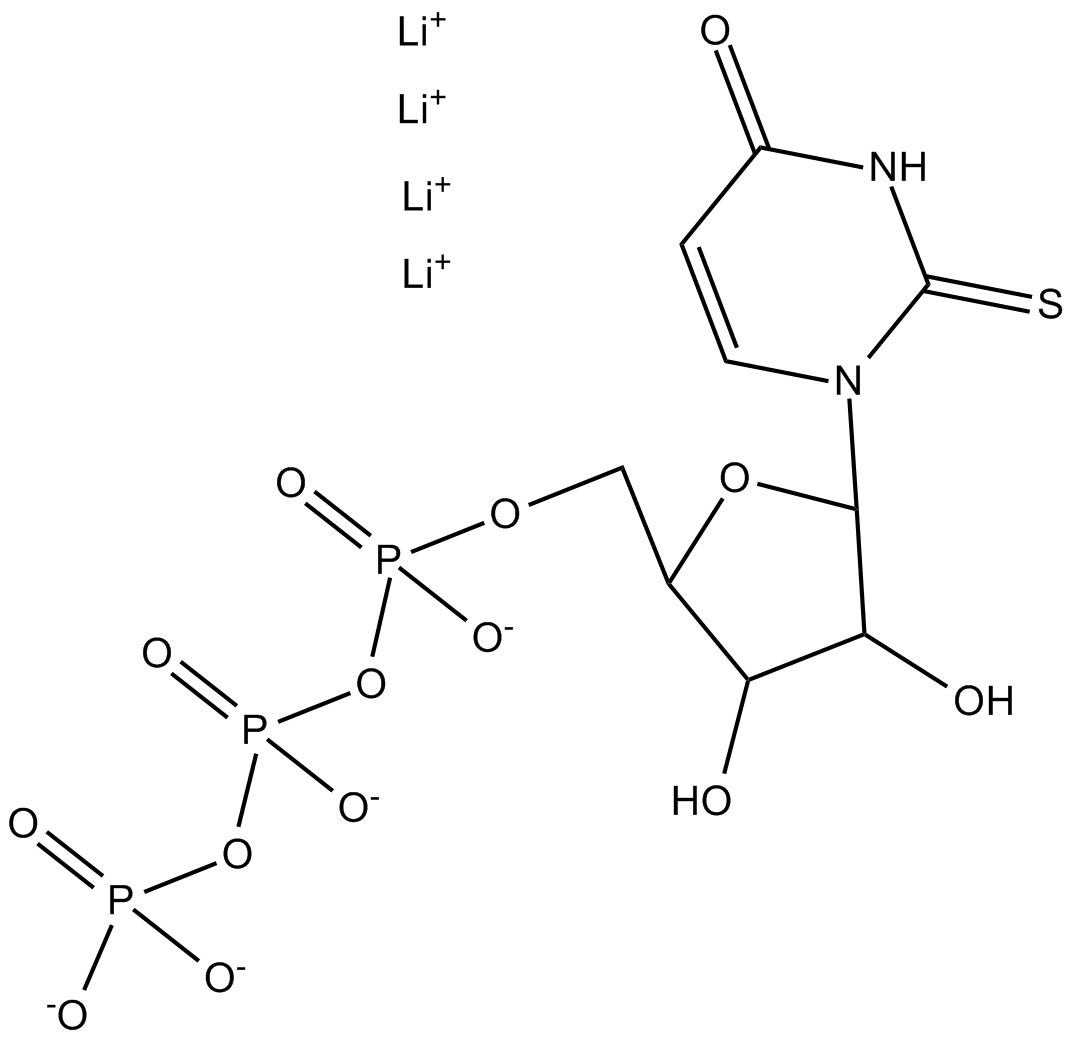
-
GB20099
3'-O-Methyl-ATP
Sugar modified nucleoside triphosphates, used in epigenetics research.
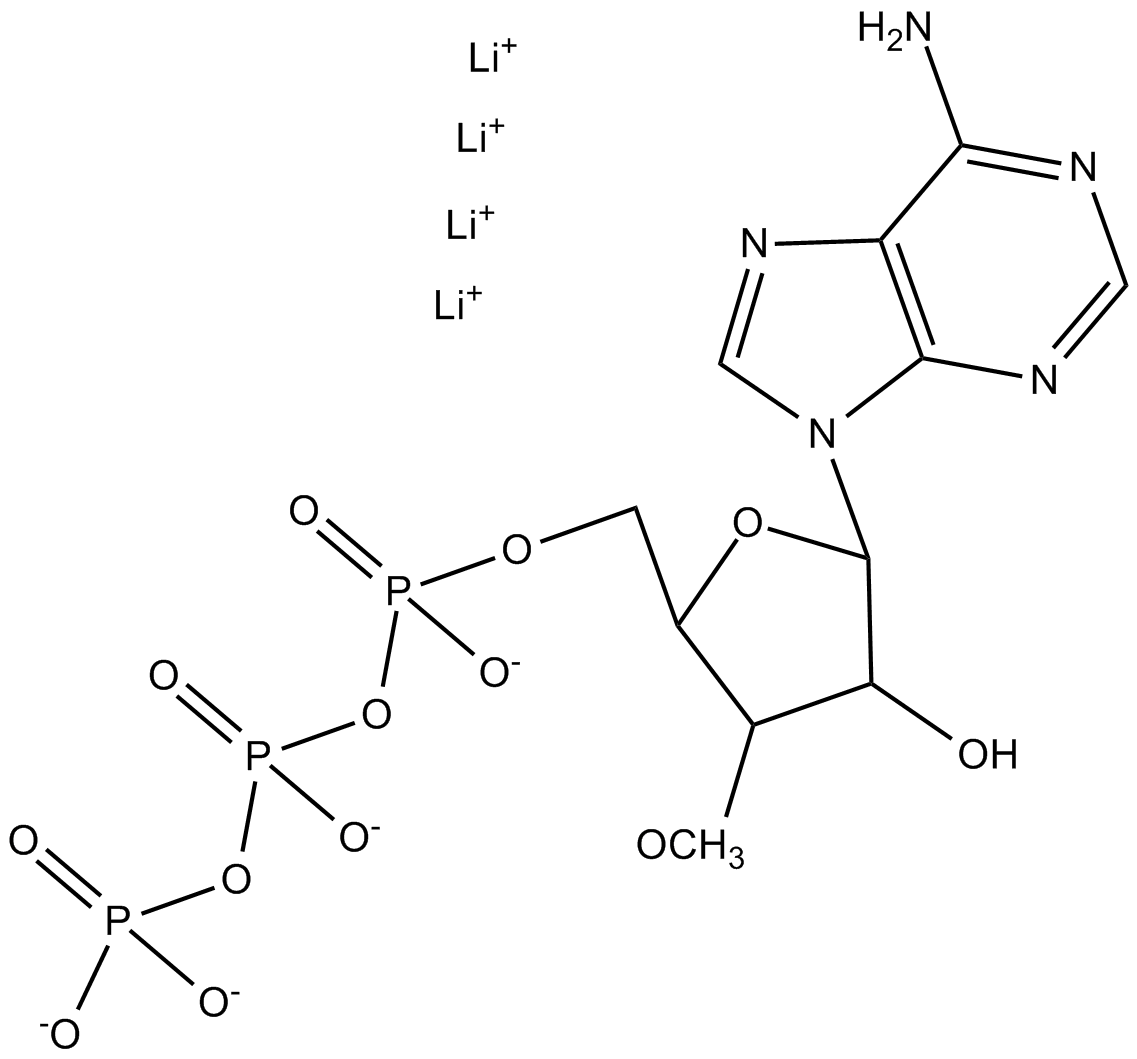
-
GB20098
3'-O-Methyl-CTP
Sugar modified nucleoside triphosphates, used in epigenetics research.
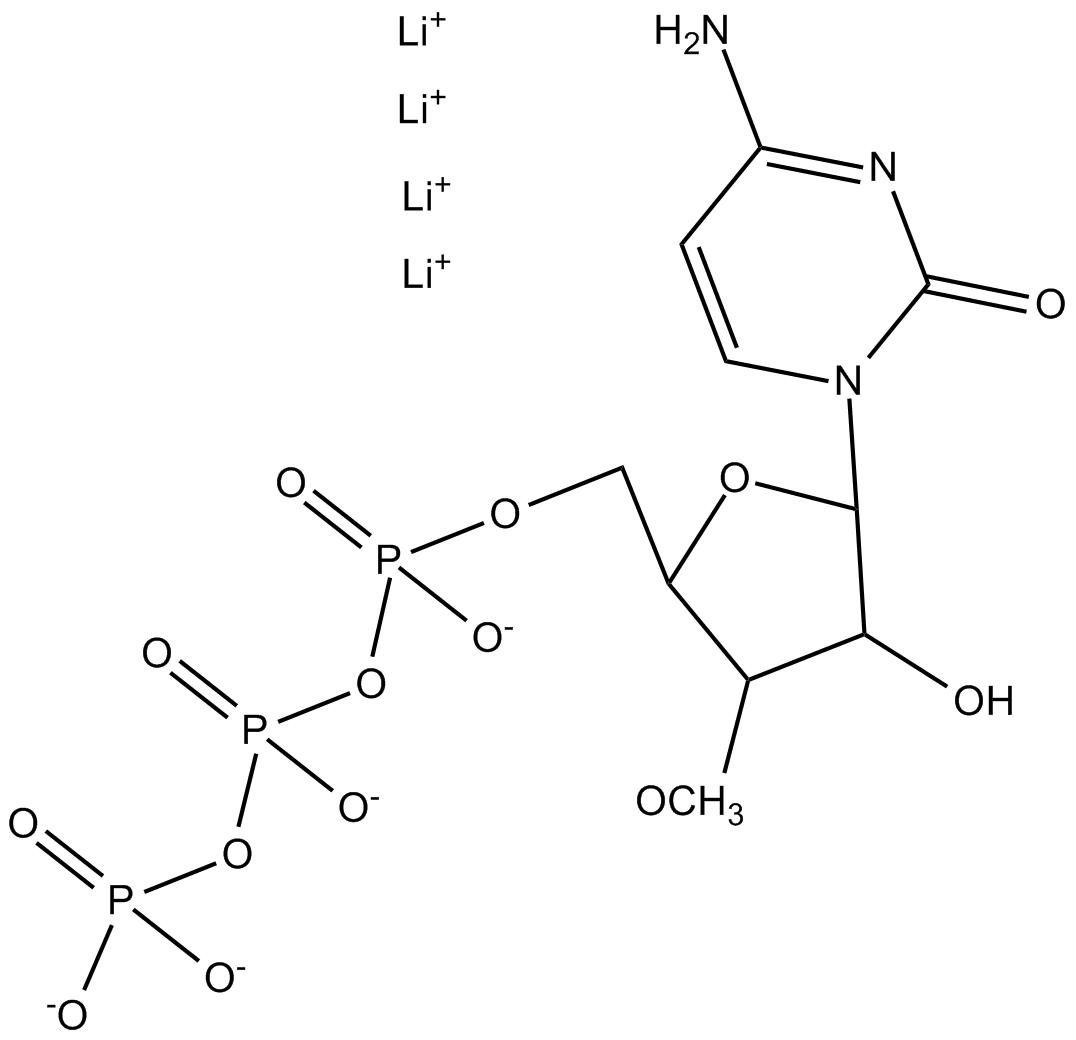
-
GB20097
3'-O-Methyl-GTP
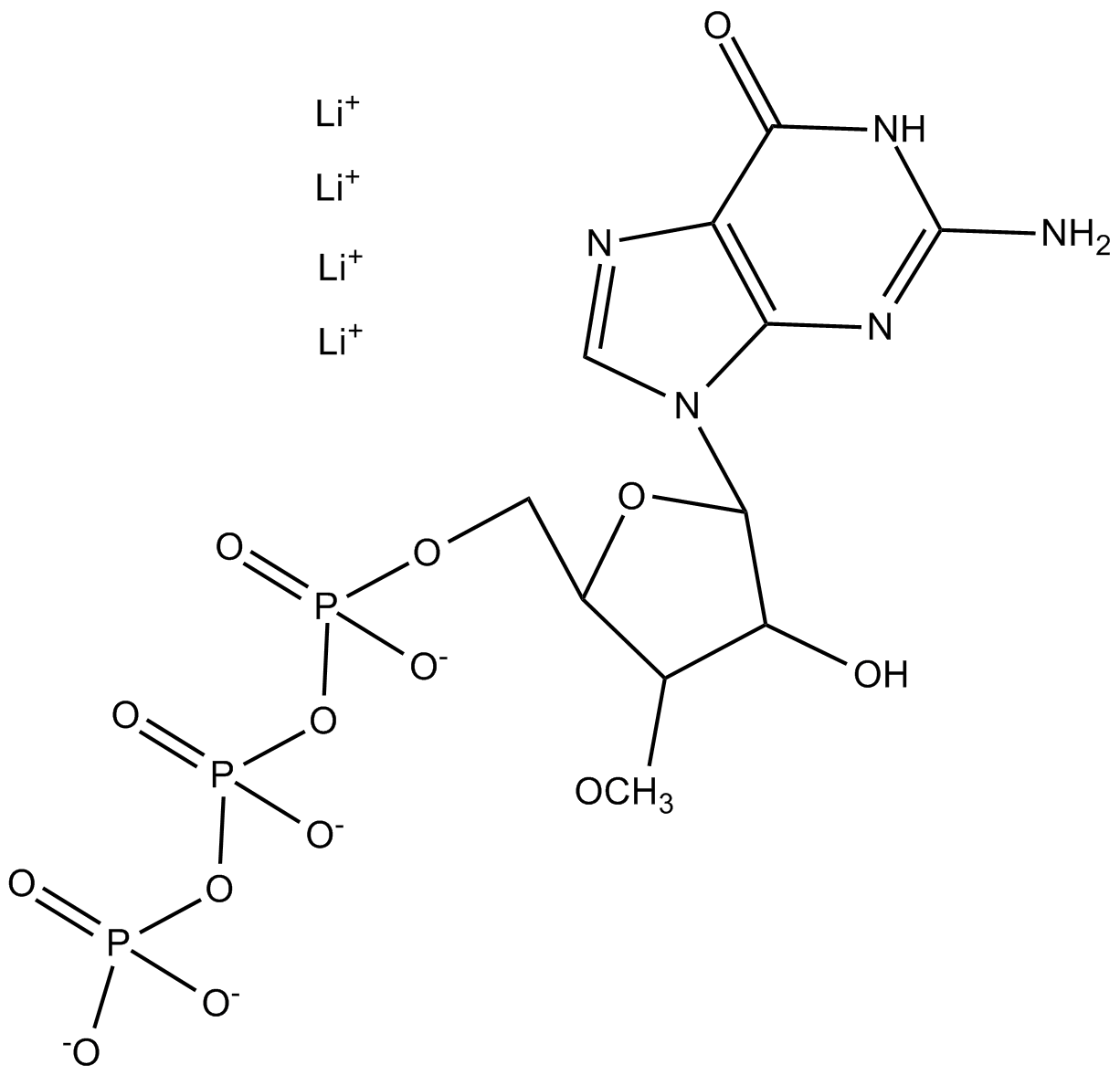
-
GB20096
3'-O-Methyl-UTP
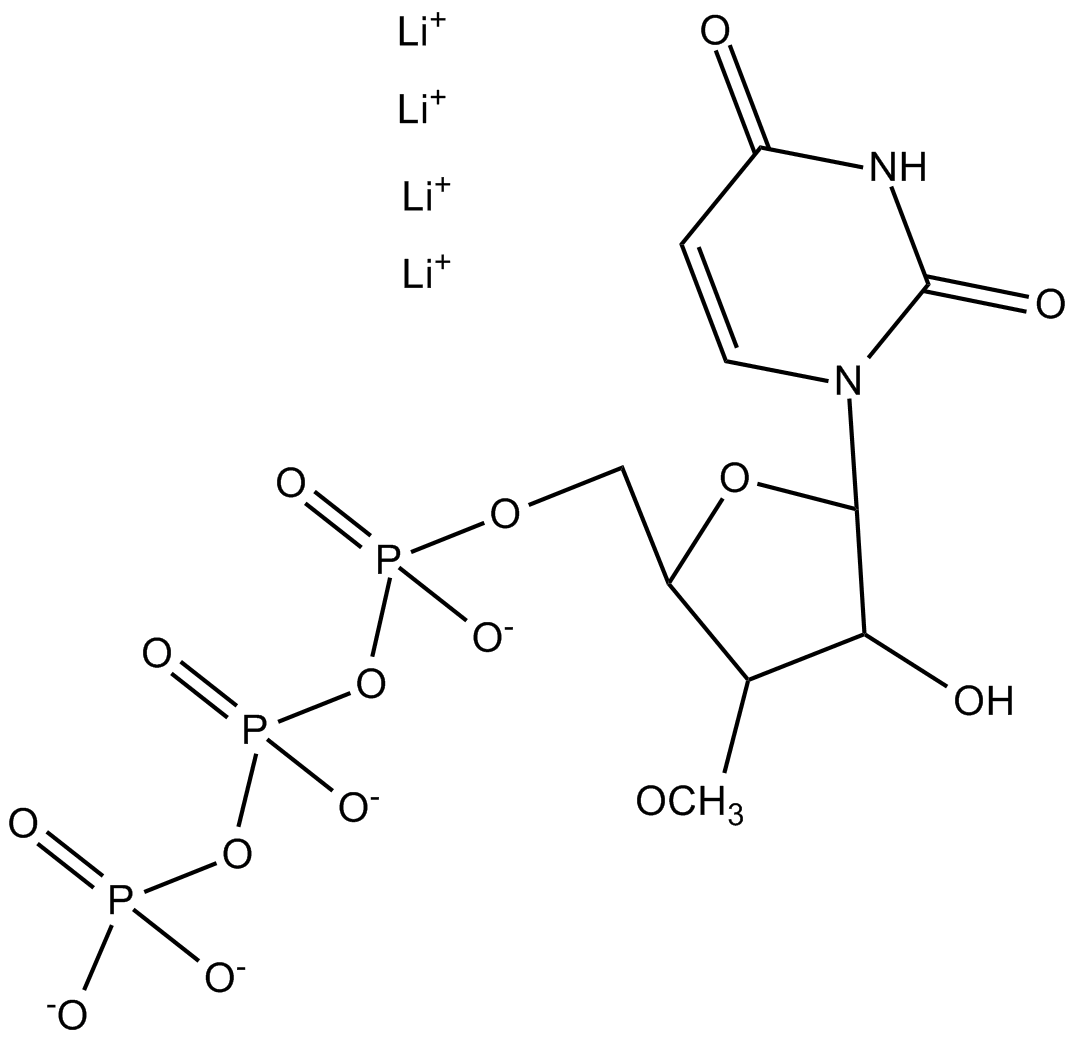
-
GB20114
4-Thio-UTP
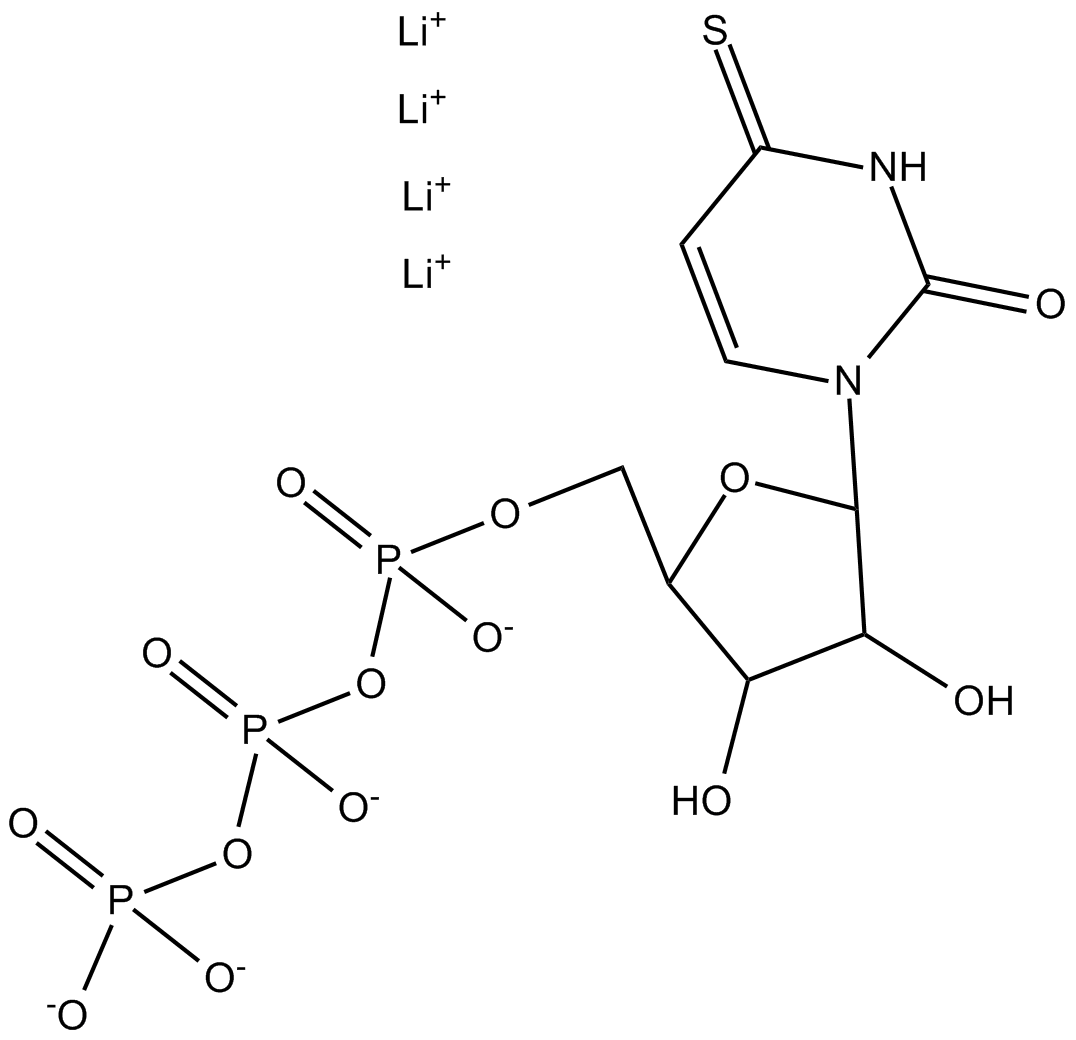
-
GB20160
5,6-Dihydro-5-Me-UTP
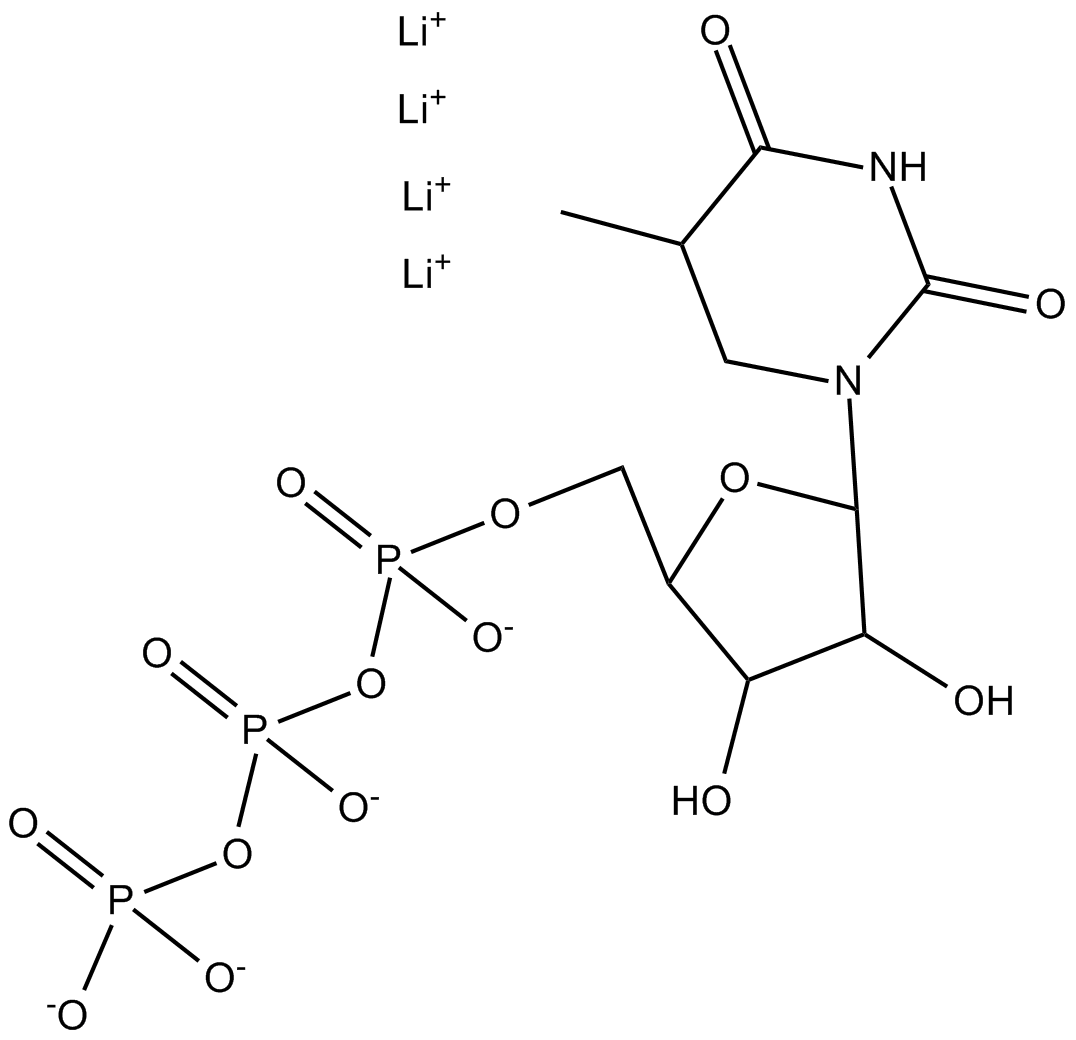
-
GB20132
5,6-Dihydro-UTP
Base modified ribonucleoside triphosphates, used as acceptor substrate in dinucleoside polyphosphate synthesis.
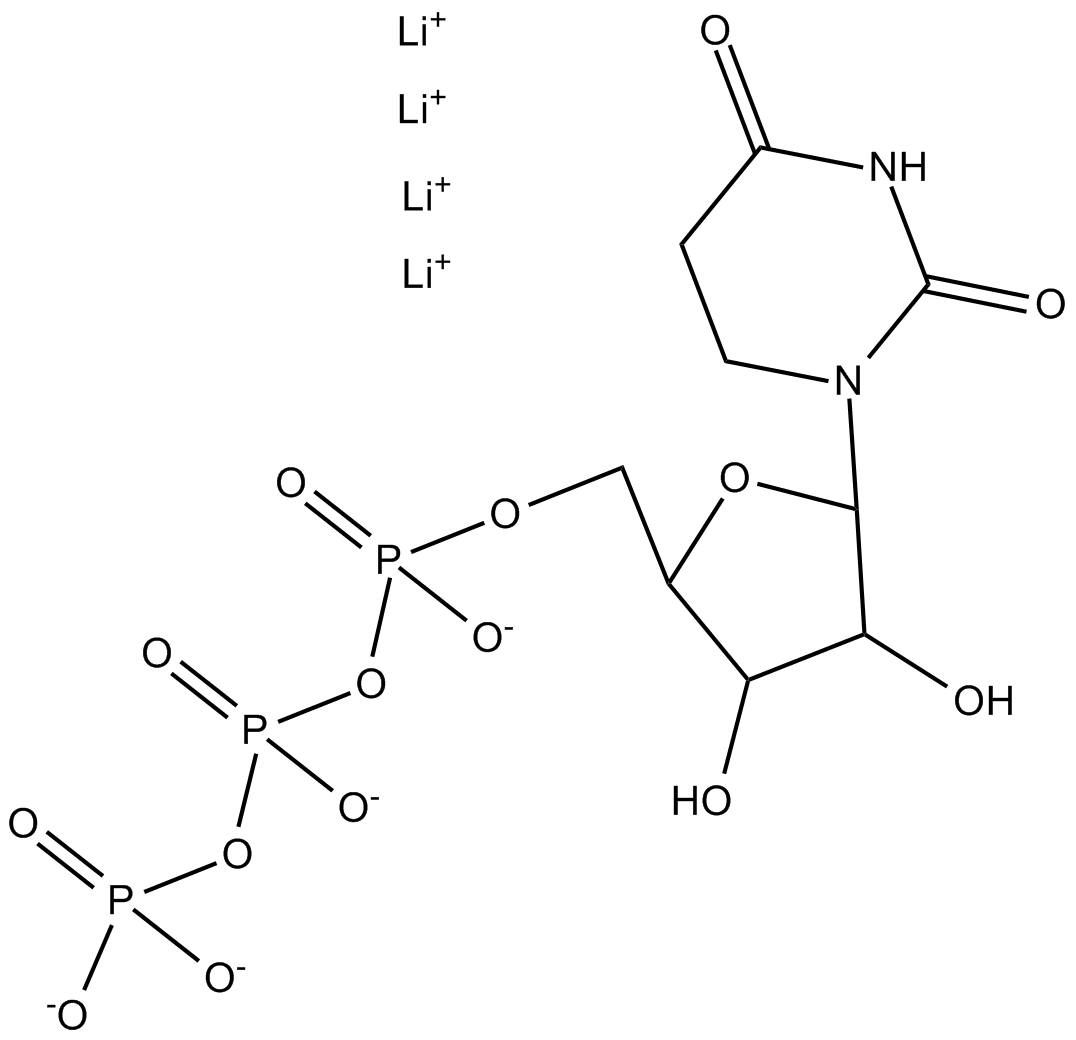
-
GB20103
5-Br-CTP
Base modified ribonucleoside triphosphates, used in SELEX technique, provides thermal stability and nuclease resistance to aptamers.
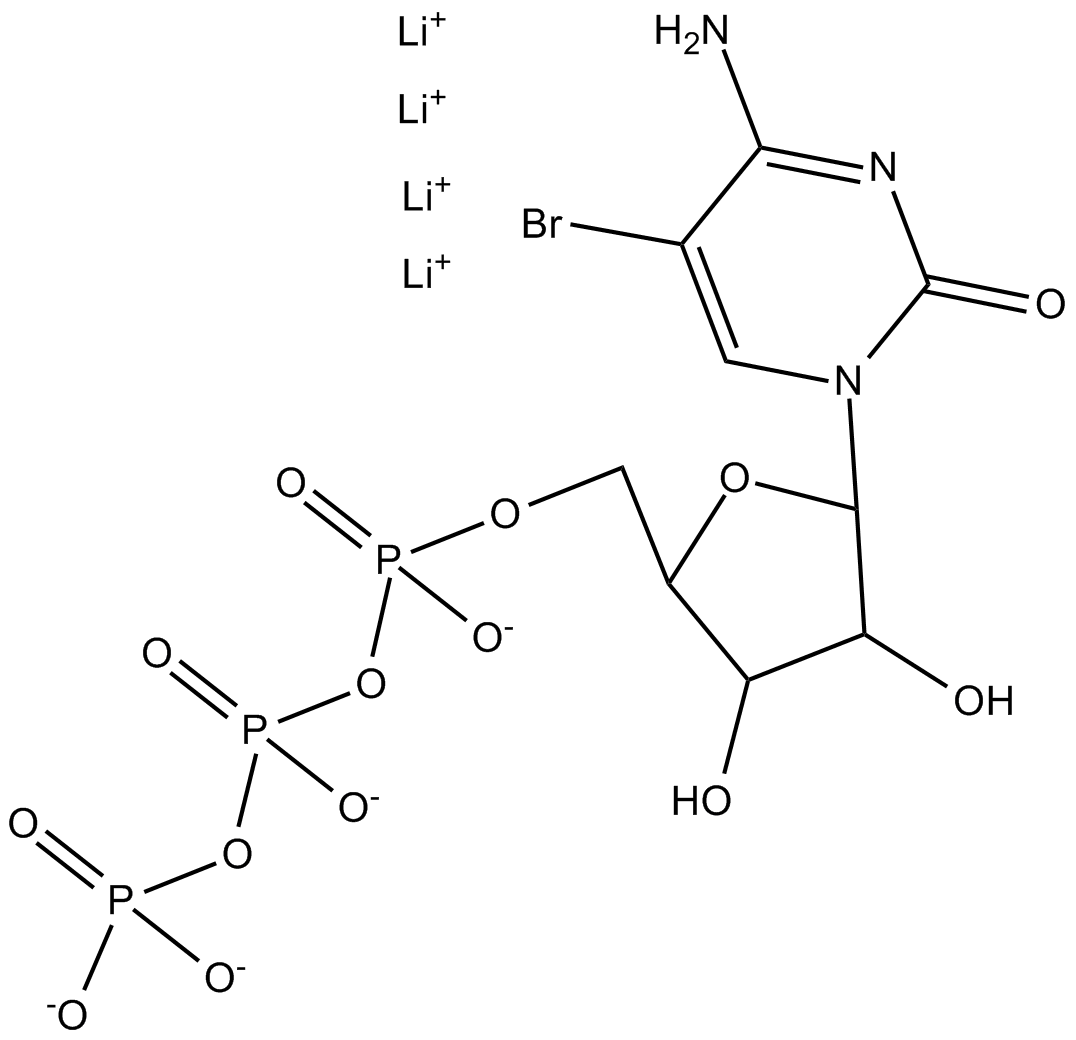
-
GB20102
5-Br-UTP
Base modified ribonucleoside triphosphates, used in SELEX technique, provides thermal stability and nuclease resistance to aptamers.
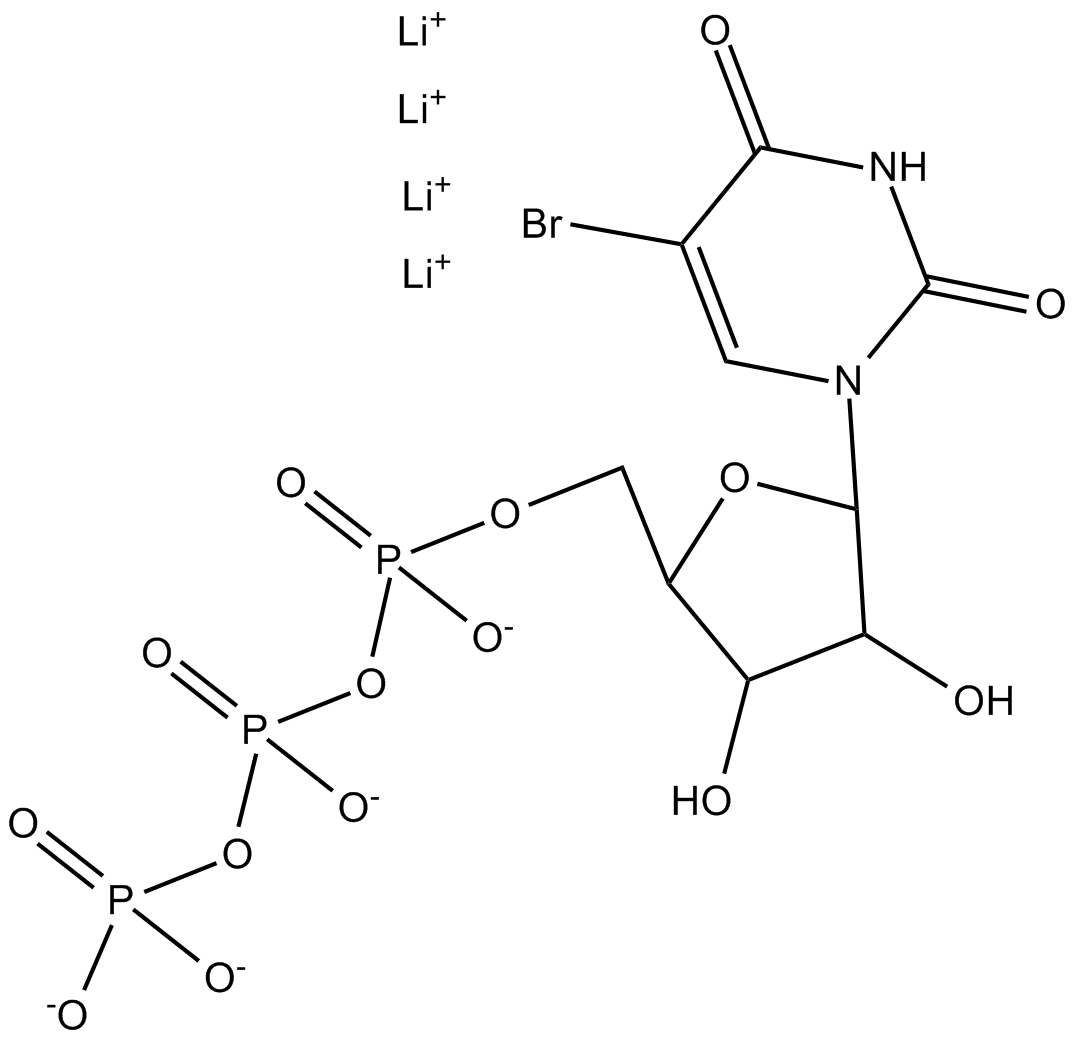
-
GB20151
5-Carboxy-UTP
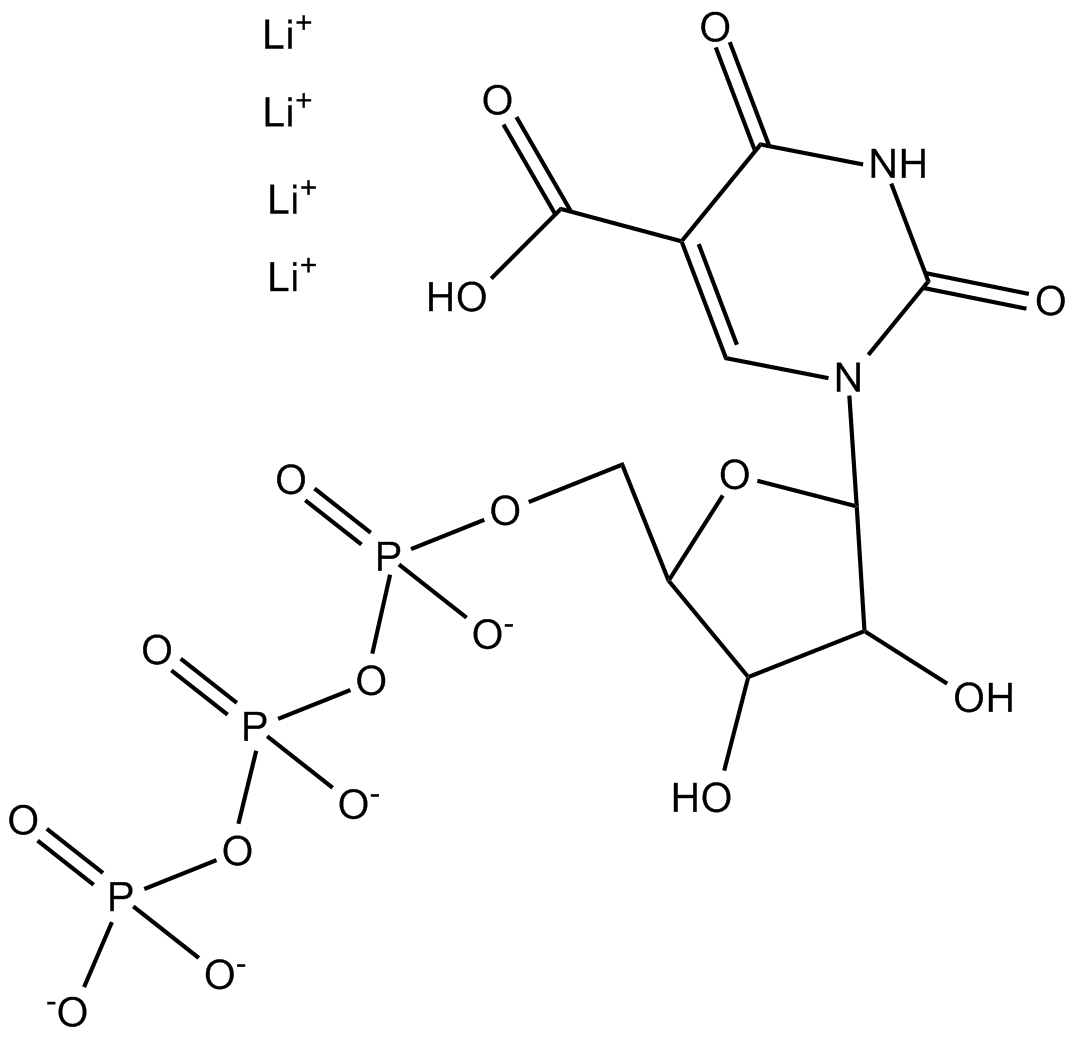
-
GB20134
5-Carboxymethylester-UTP
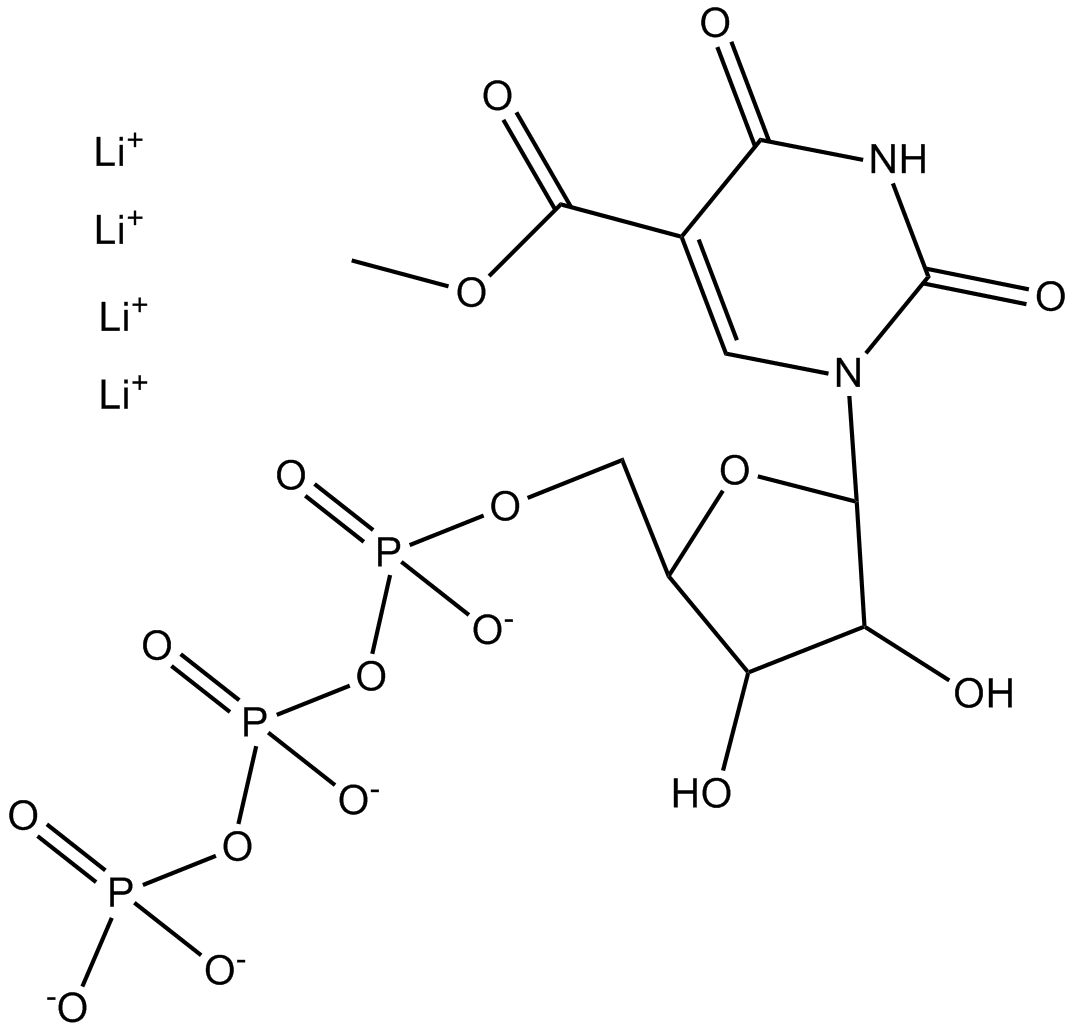
-
GB20153
5-Formyl-UTP
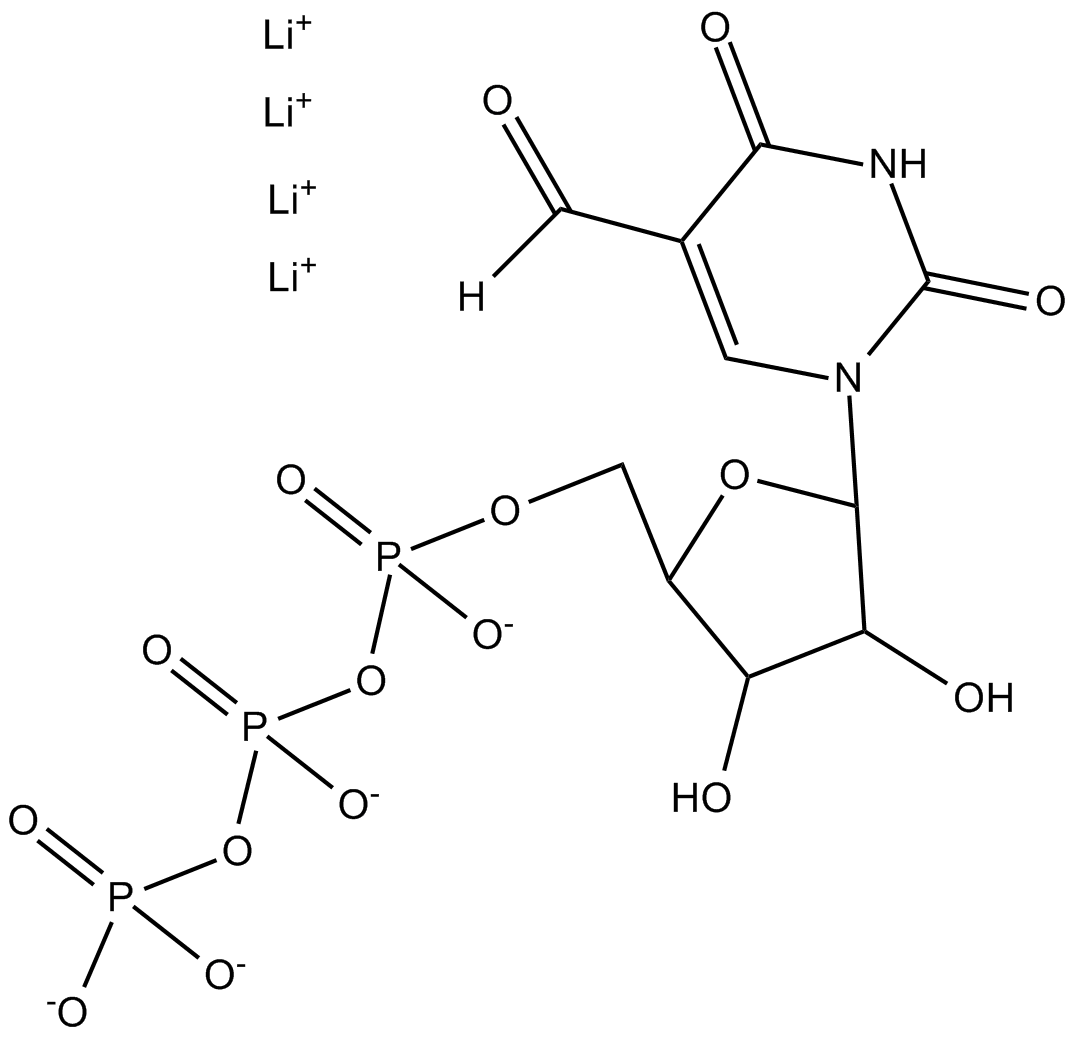
-
GB20158
5-hme-CTP
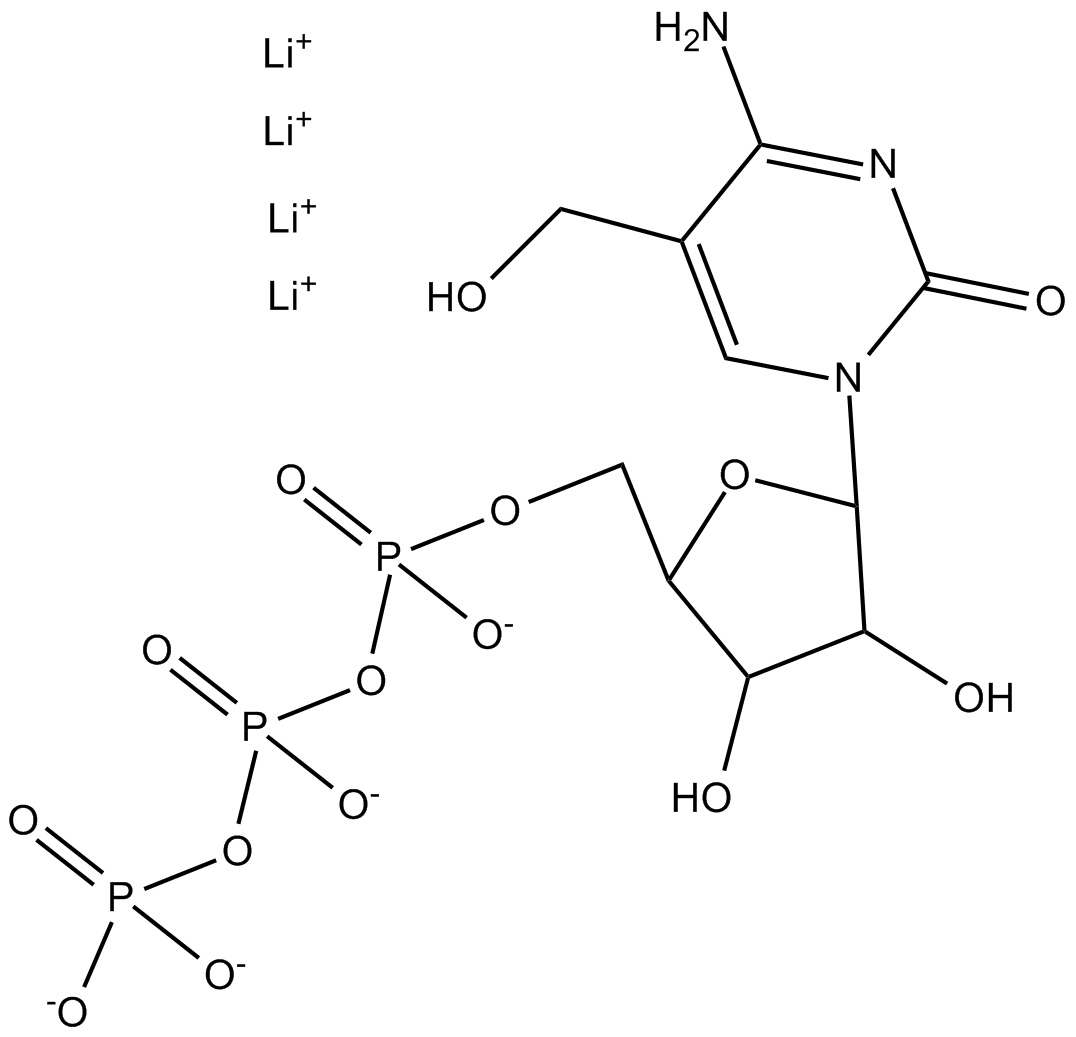
-
GB20159
5-hme-UTP
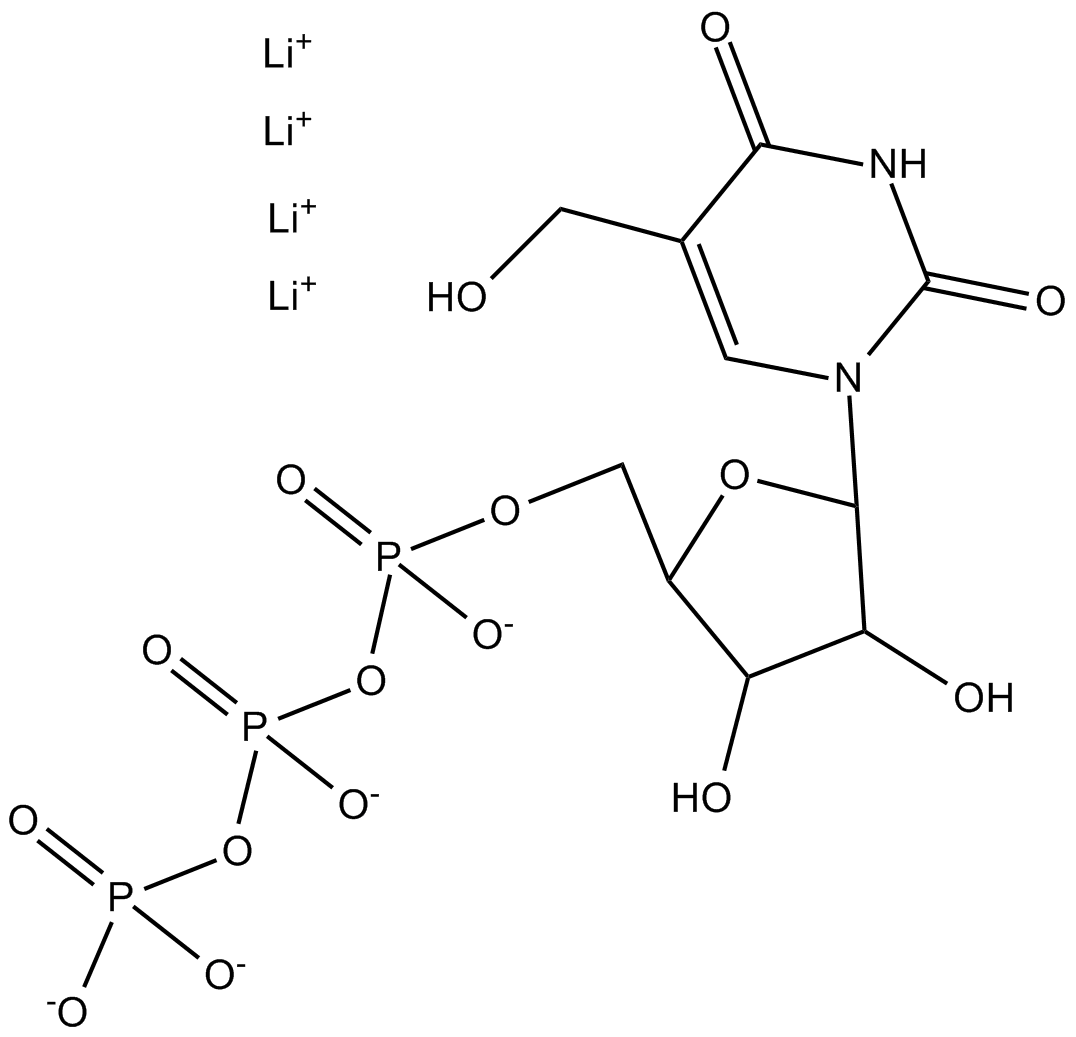
-
GB20155
5-Hydroxy-CTP
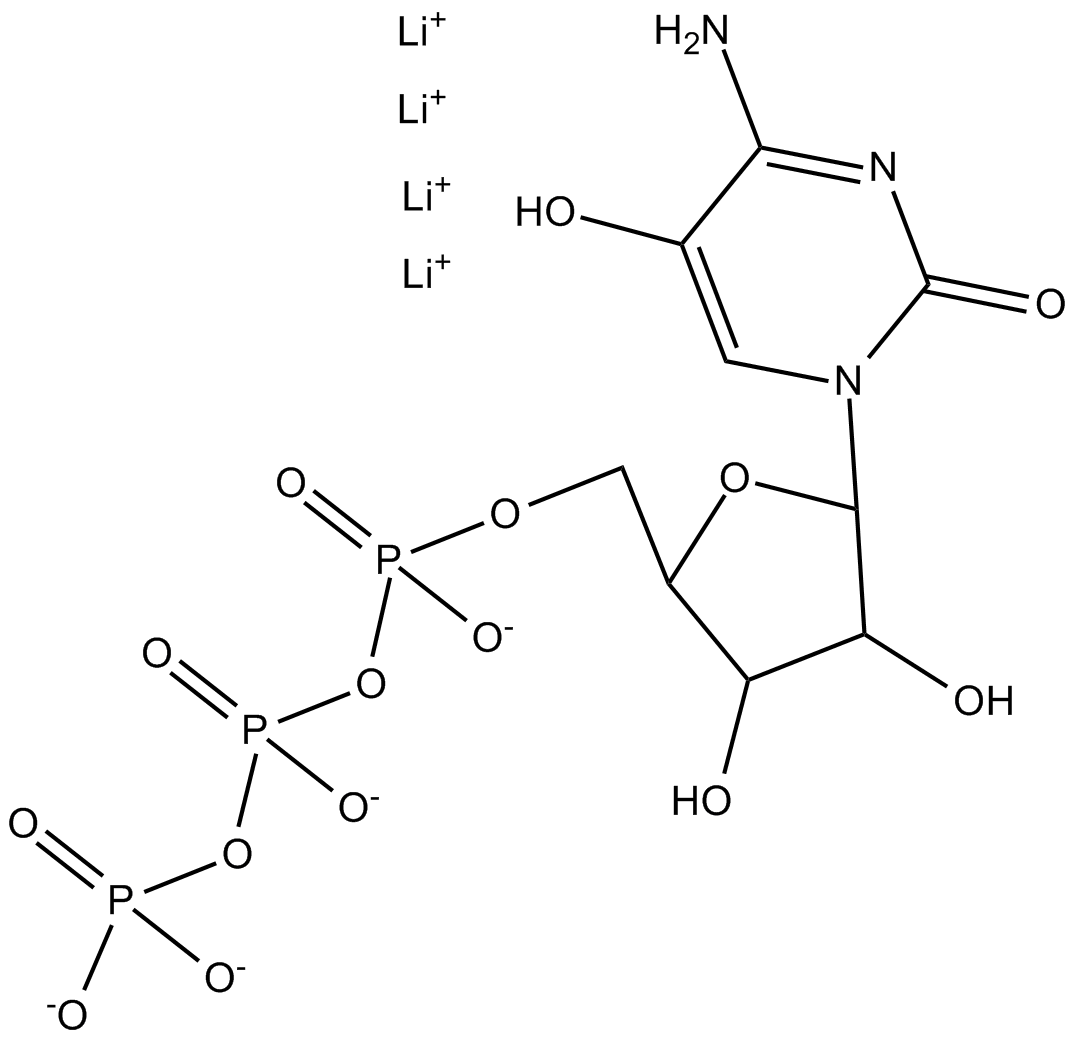
-
GB20149
5-Hydroxy-UTP
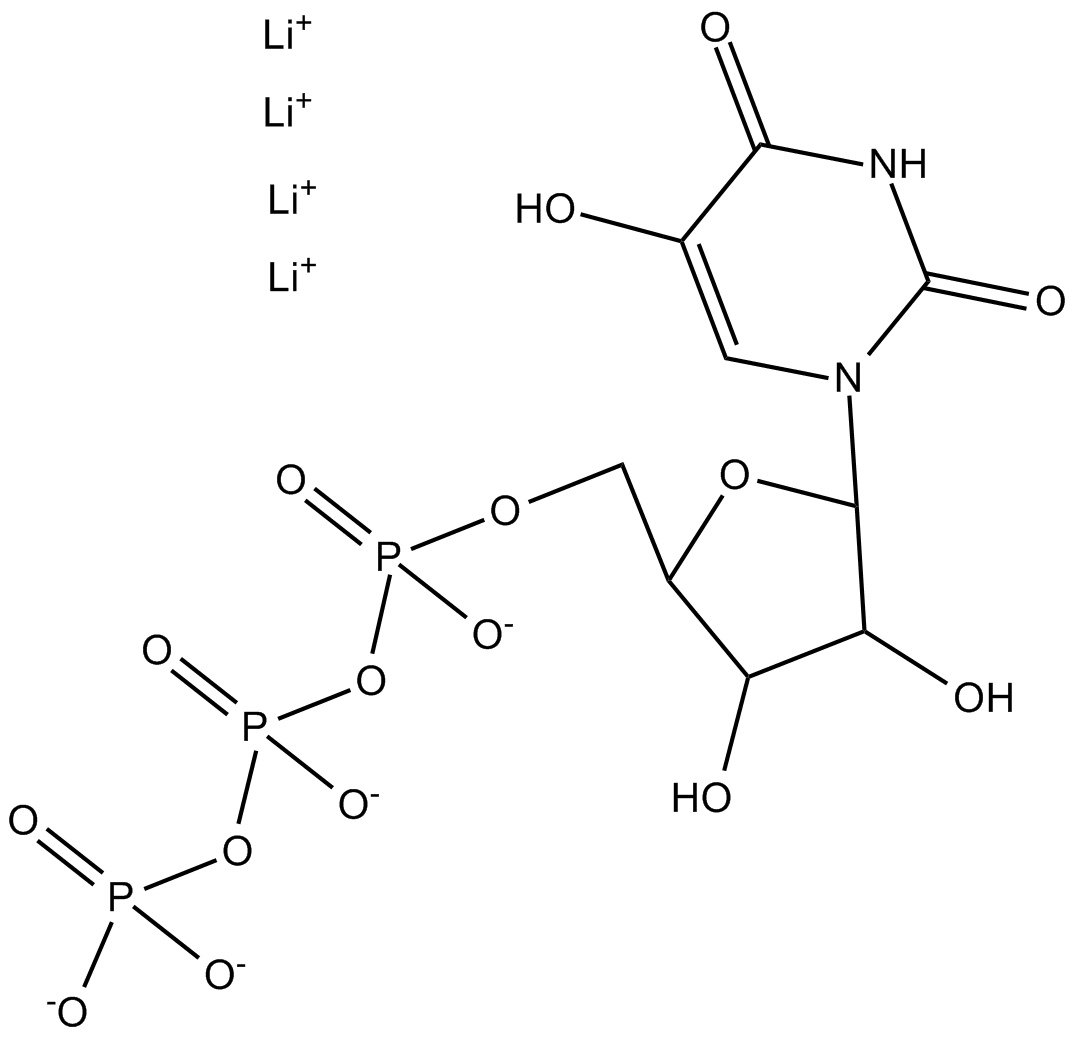
-
GB20141
5-Iodo-CTP
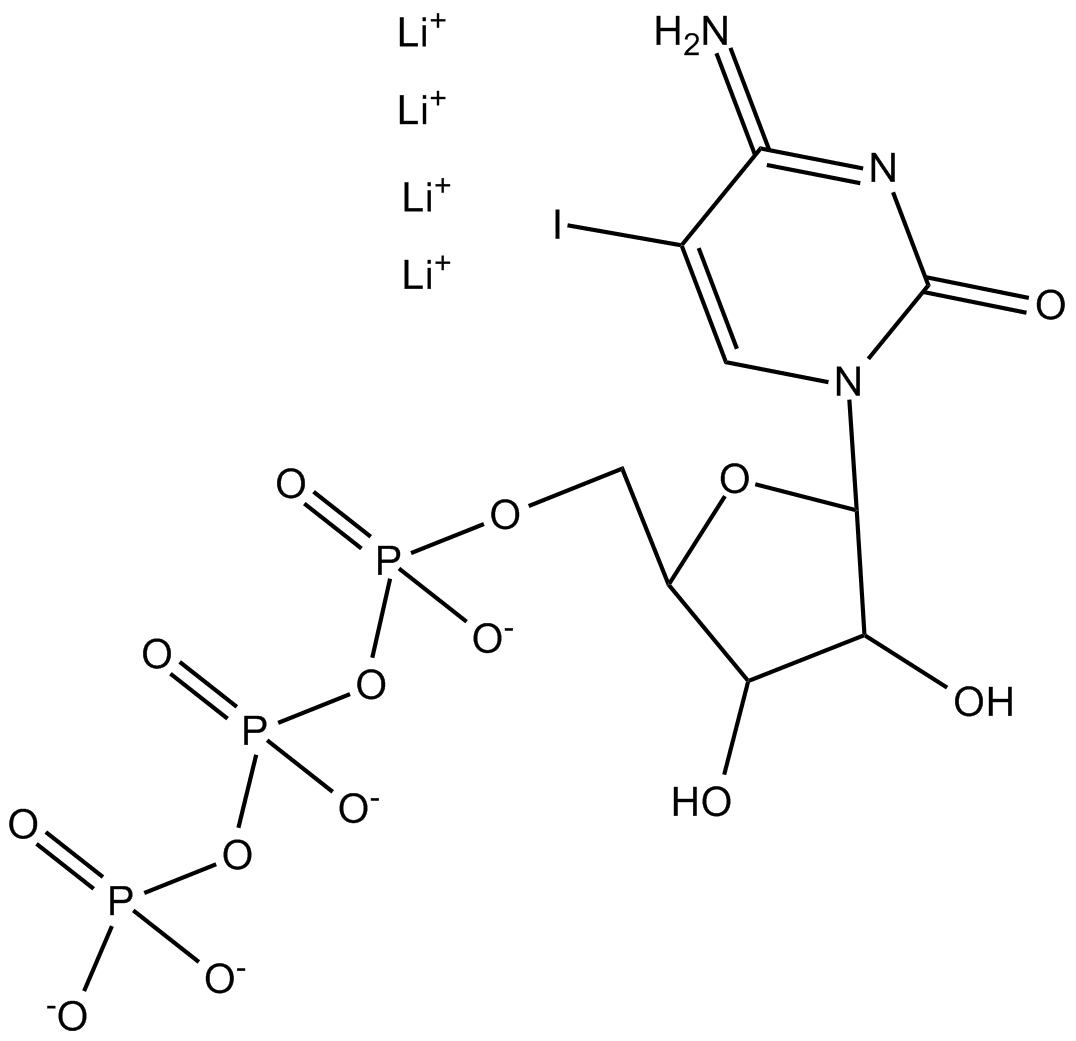
-
GB20137
5-Iodo-UTP
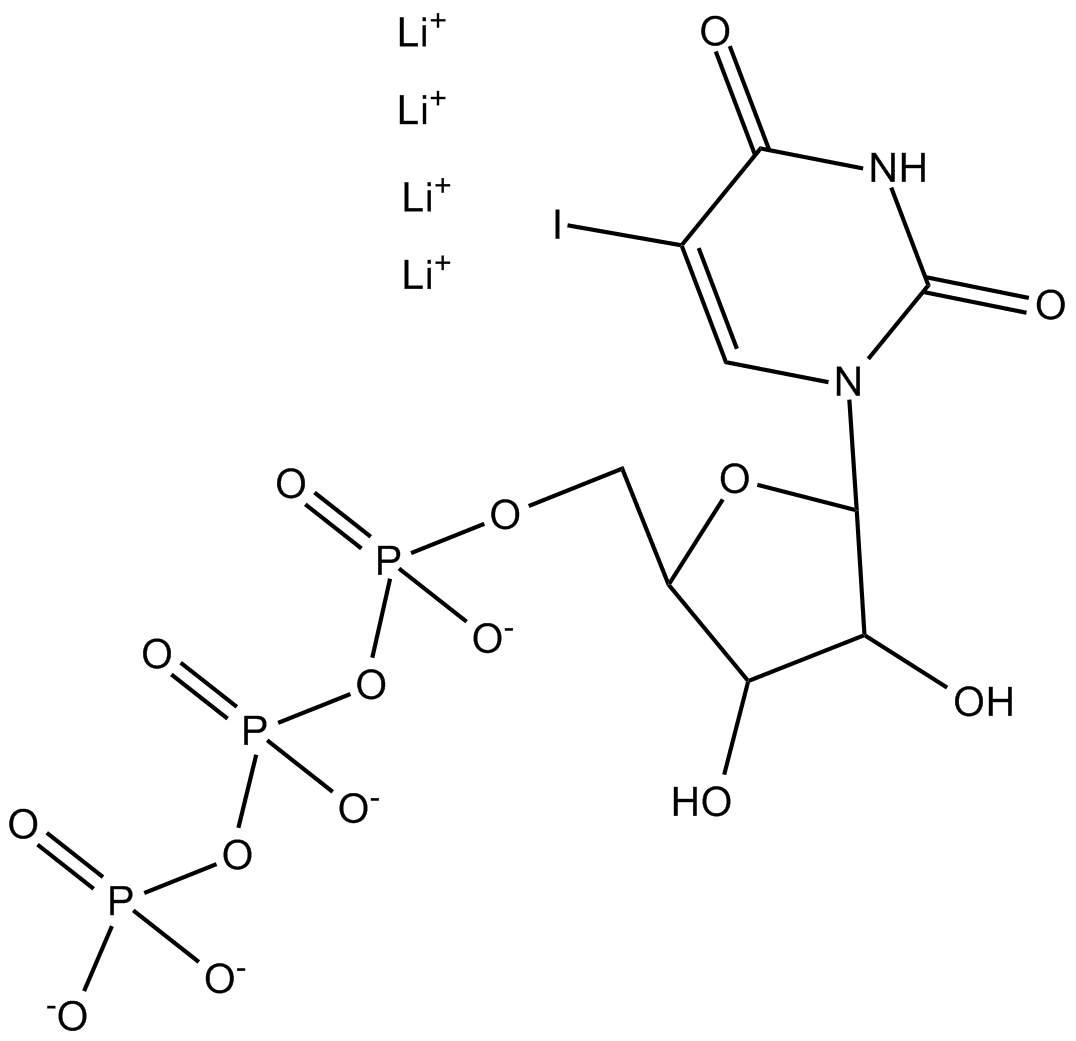
-
GB20142
5-Methoxy-CTP
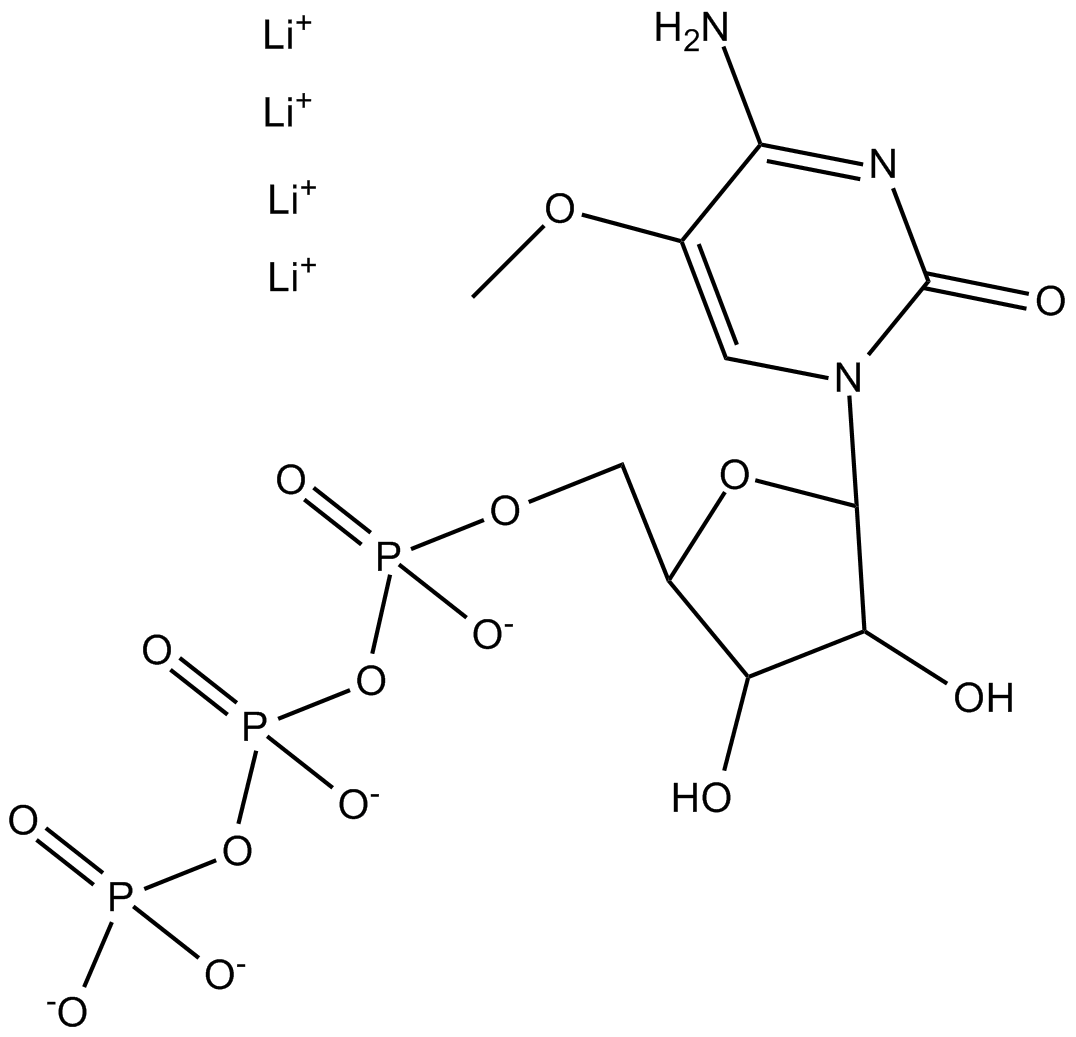
-
GB20146
5-Methoxy-UTP
5-Methoxy-UTP is an analogue of the naturally occurring uridine triphosphate (UTP).
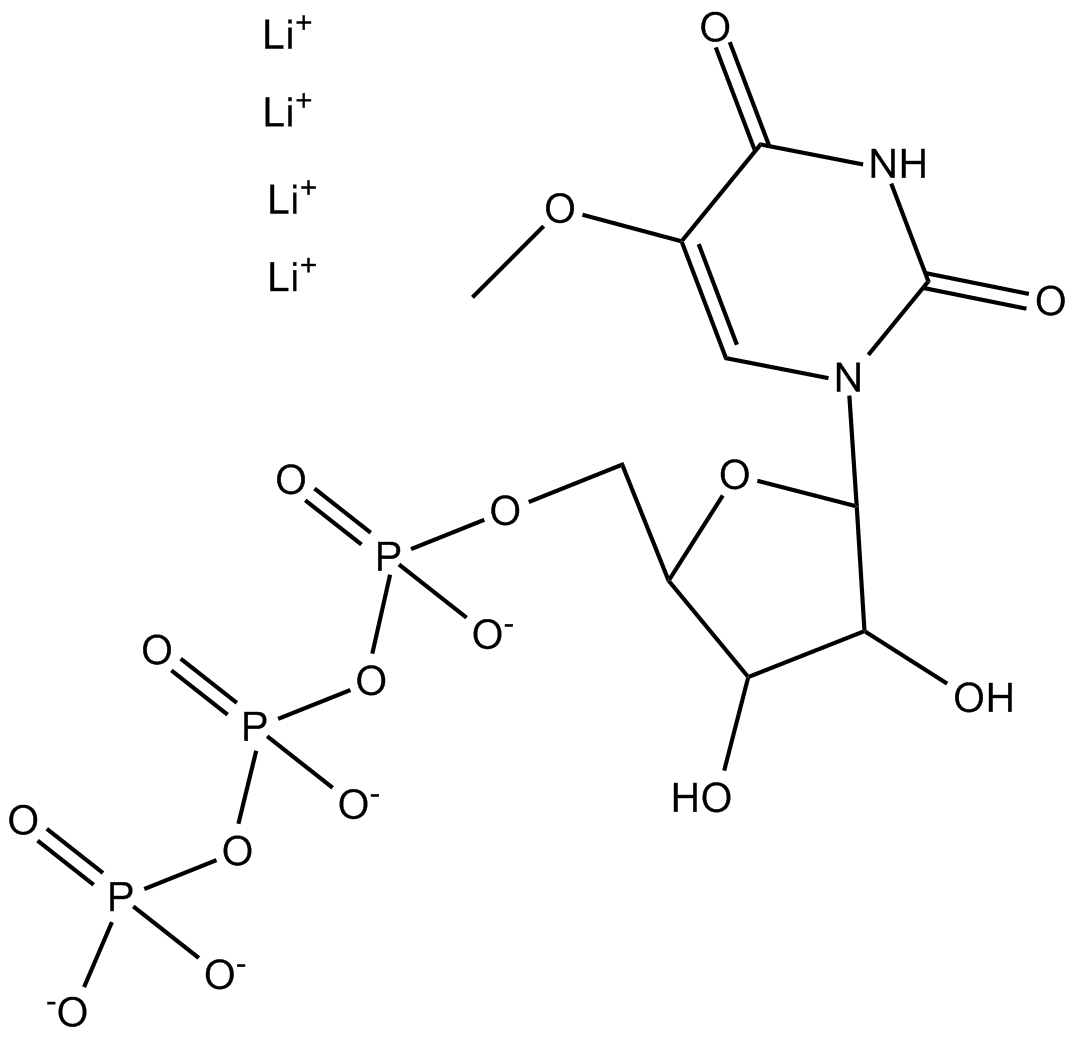
-
GB20105
5-Methyl-CTP
5-Methyl-CTP is a modified nucleoside triphosphate, commonly used to substitute the naturally occurring cytidine triphosphate (CTP) during in vitro mRNA synthesis.
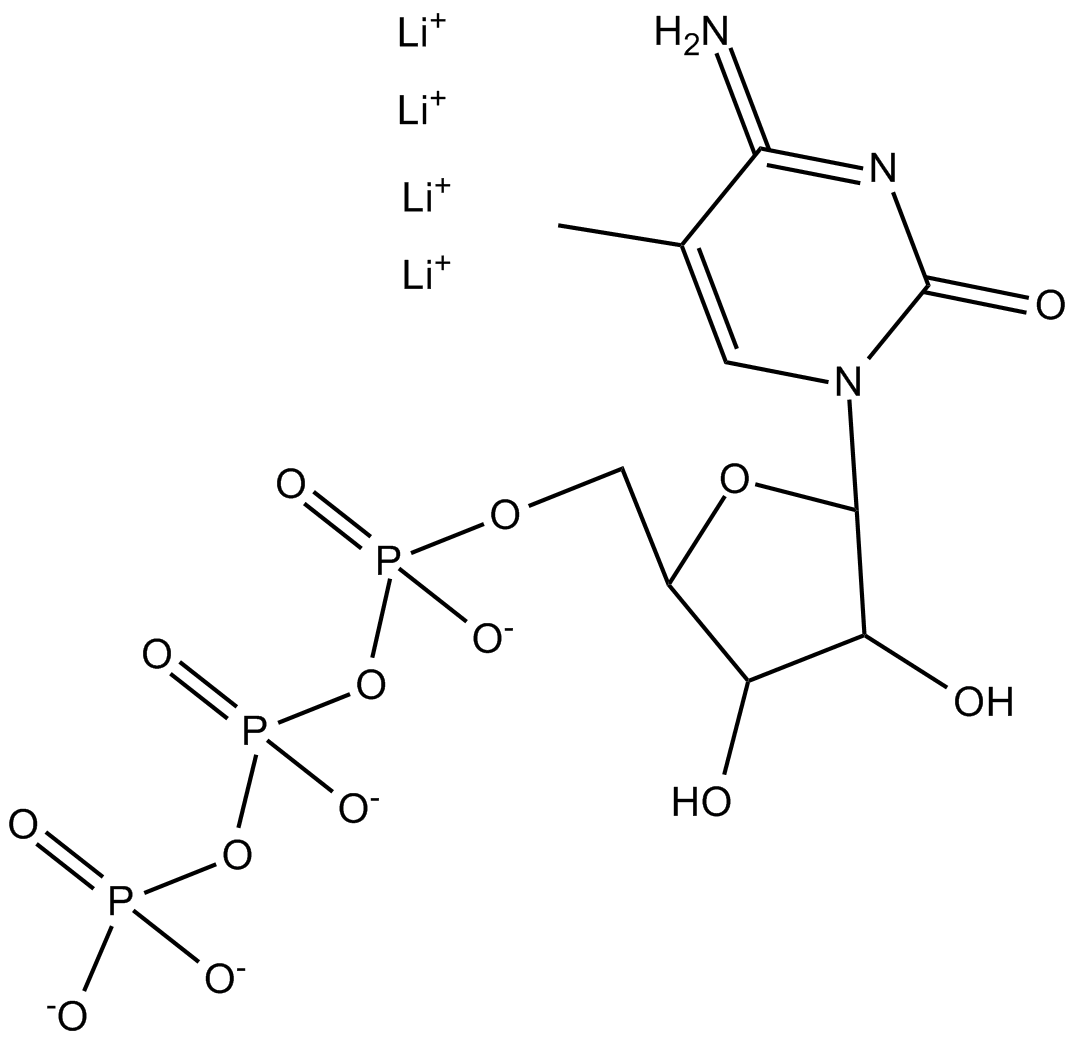
-
GB20117
5-Methyl-UTP
Base modified ribonucleoside triphosphates, used for in vitro transcription.
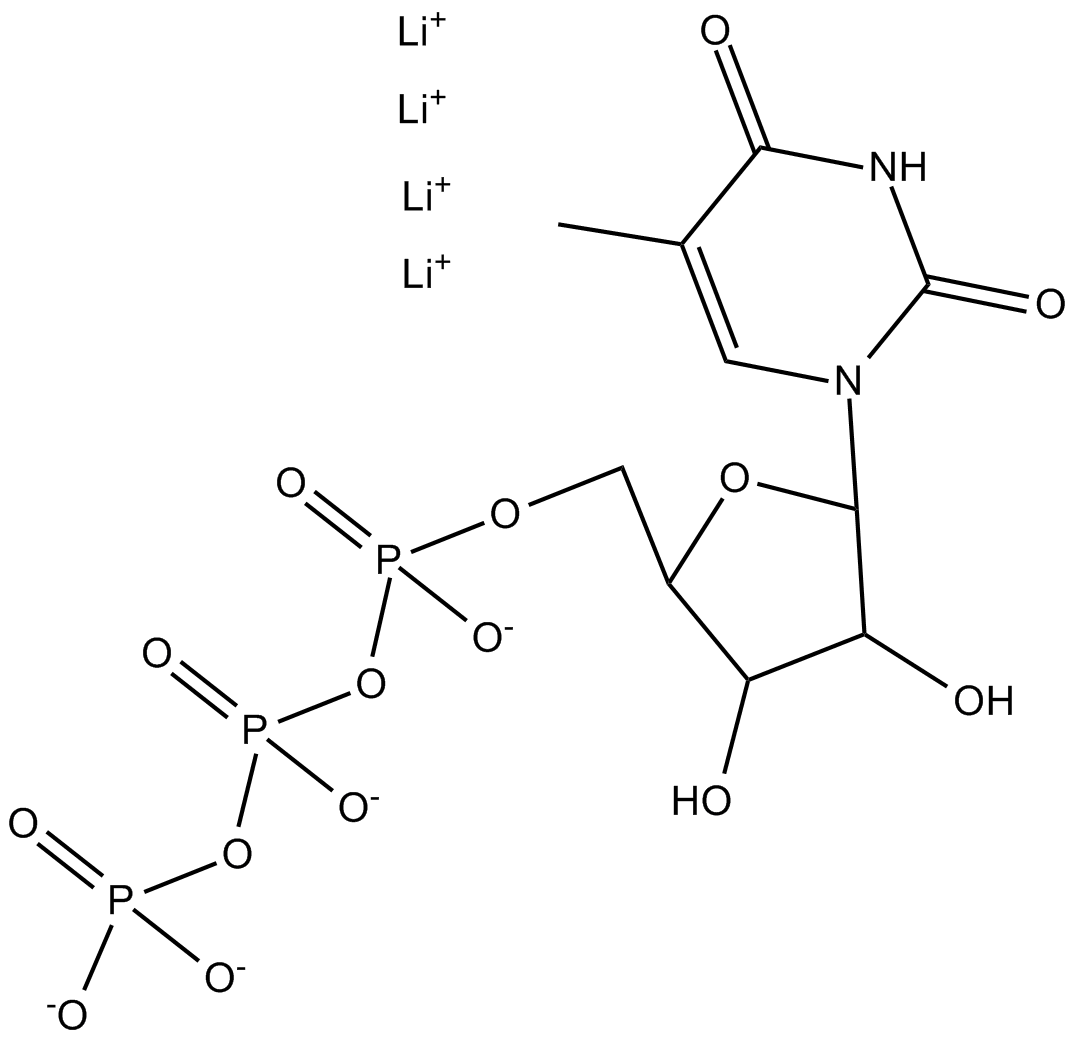
-
GB20120
5-MOM-CTP
Base modified ribonucleoside triphosphates
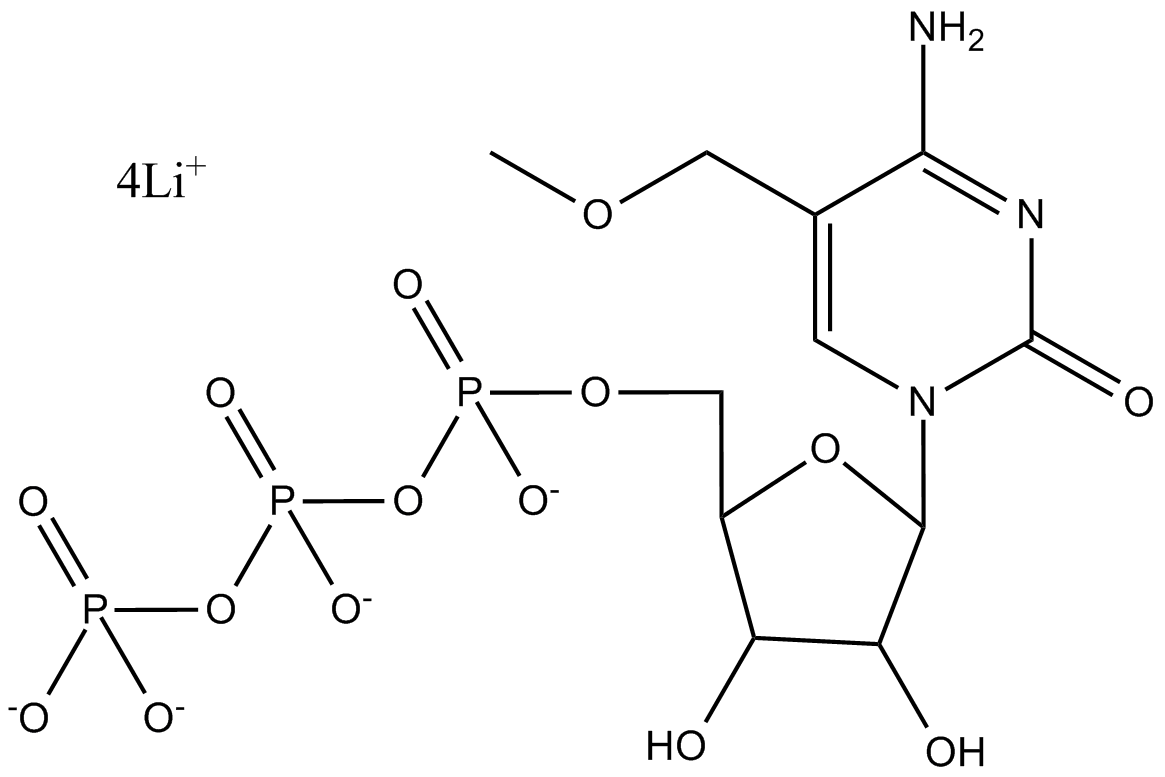
-
GB20119
5-MOM-UTP
Base modified ribonucleoside triphosphates
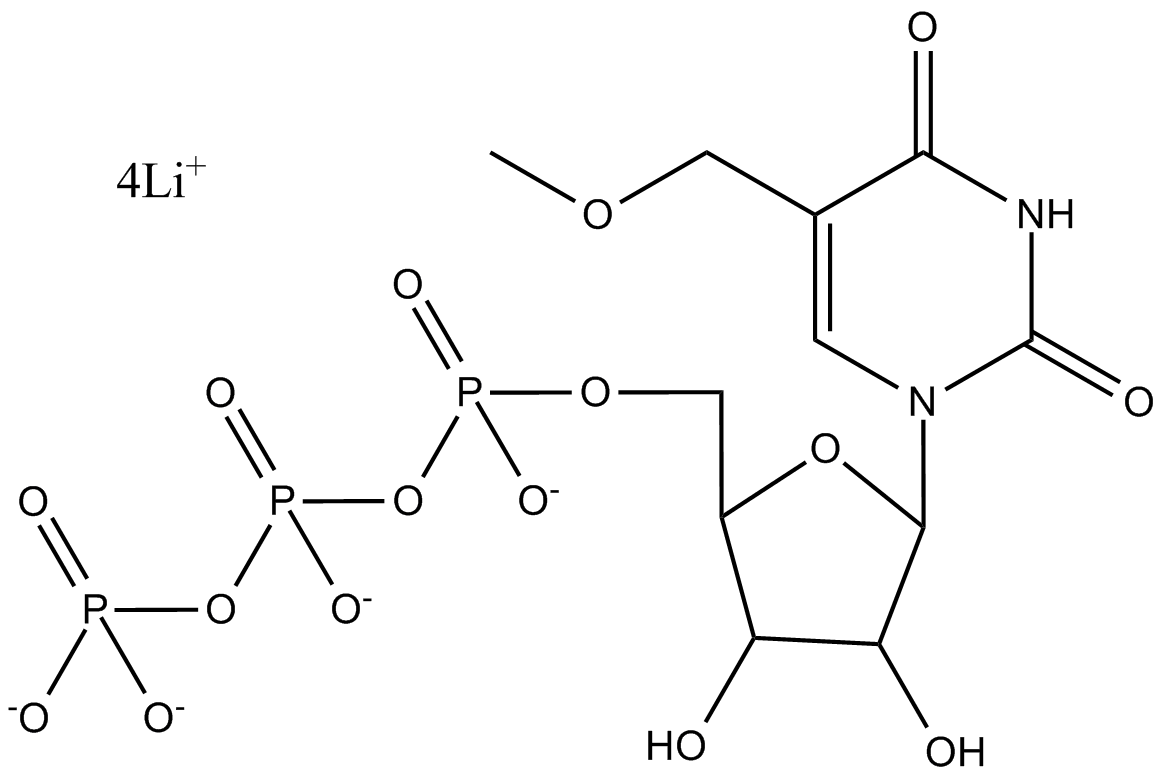
-
GB20126
6-Aza-CTP
Base modified ribonucleoside triphosphates, used as substate in the study of specificity and nature of tRNA nucleotidyltransferase.
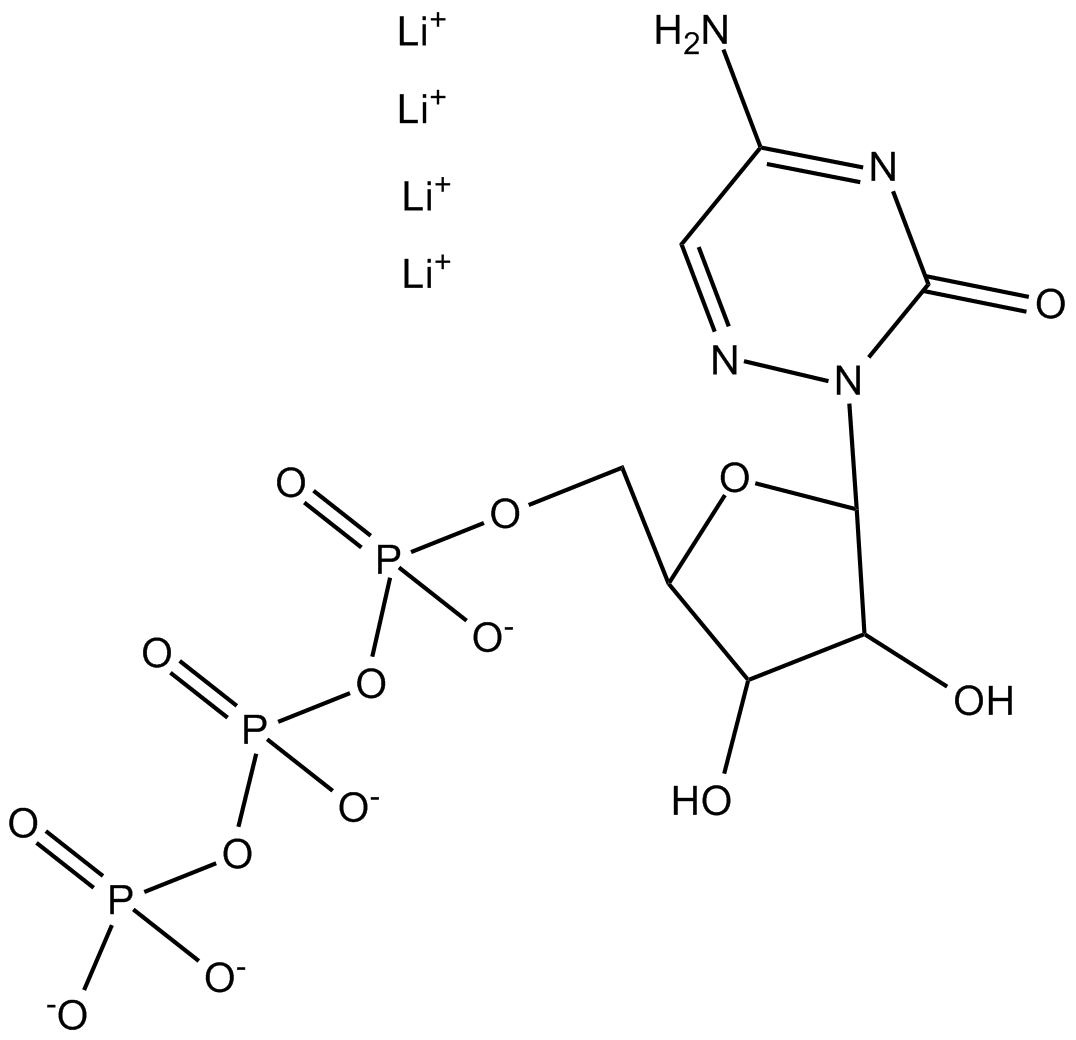
-
GB20123
6-Aza-UTP
Base modified ribonucleoside triphosphates, used in the study of UTP analogs on the activity of the norovirus and FCV ProPol enzymes. It is efficient in inhibiting FCV growth.
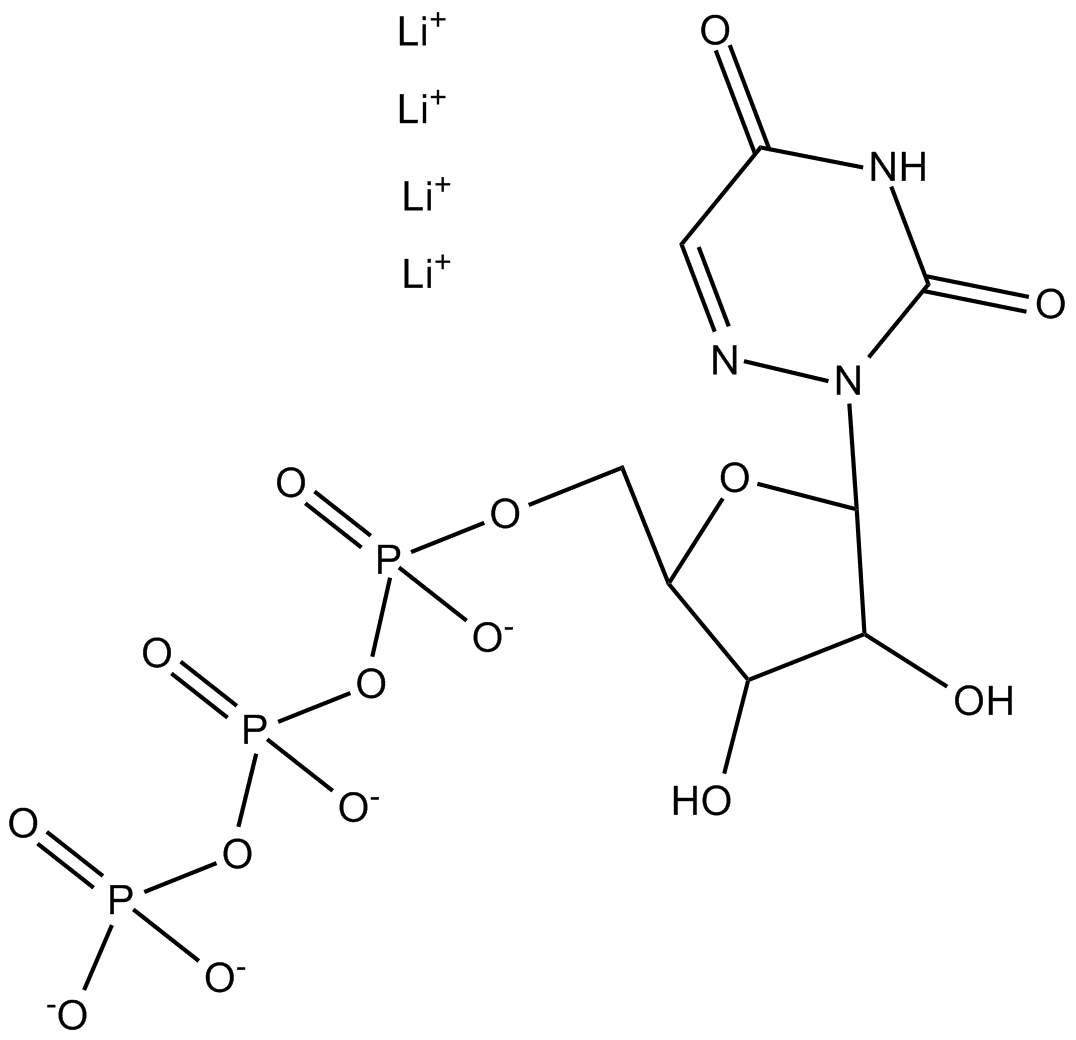
-
GB20095
7-Deaza-ATP
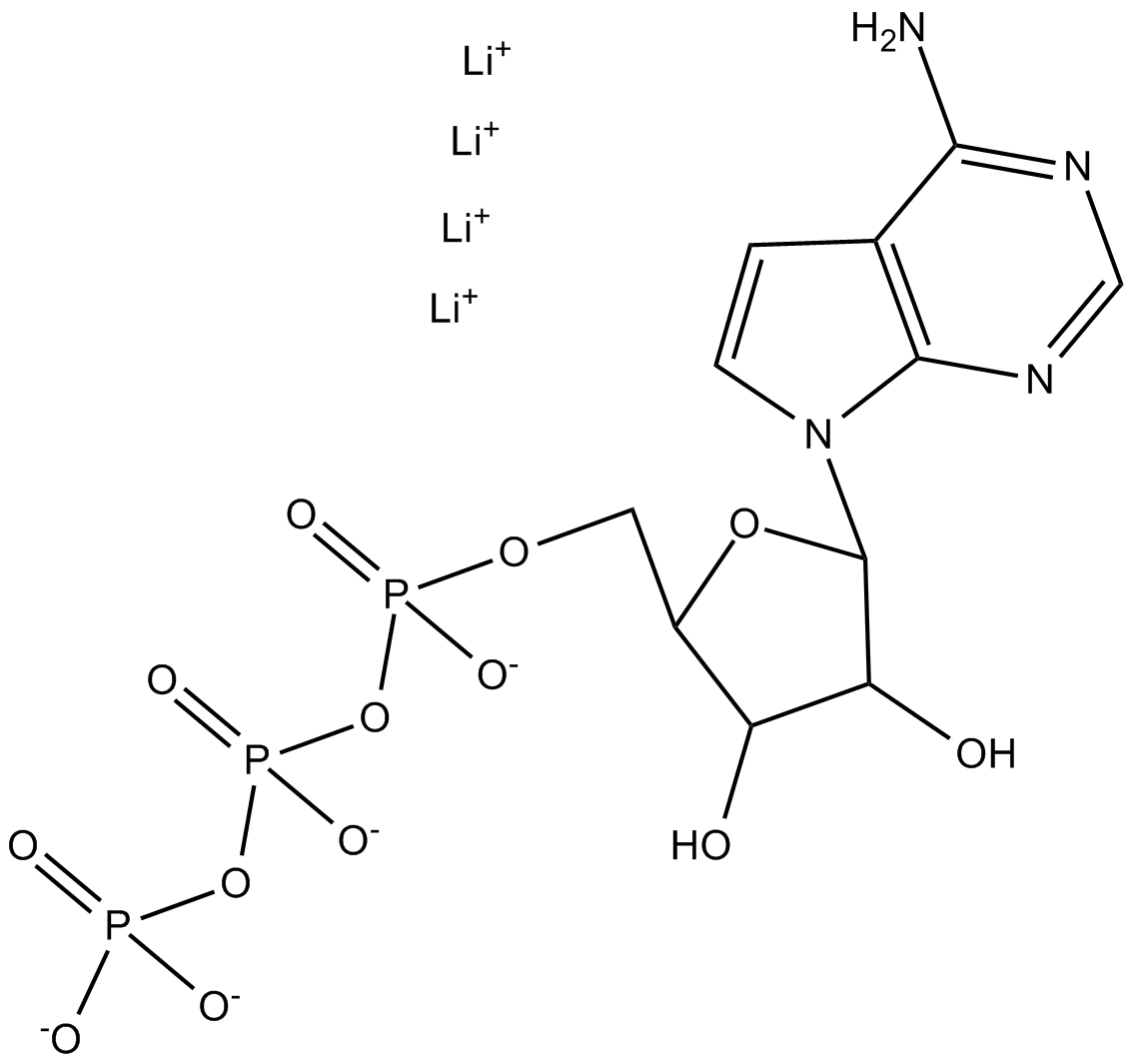
-
GB20109
7-Deaza-GTP
Base modified ribonucleoside triphosphates, used in the study of binding of the initiating GTP in transcription.
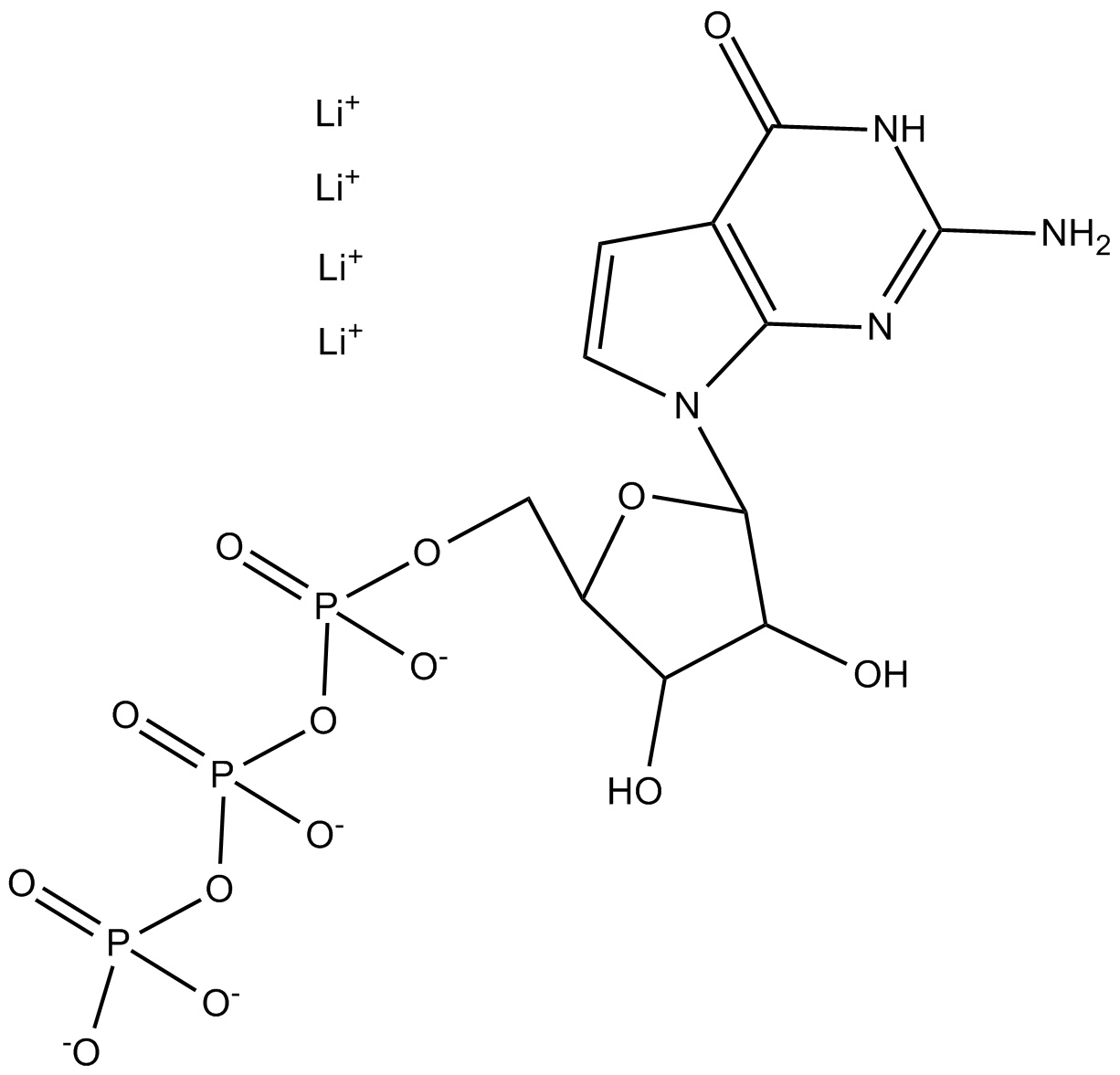
-
GB20145
8-Aza-ATP
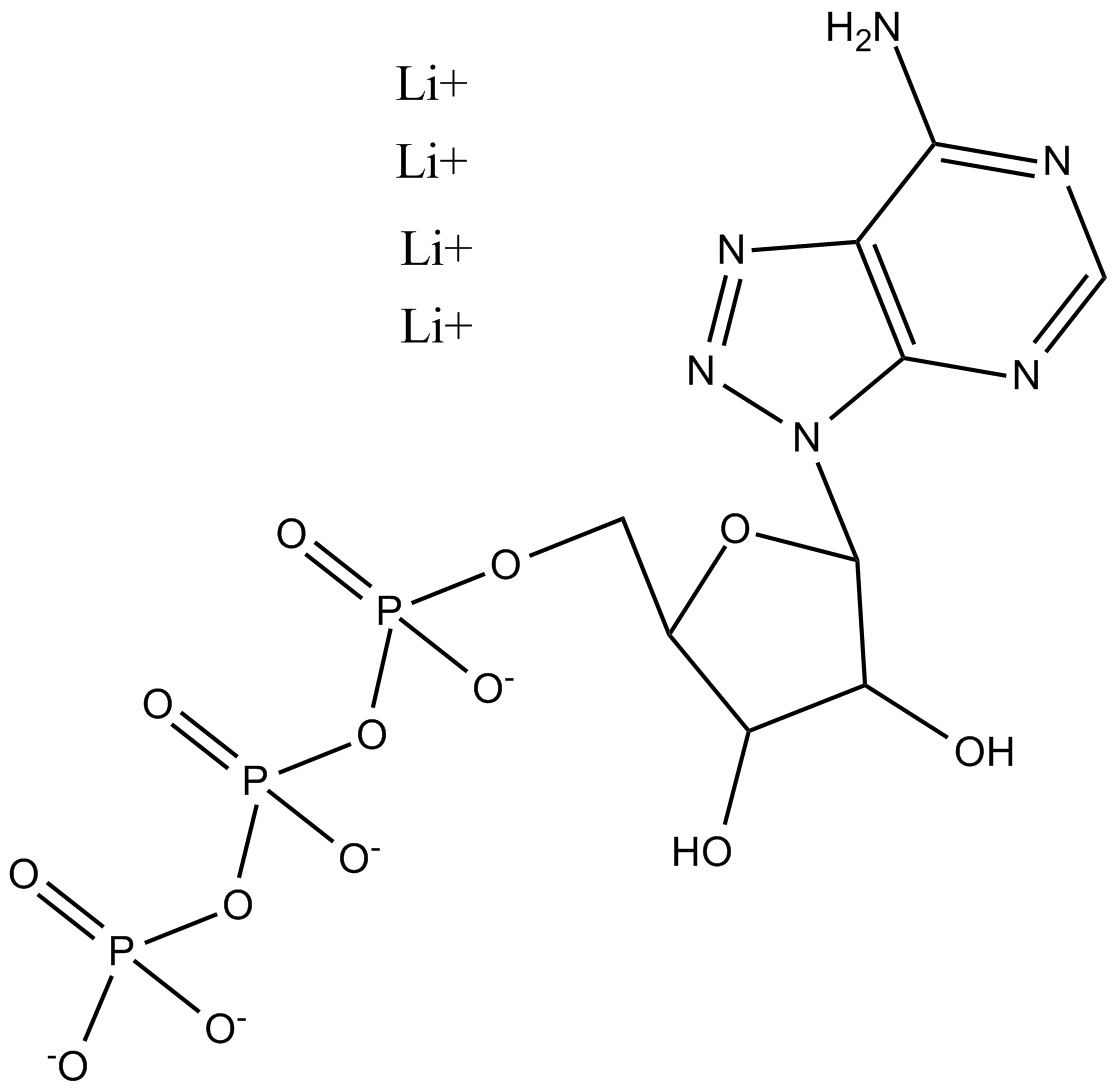
-
GB20104
8-Azido-ATP
Base modified ribonucleoside triphosphates.
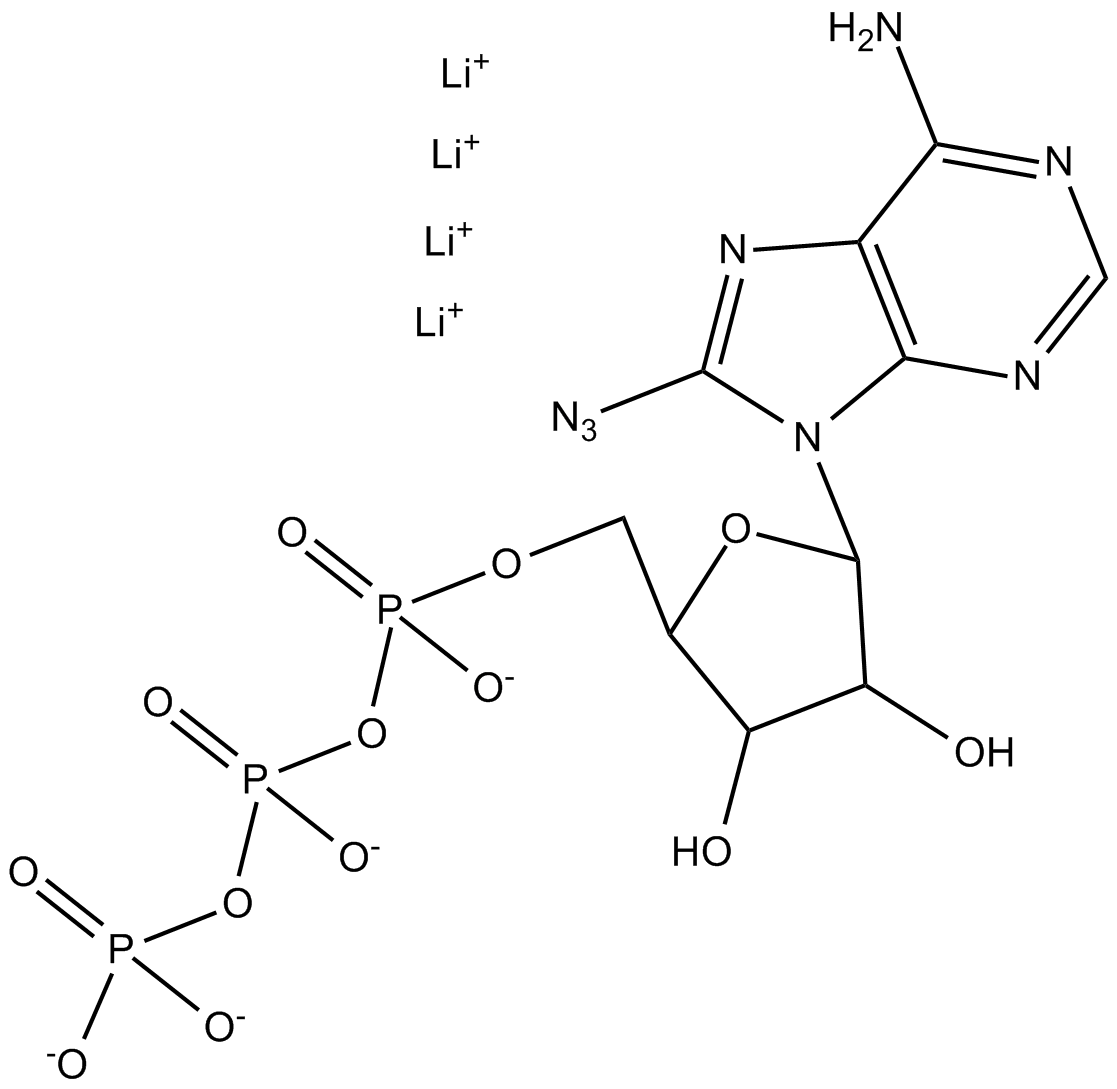
-
GB20128
8-Oxo-ATP
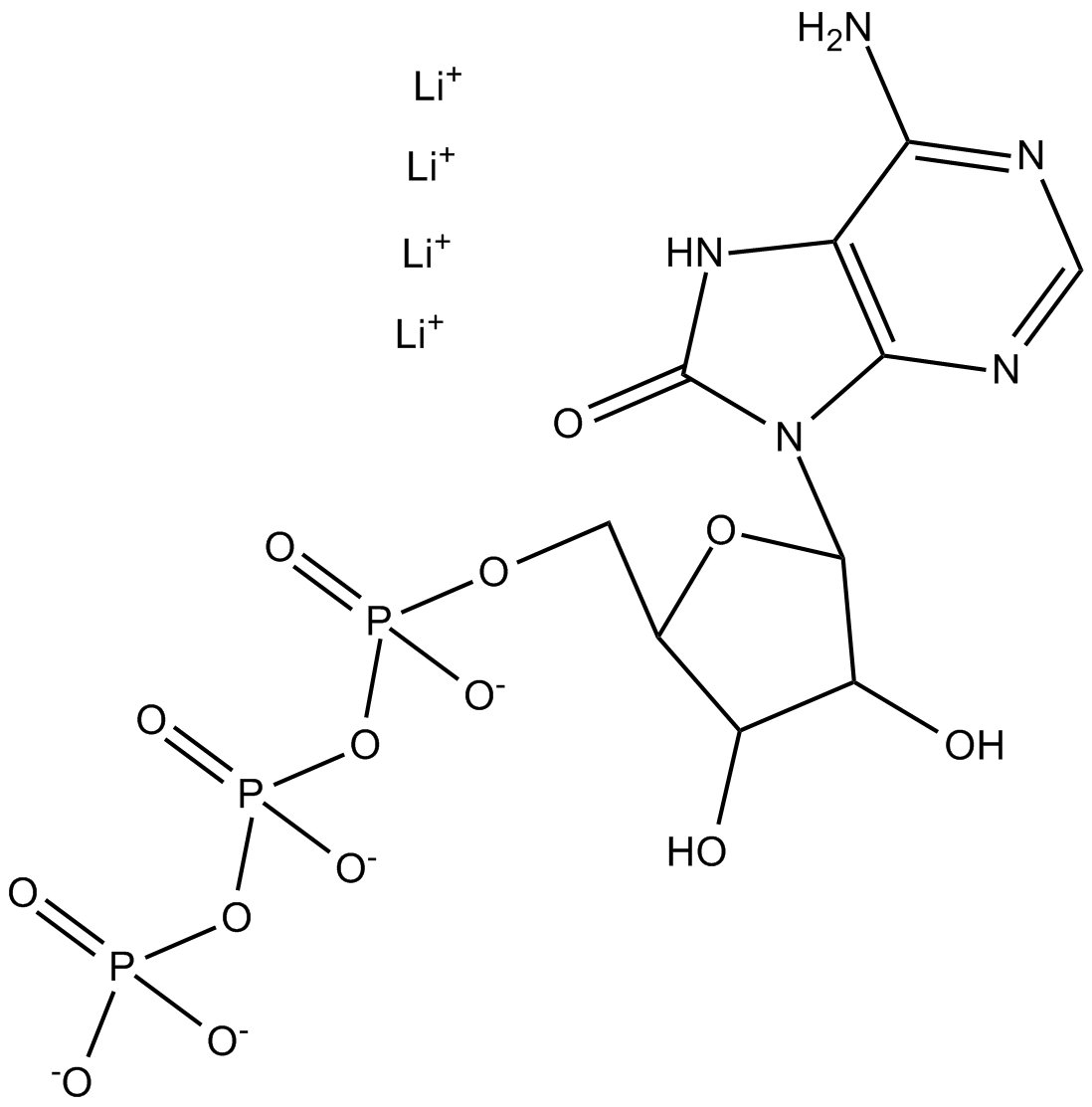
-
GB20163
8-Oxo-GTP
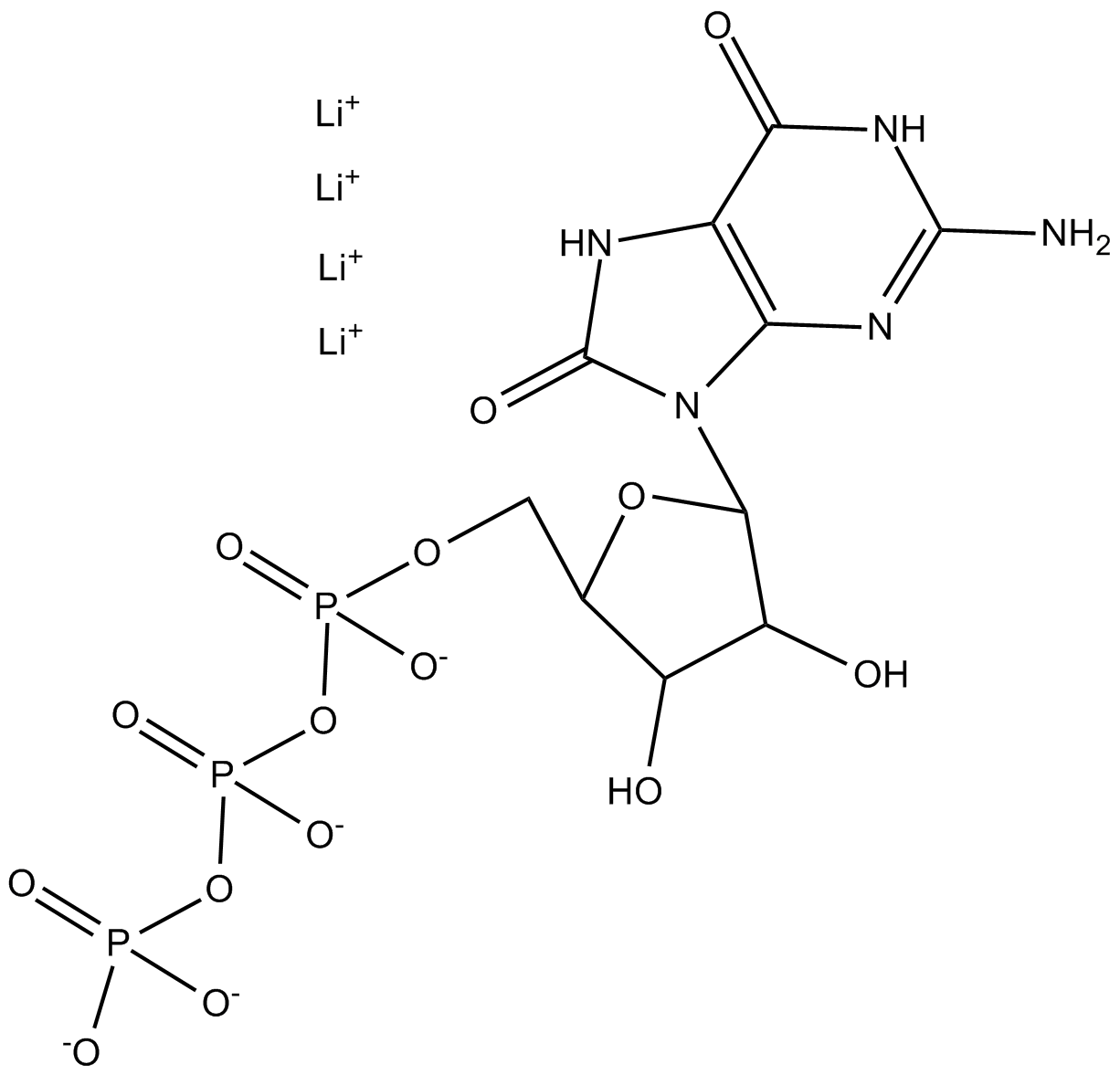
-
GB20164
Aminoallyl-CTP
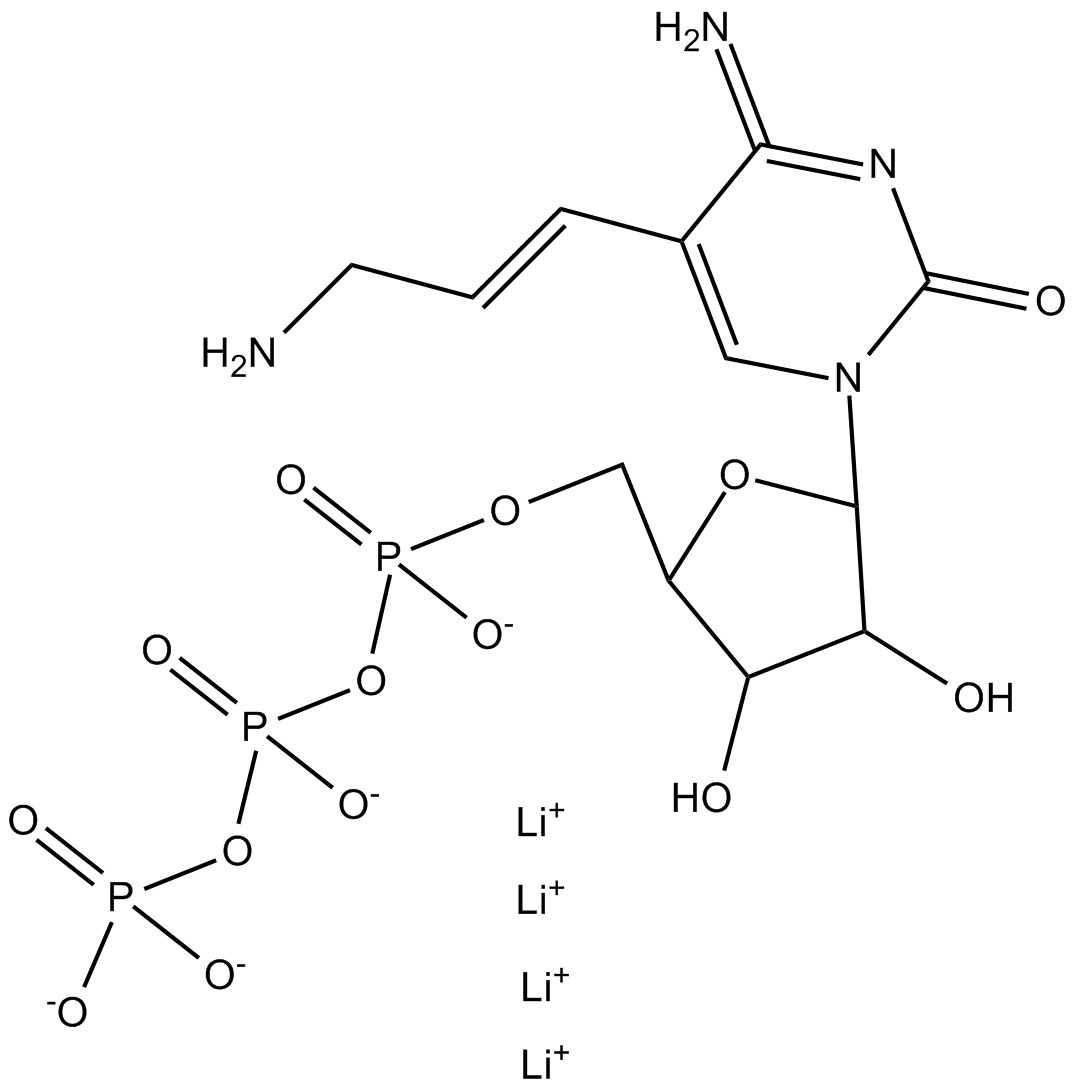
-
GB20113
Aminoallyl-UTP-X - Cy3
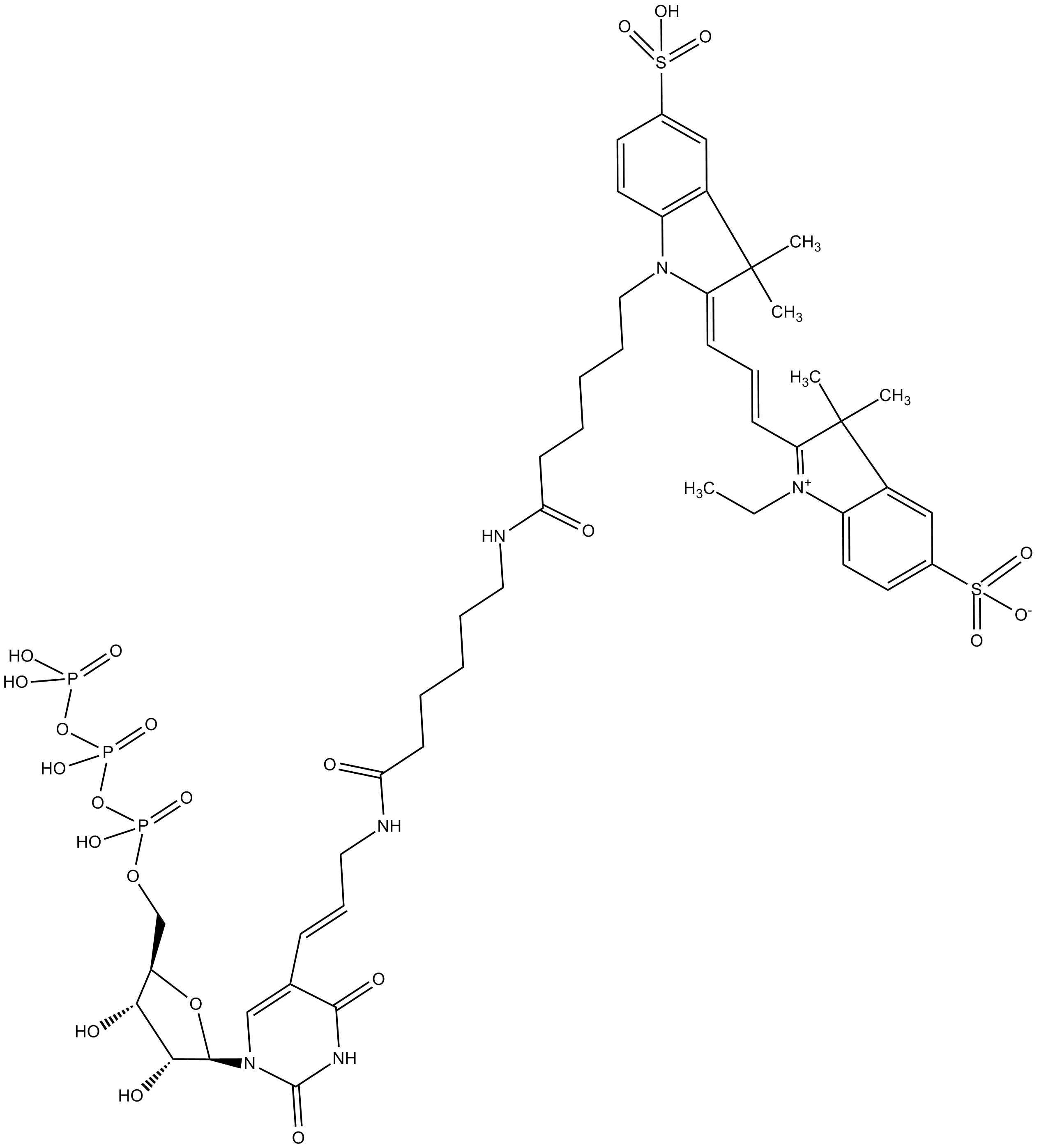
-
GB20107
Aminoallyl-UTP-X - Cy5
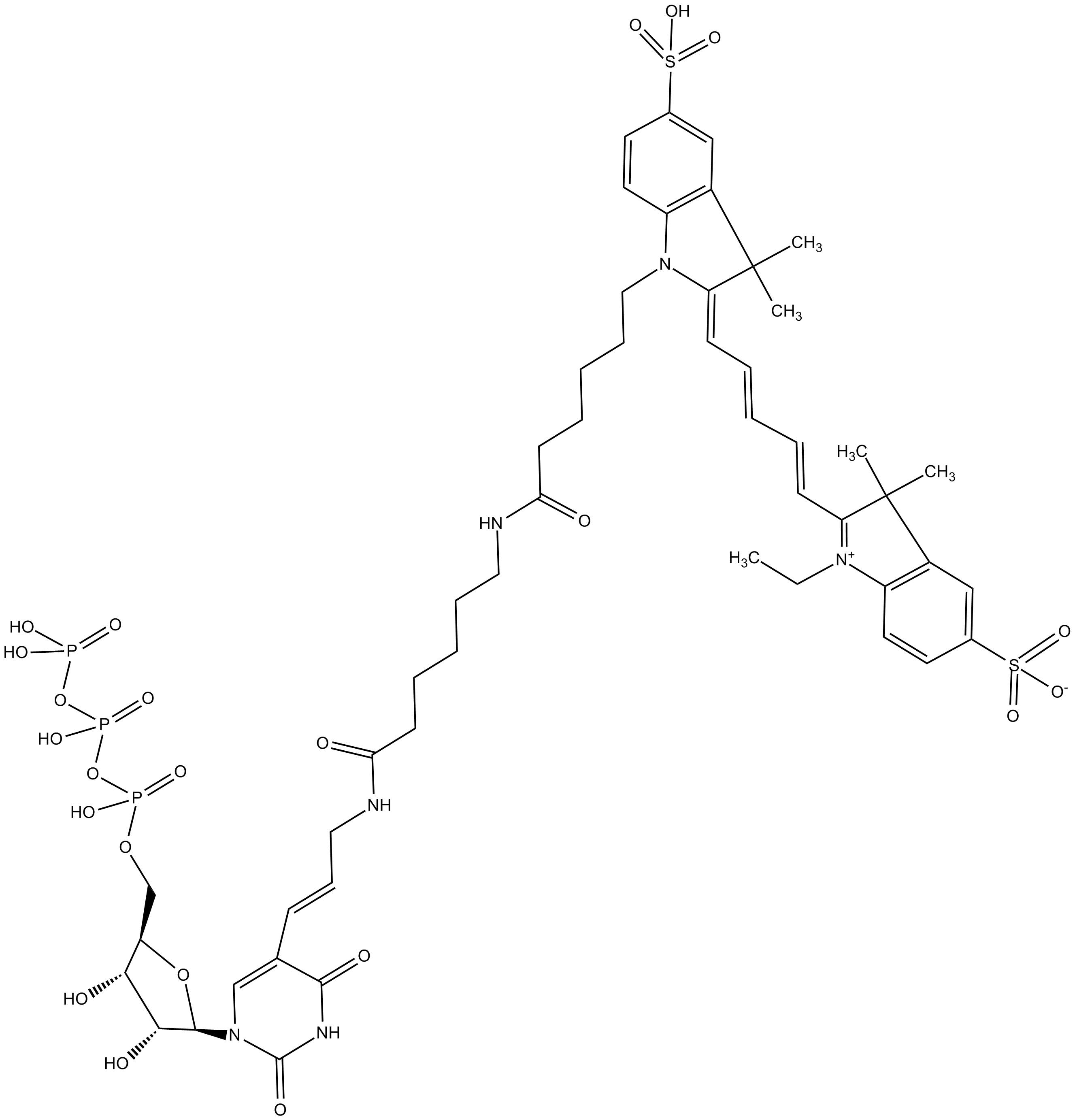
-
GB20106
Ara-ATP
Sugar modified nucleoside triphosphates, when used with viral DNA polymerase, ara-ATP competes with dATP for incorporation into DNA leading to a termination of DNA synthesis.
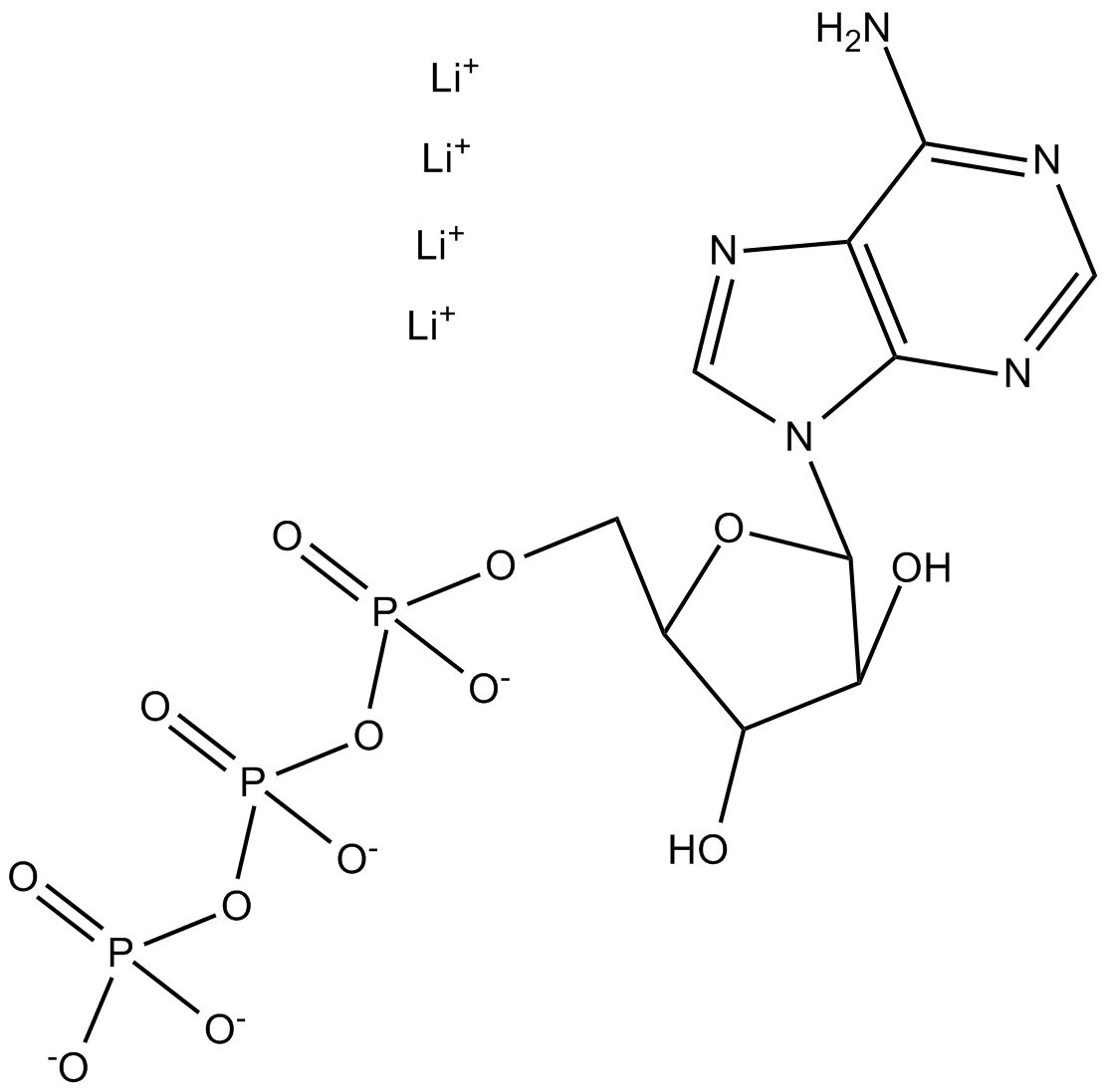
-
GB20139
Ara-CTP
Sugar modified nucleoside triphosphates, used as antiviral nucleotides.
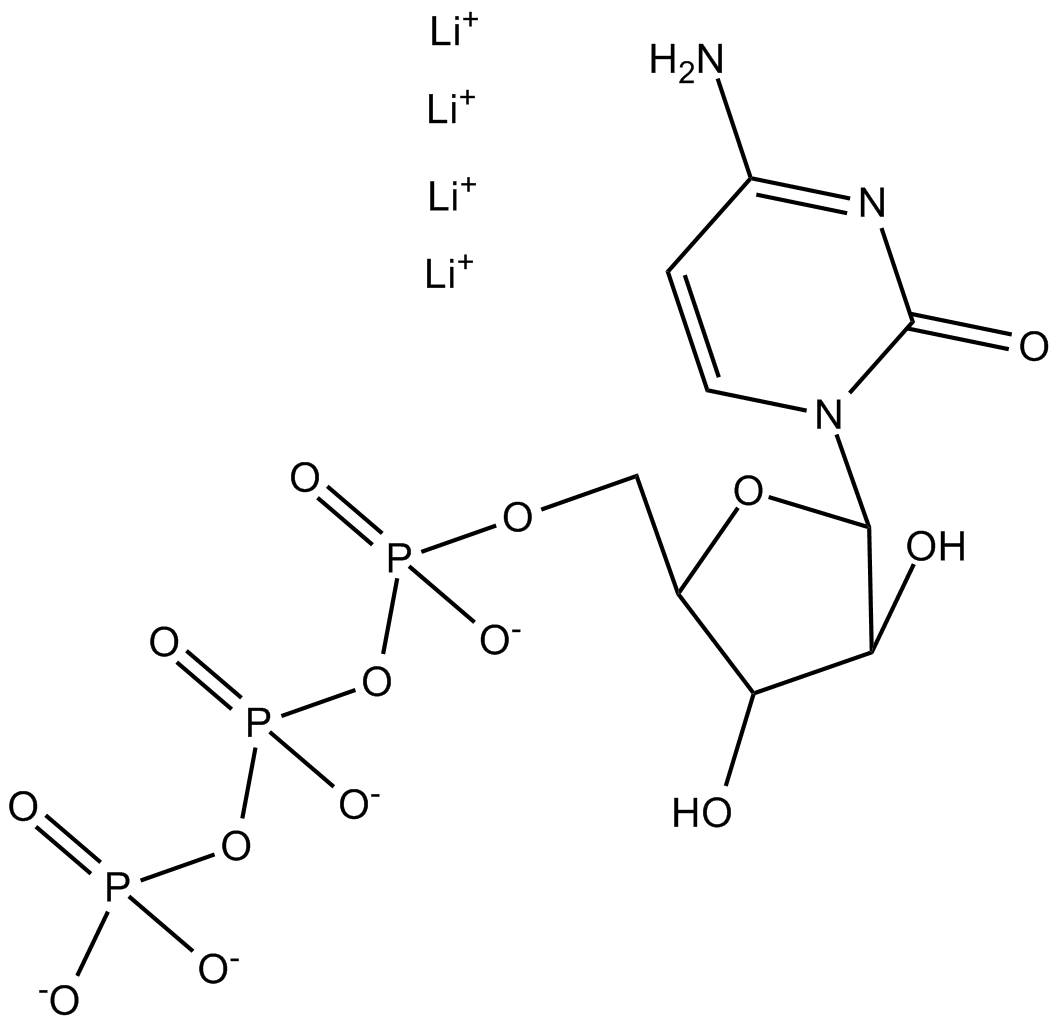
-
GB20122
Ara-GTP
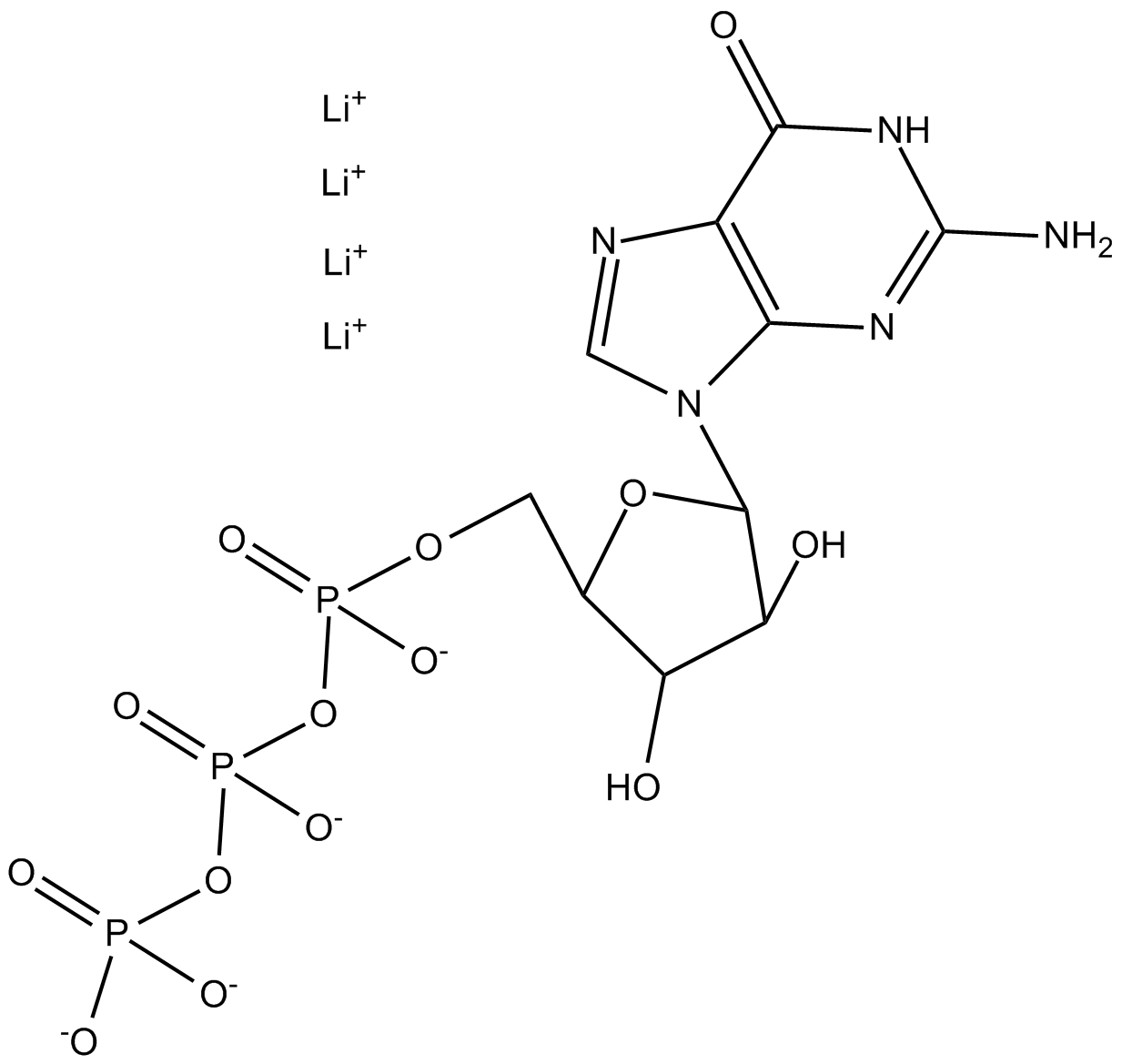
-
GB20135
Ara-UTP
Sugar modified nucleoside triphosphates, used as antiviral nucleotides.
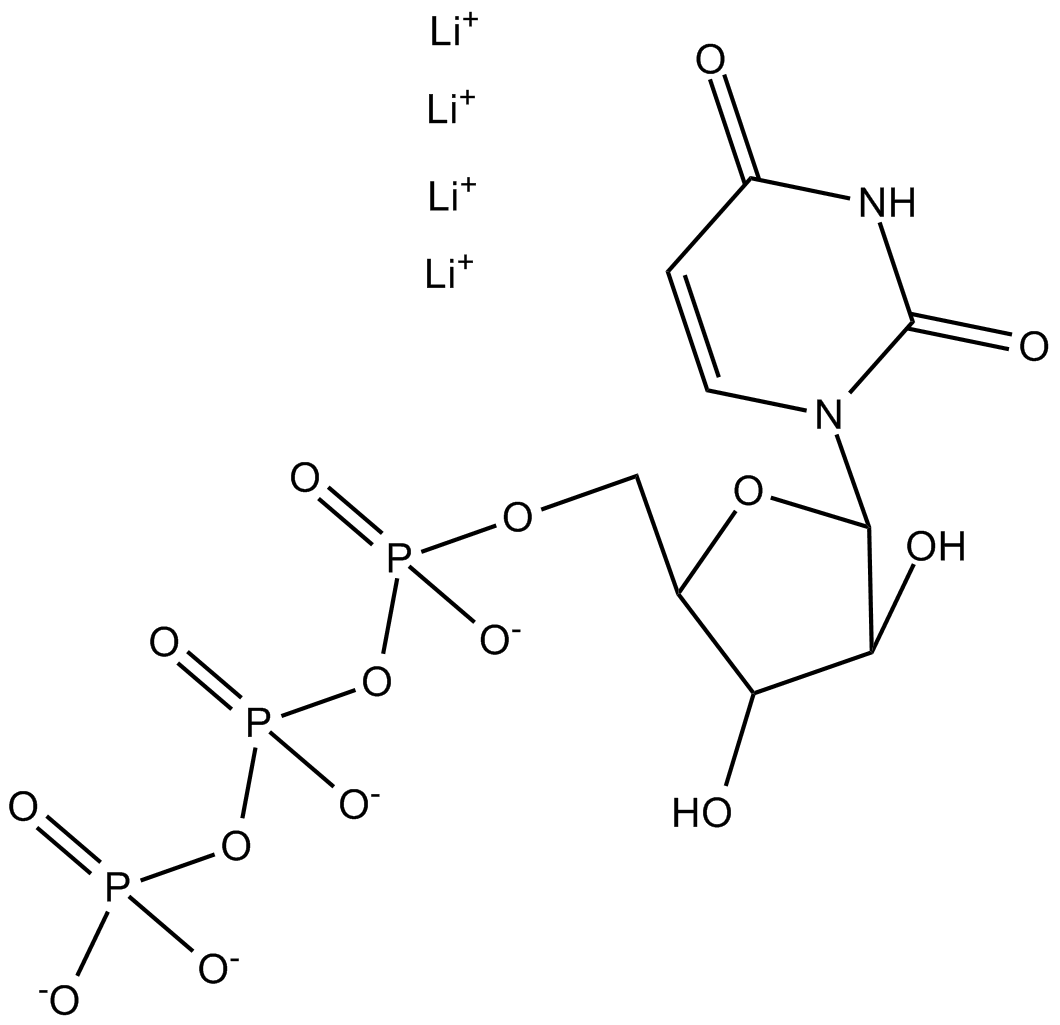
-
GB20100
ARCA Sodium
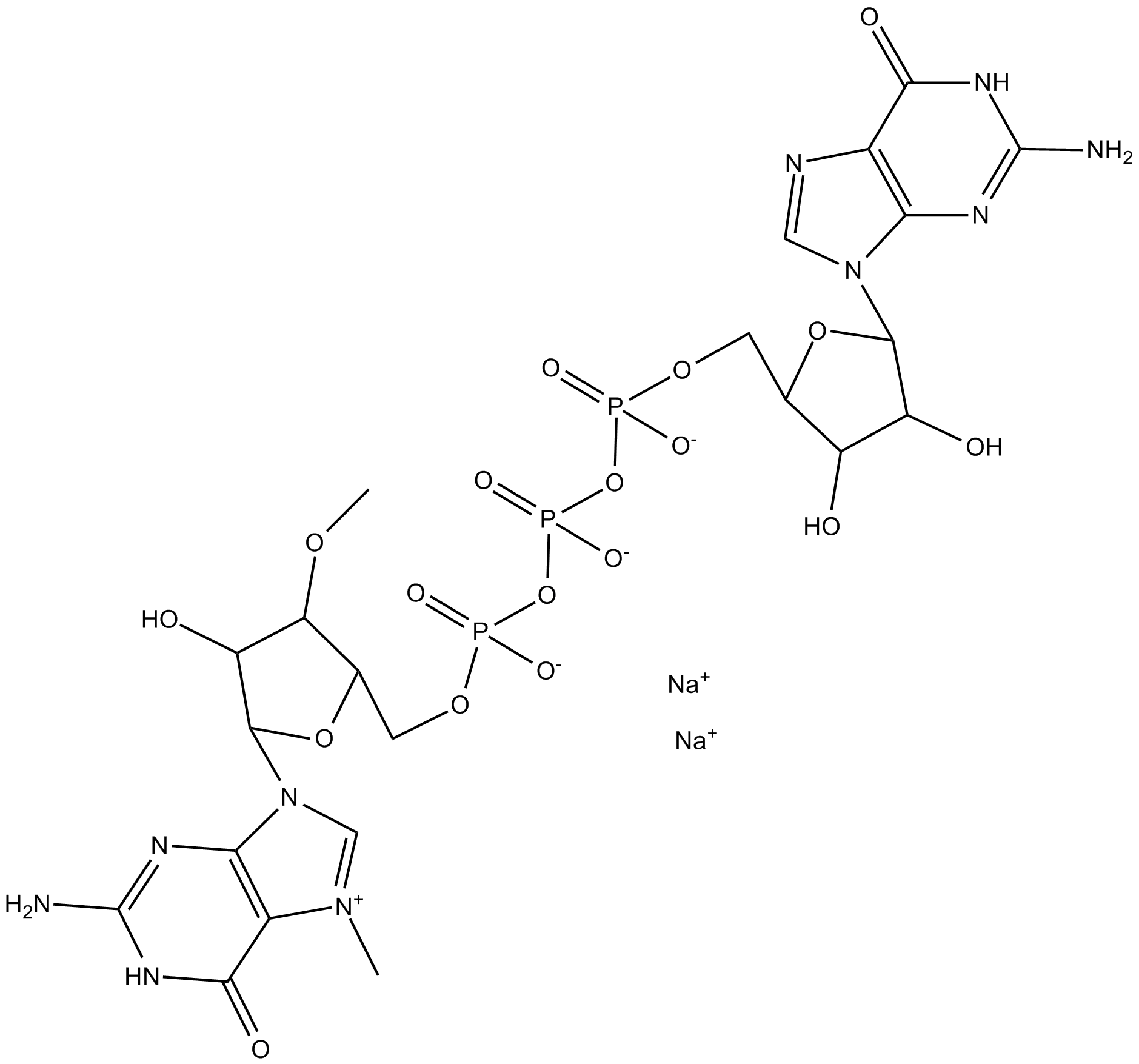
-
GB20150
Biotin-16-UTP
Biotin-16-UTP is a biotin-labeled nucleotide analog, which can be incorporated via a variety of RNA polymerases, including SP6, T3 and T7 RNA polymerases to form labeled RNA.
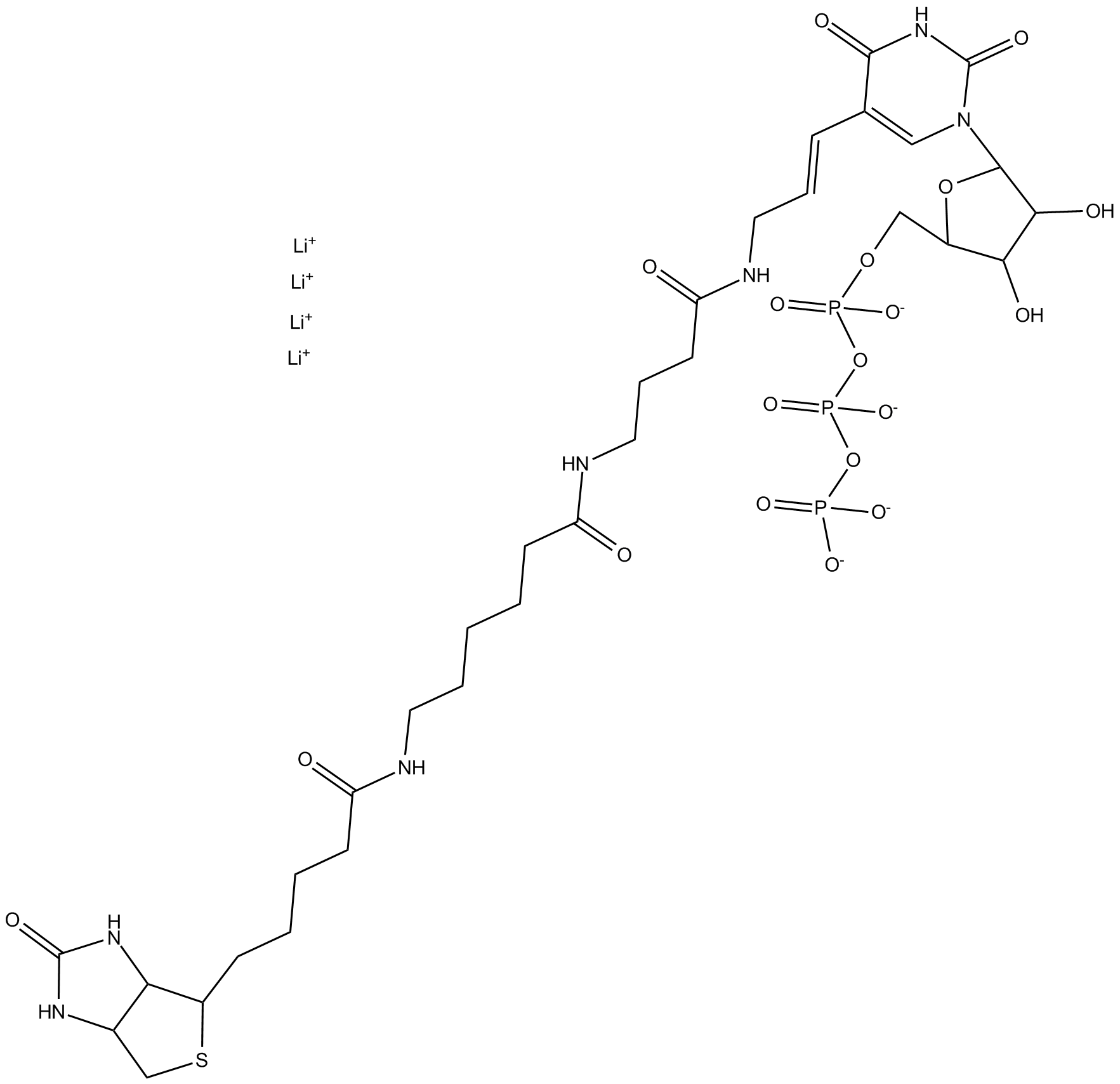
-
GB20116
Cy3-UTP, 10mM Sodium Solution
Cy3-UTP (Cyanine3-UTP) can replace UTP as the substrate of T7 RNA polymerase to produce labeled probes through in vitro transcription. Λexc=550nm/Λem=570nm..
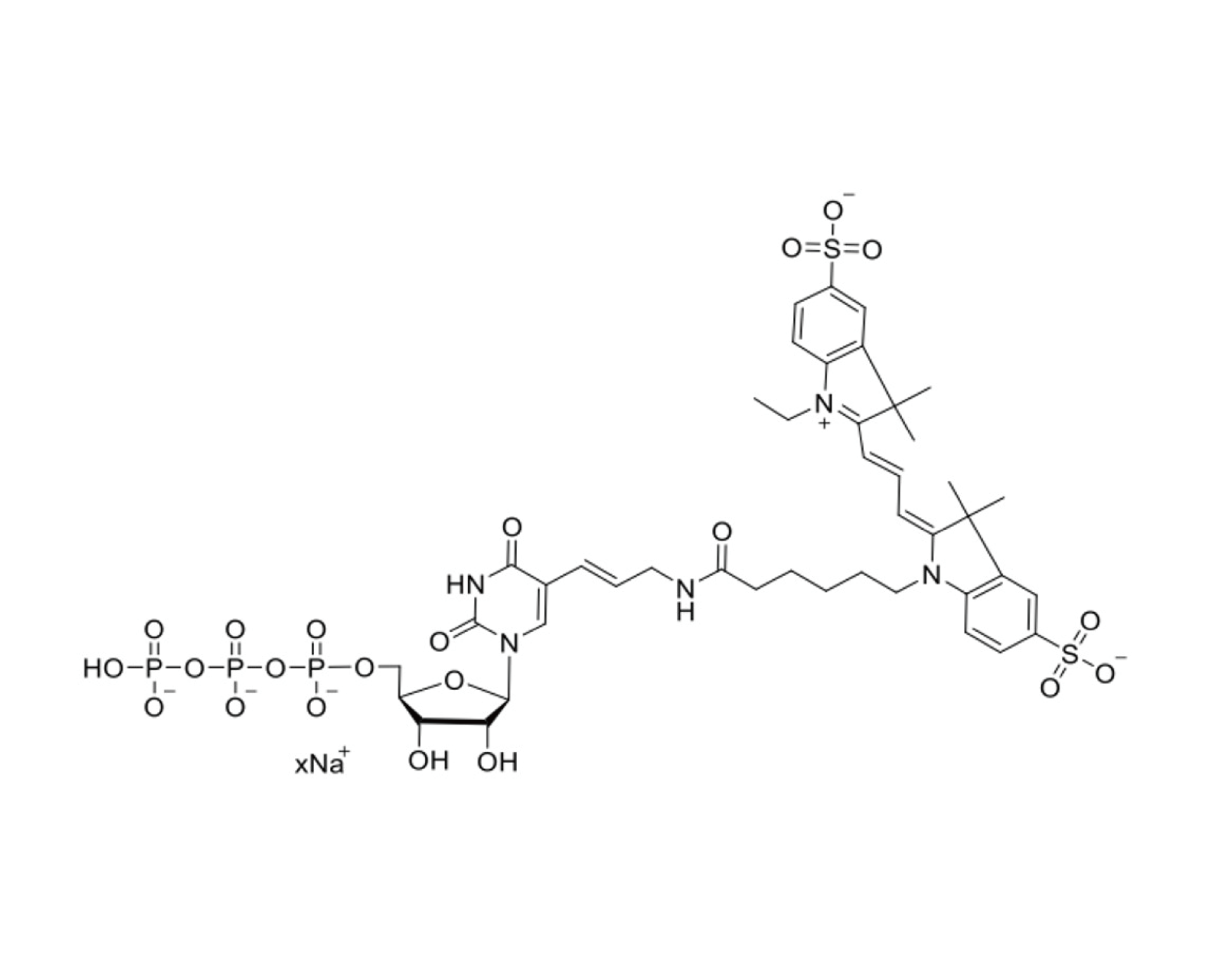
-
GB20144
Cyanine 3-AA-CTP
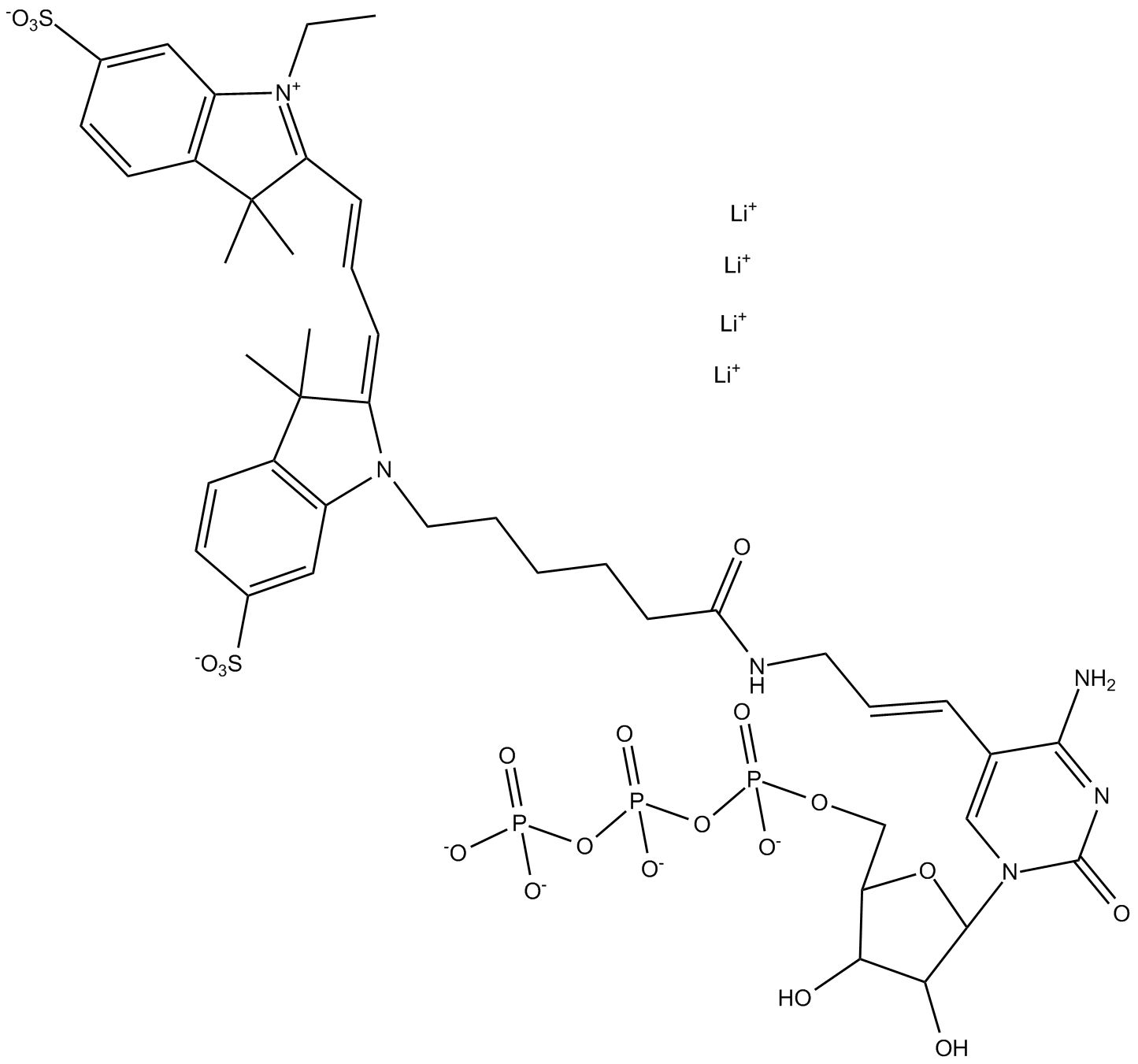
-
GB20140
Cyanine 5-AA-CTP
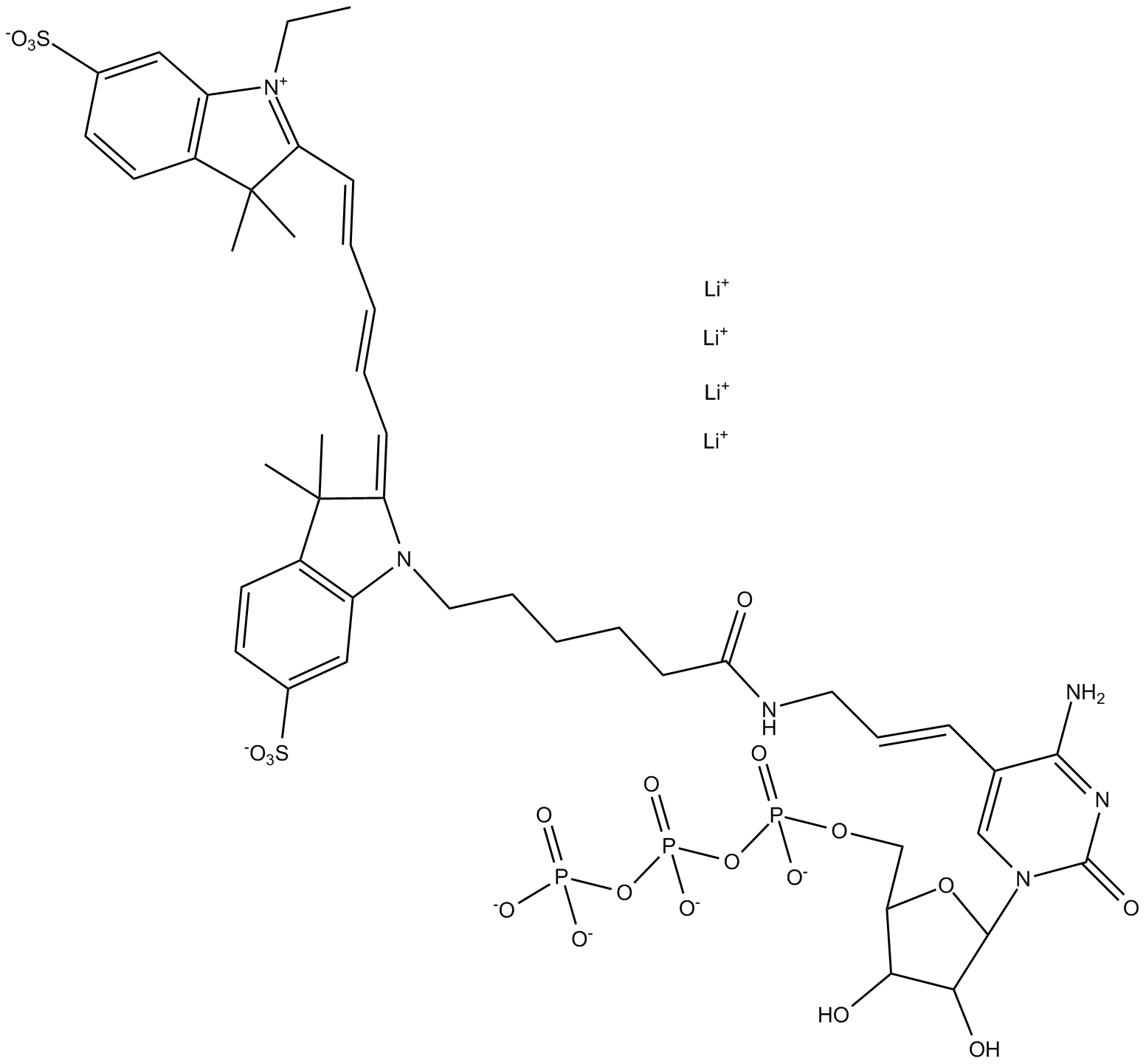
-
GB20136
Cyanine 7-AA-UTP
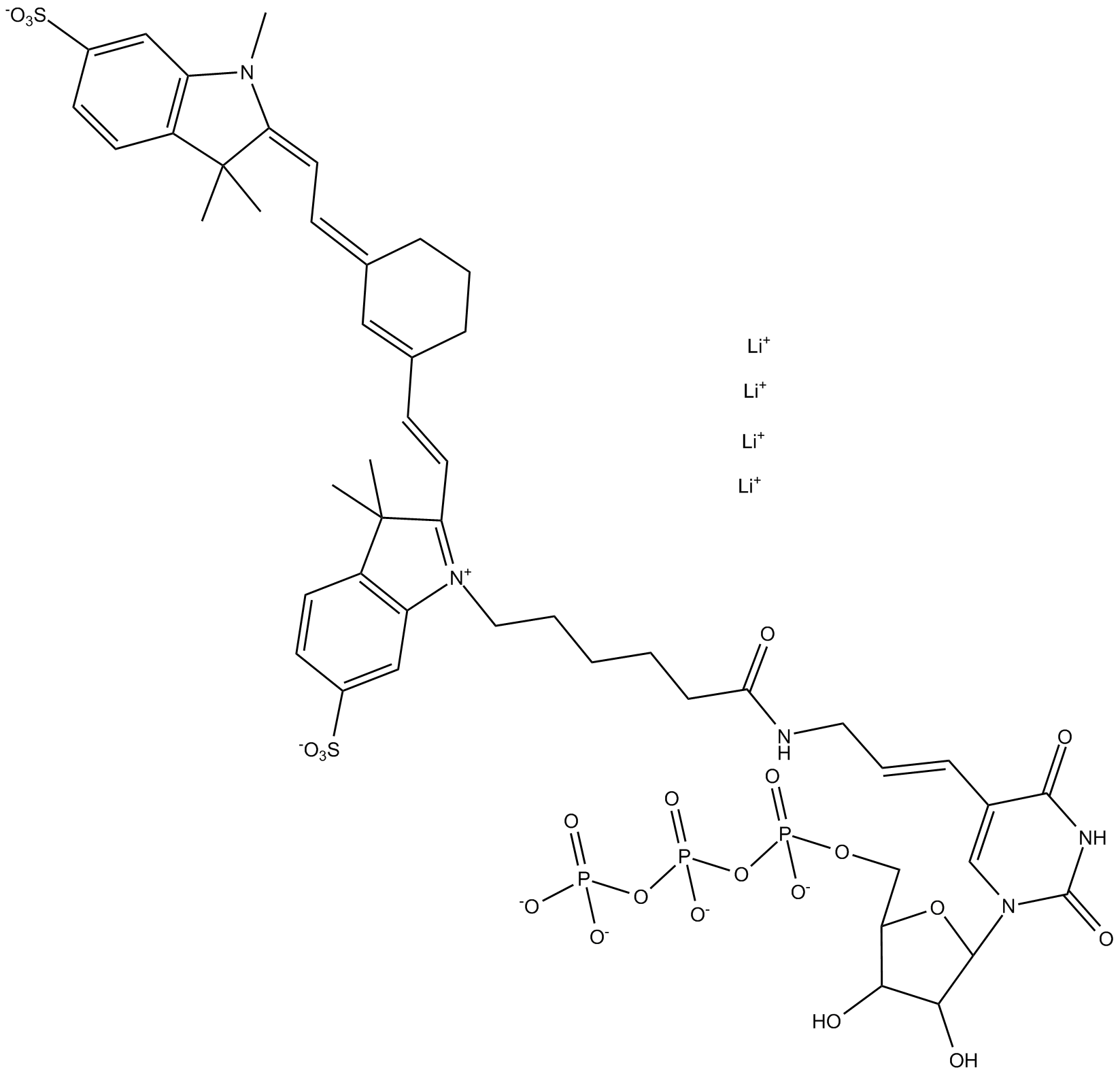
-
GB20147
Desthiobiotin-16-UTP
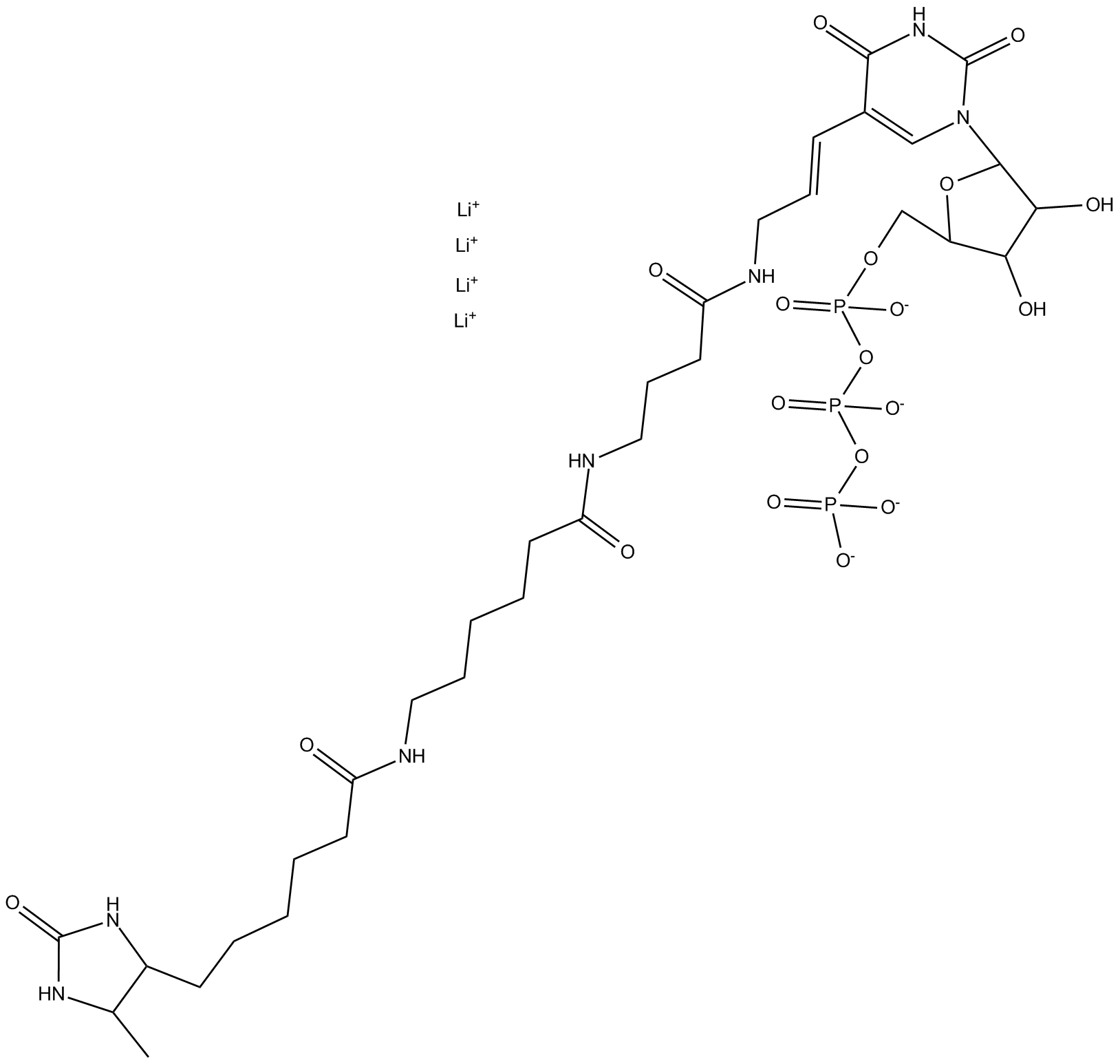
-
GB20111
Fluorescein-12-UTP, 10mM Sodium Solution
Fluorescein-12-UTP is a UTP analog of fluorescein, which can replace UTP for RNA labeling in in vitro transcription reactions.
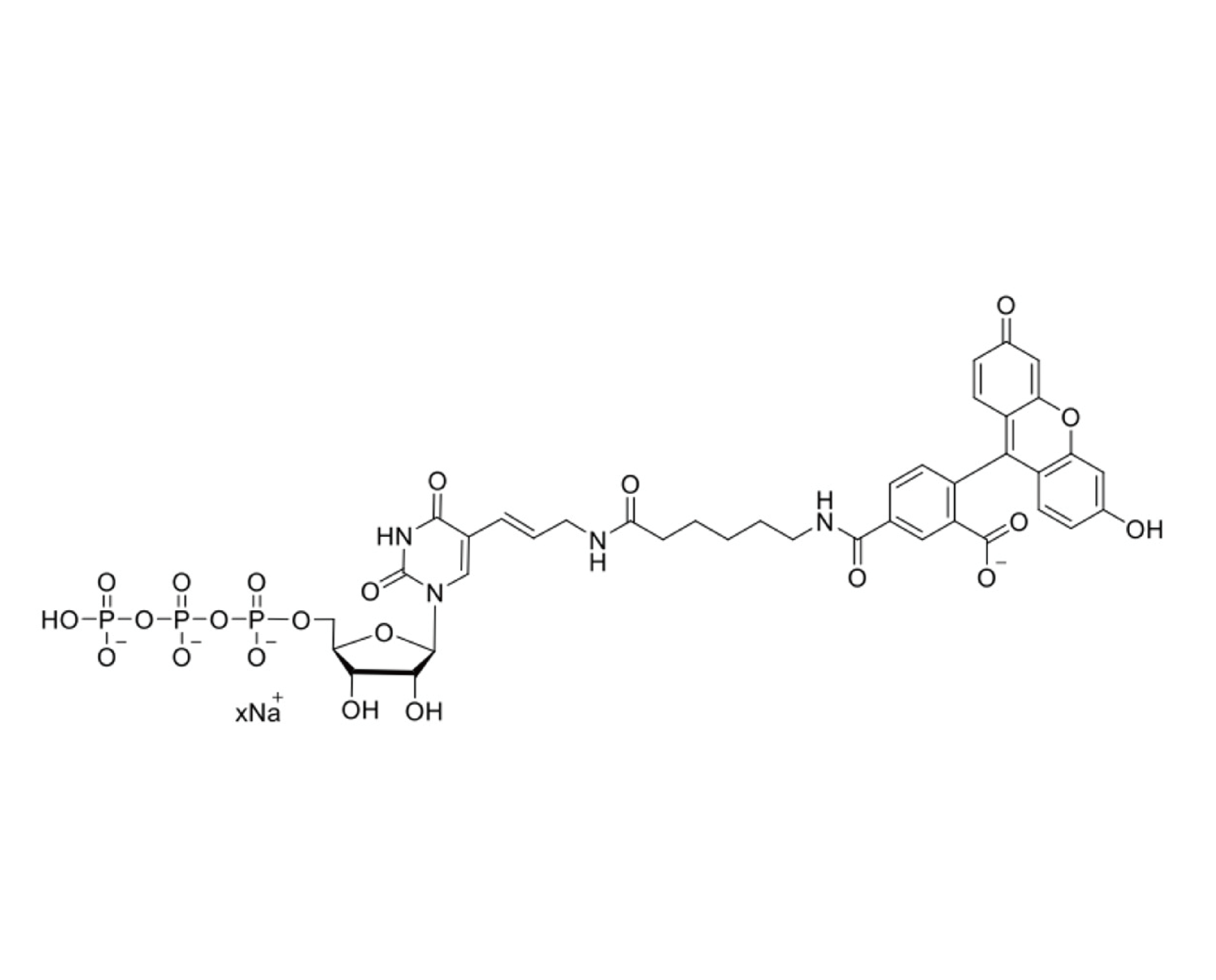
-
GB20125
Iso-GTP
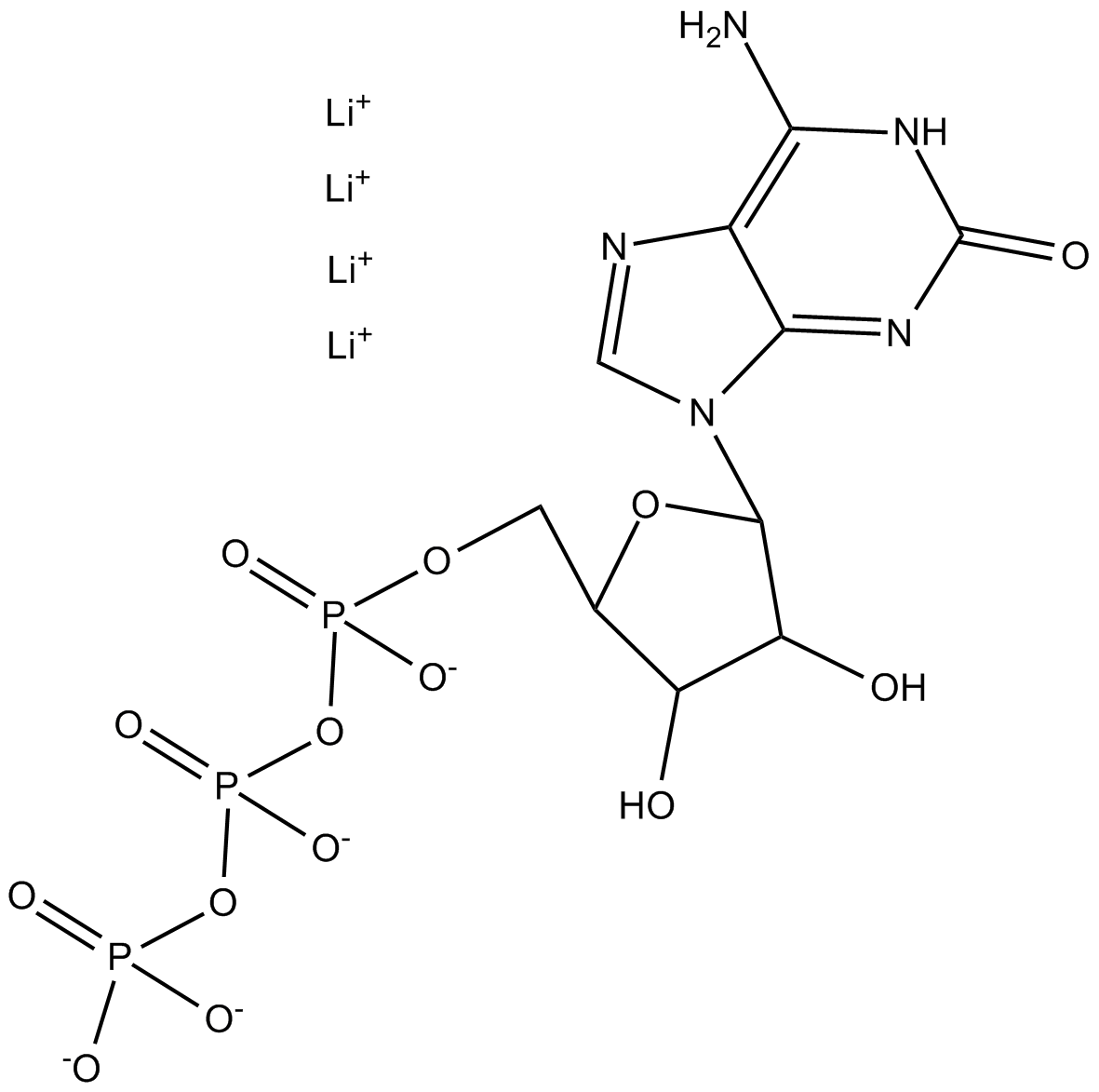
-
GB20092
N1-Ethylpseudo-UTP
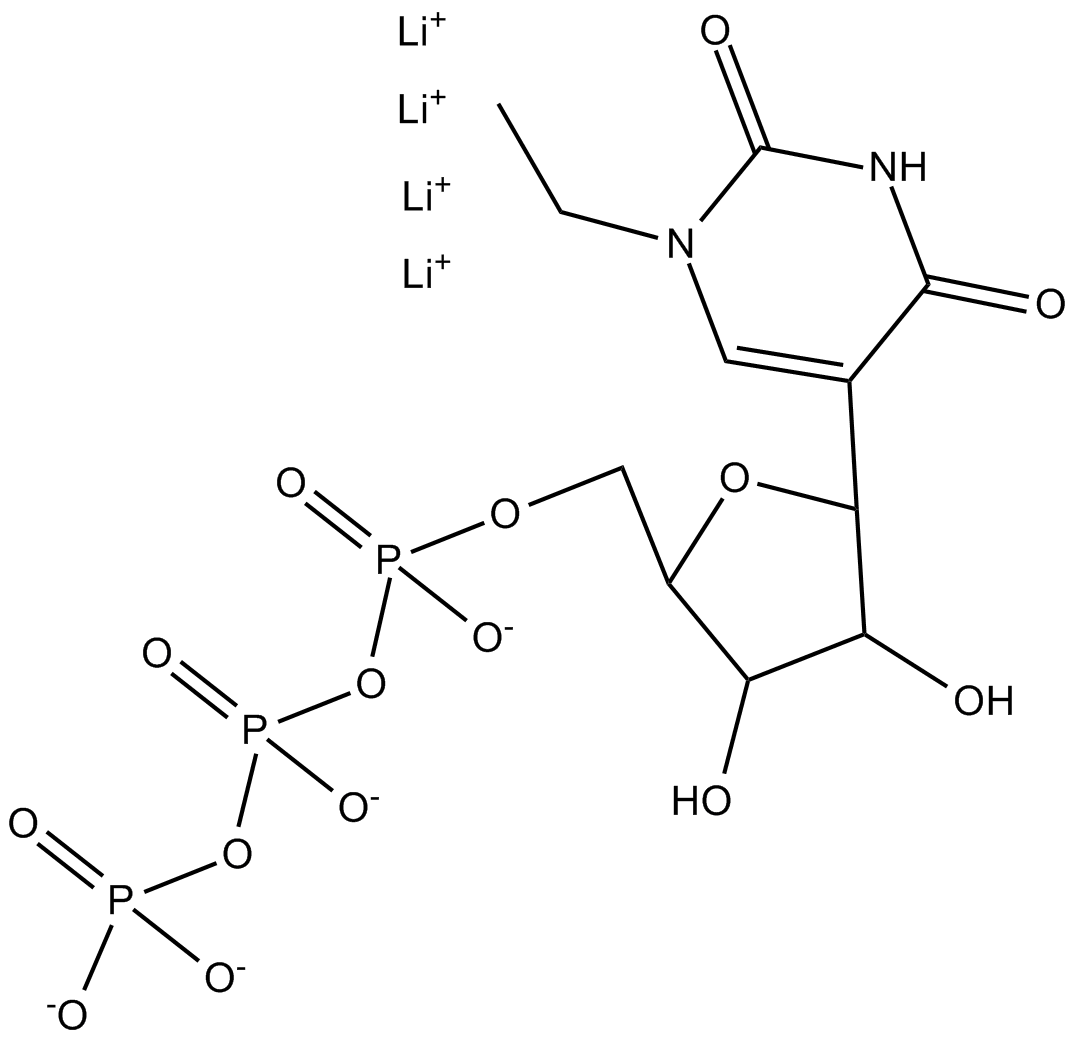
-
GB20156
N1-Methyl-2'-O-Methylpseudo-UTP
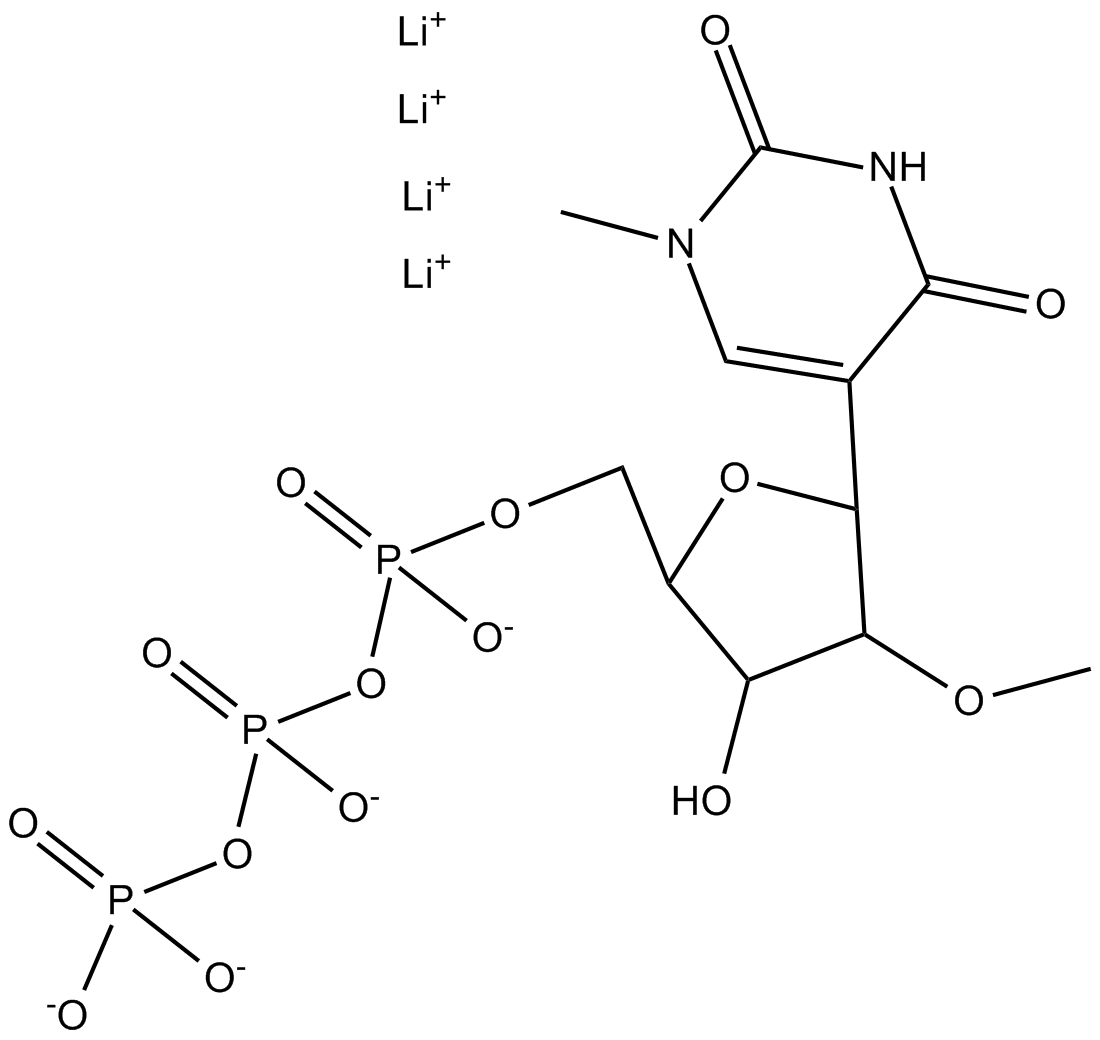
-
GB20112
N1-Methyl-ATP
Base modified ribonucleoside triphosphates, enhances protein expression and reduce immunogenicity.
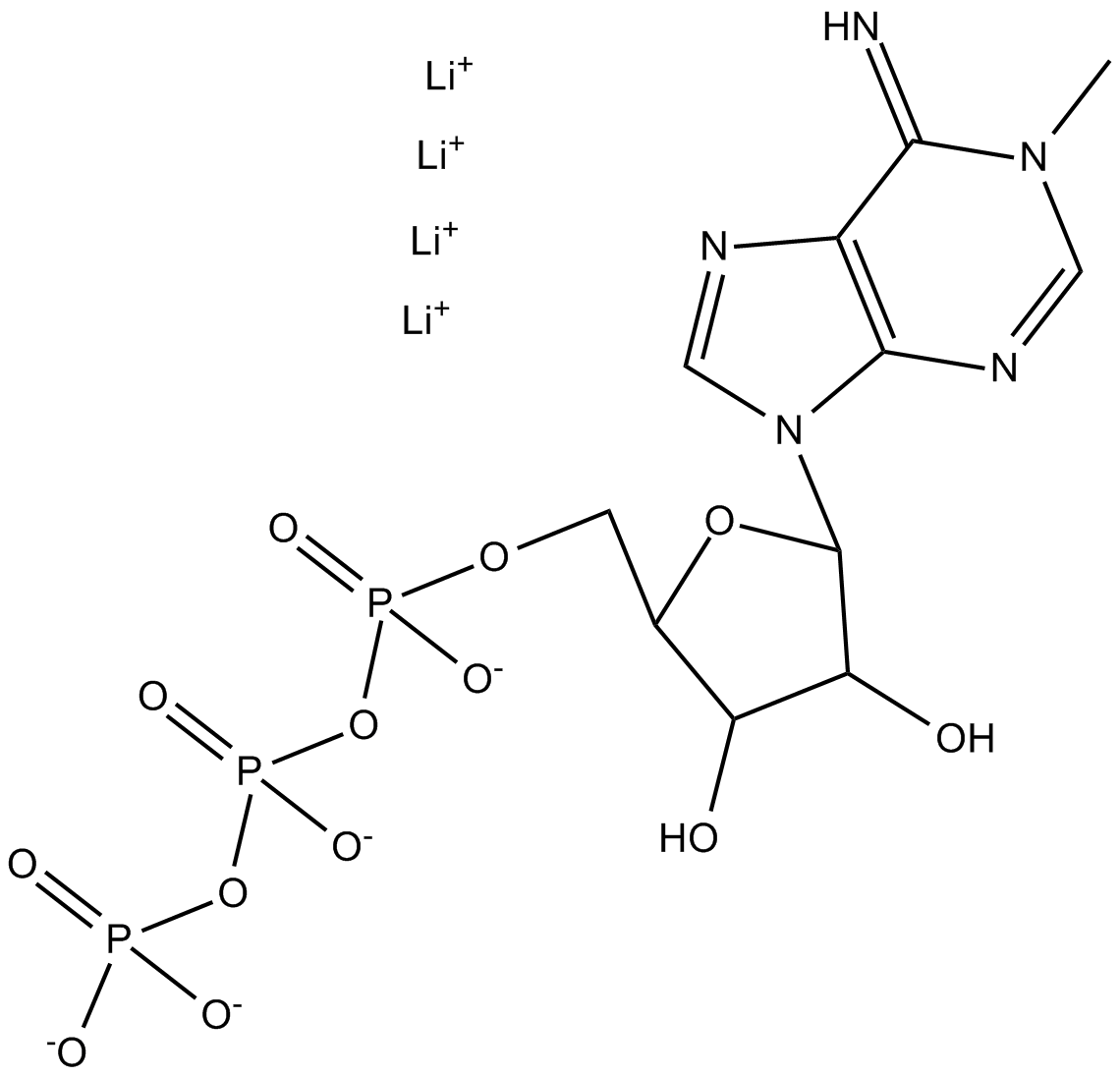
-
GB20161
N1-Methylpseudo-UTP
N1-methylpseudo-UTP is a nucleobase-modified nucleotide, used for synthesizing mRNA with reduced immunogenicity and improved stability.
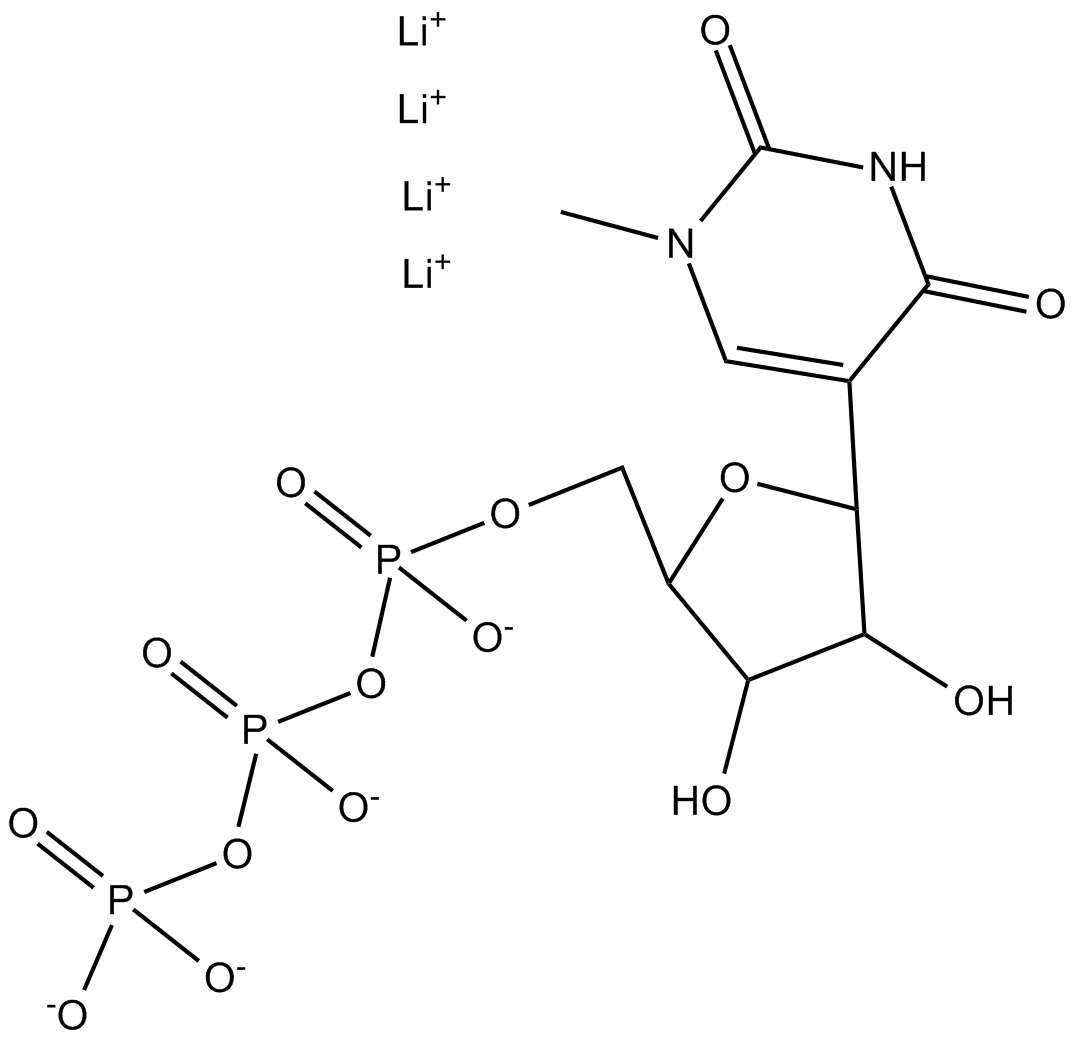
-
GB20091
N1-Methylpseudo-UTP (sodium salt)
N1-methylpseudo-UTP is a nucleobase-modified nucleotide, used for synthesizing mRNA with reduced immunogenicity and improved stability.
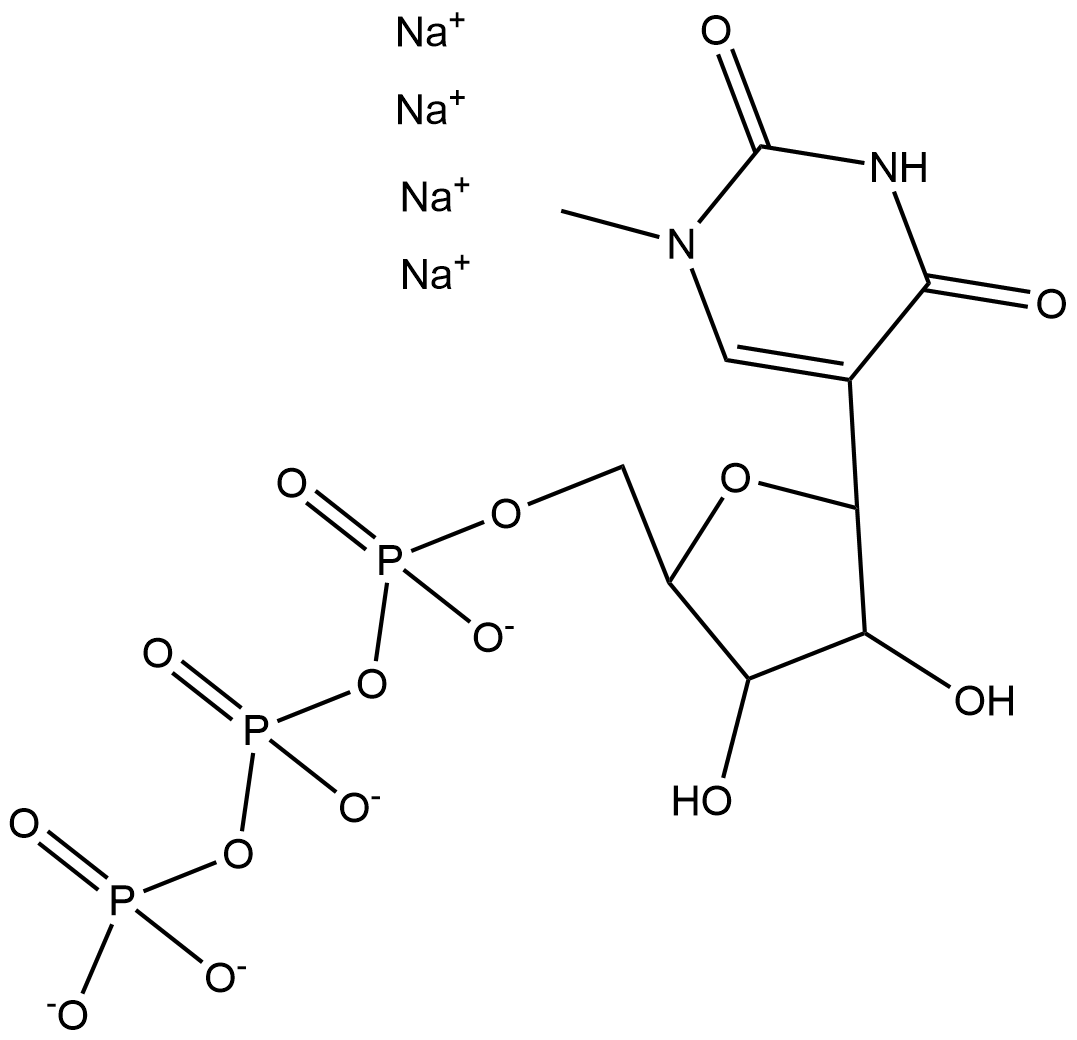
-
GB20154
N1-Propyl-Pseudo-UTP
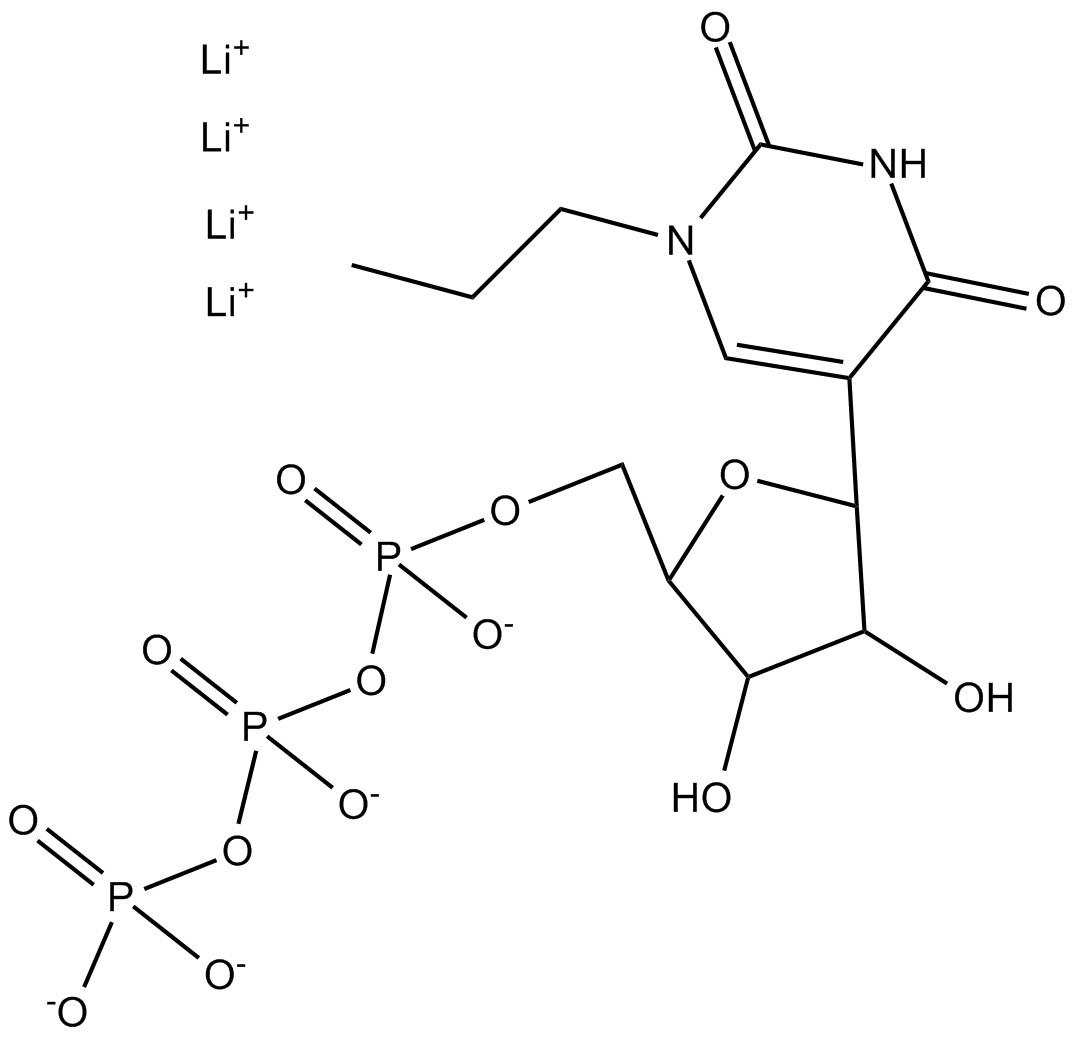
-
GB20162
N4-Methyl-CTP
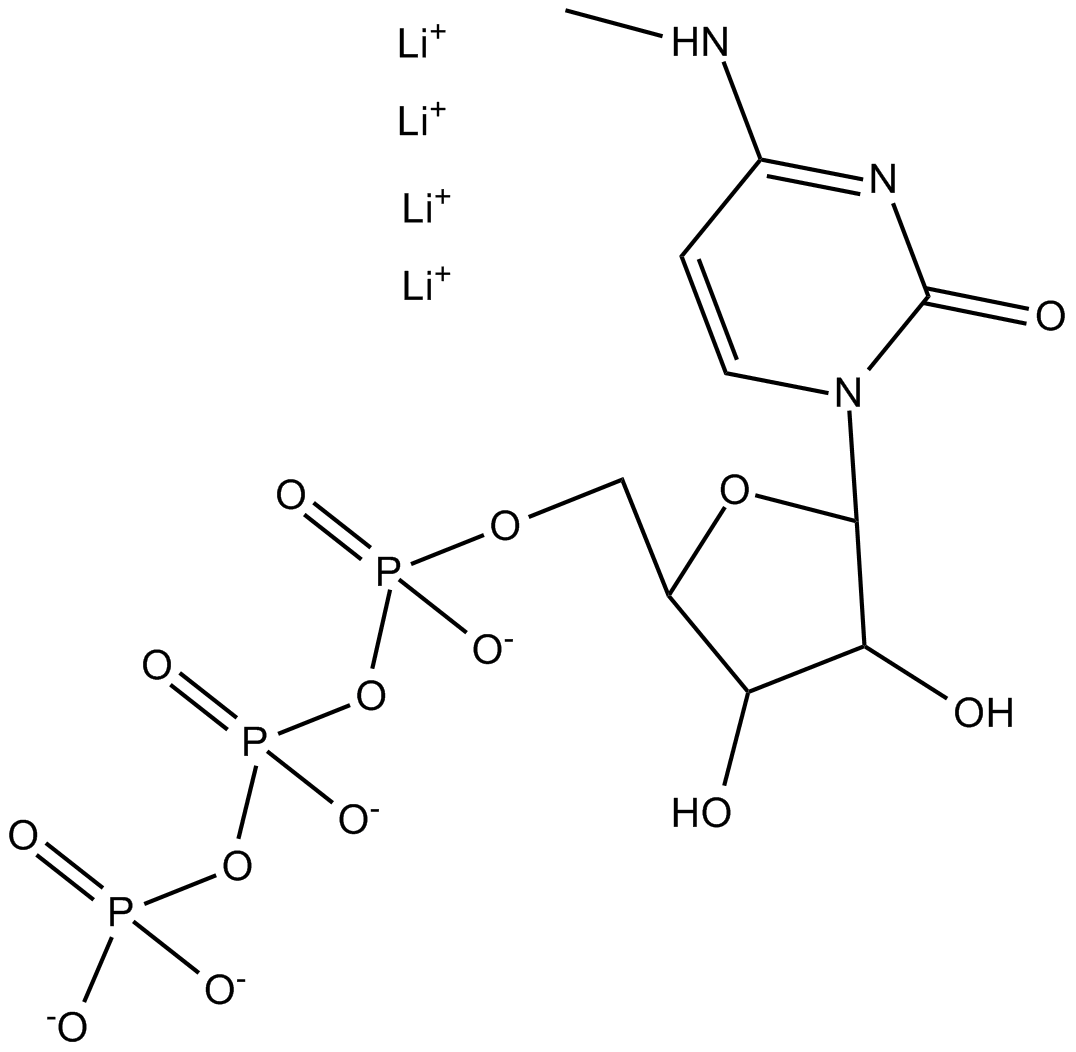
-
GB20133
N6-Methyl-ATP
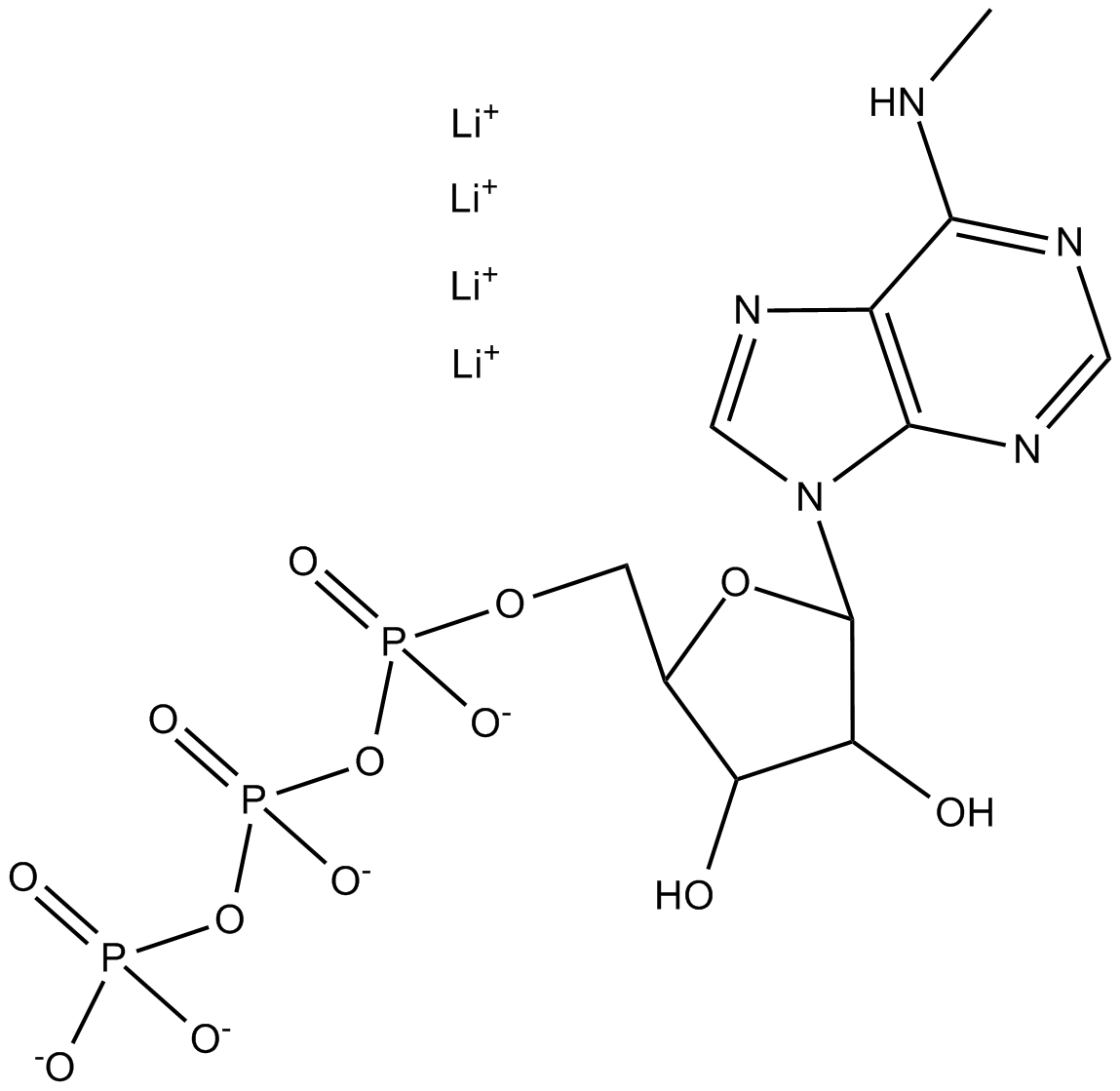
-
GB20094
O6-Methyl-GTP
Base modified deoxynucleoside triphosphates, used in epigenetics research.
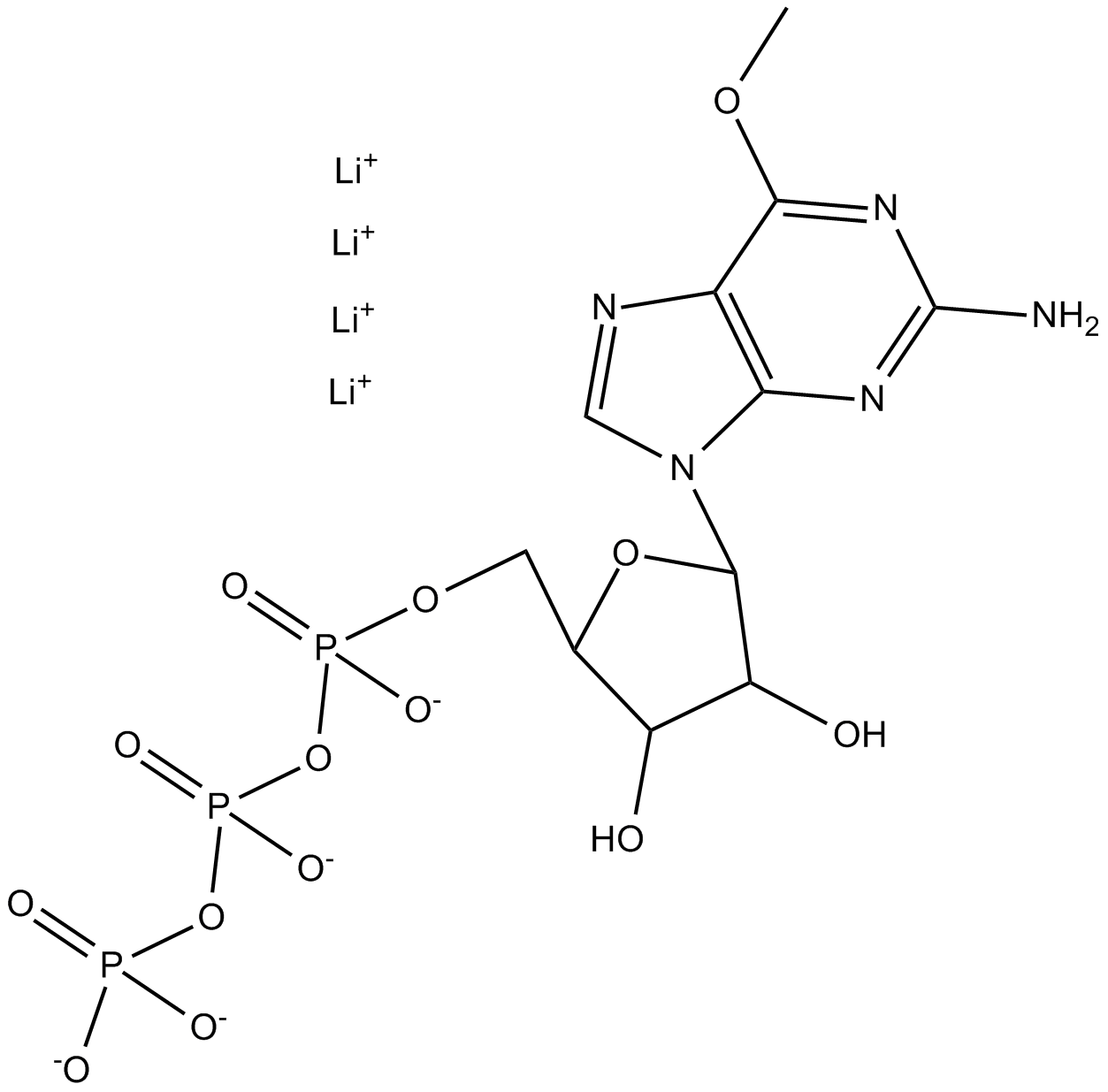
-
GB20131
Thieno-CTP
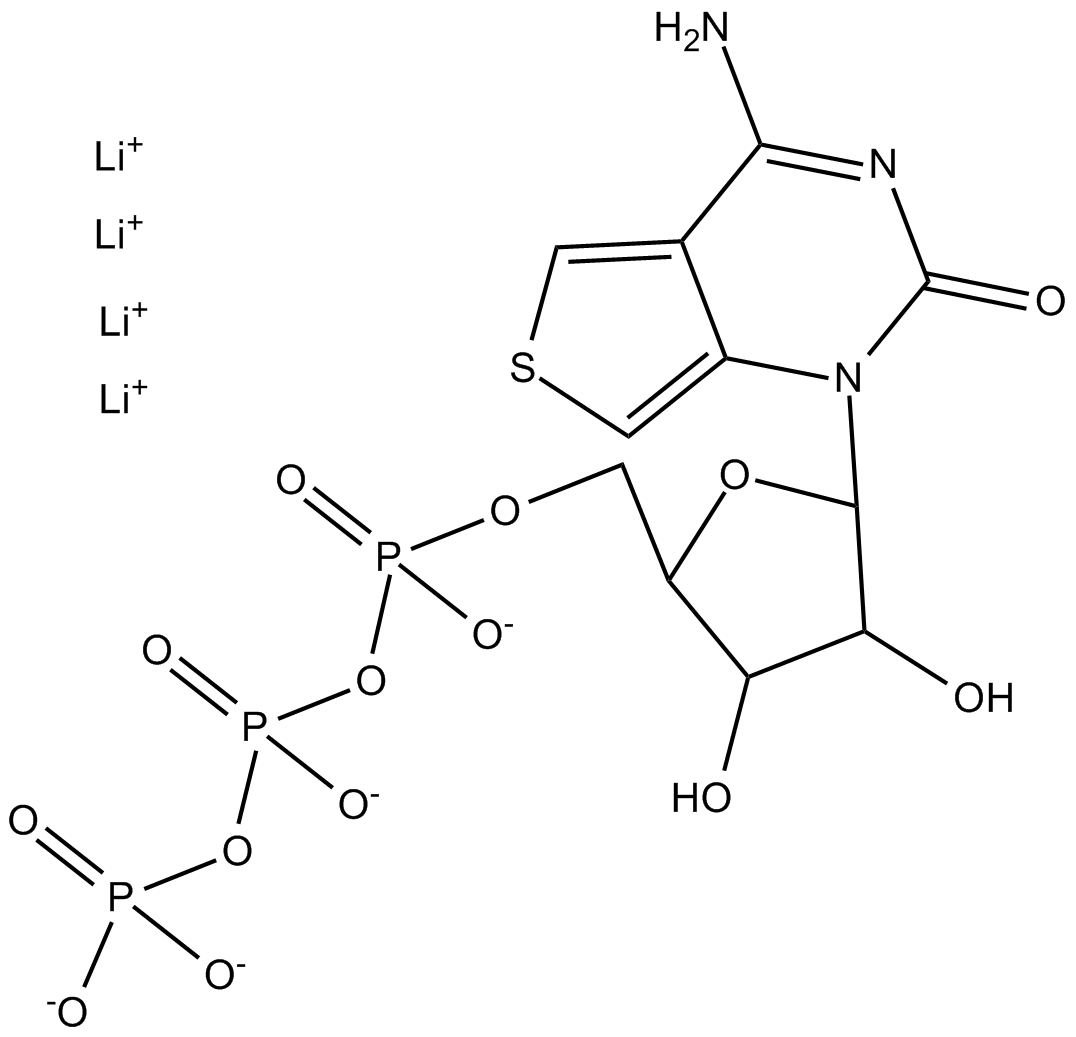
-
GB20157
Thieno-GTP
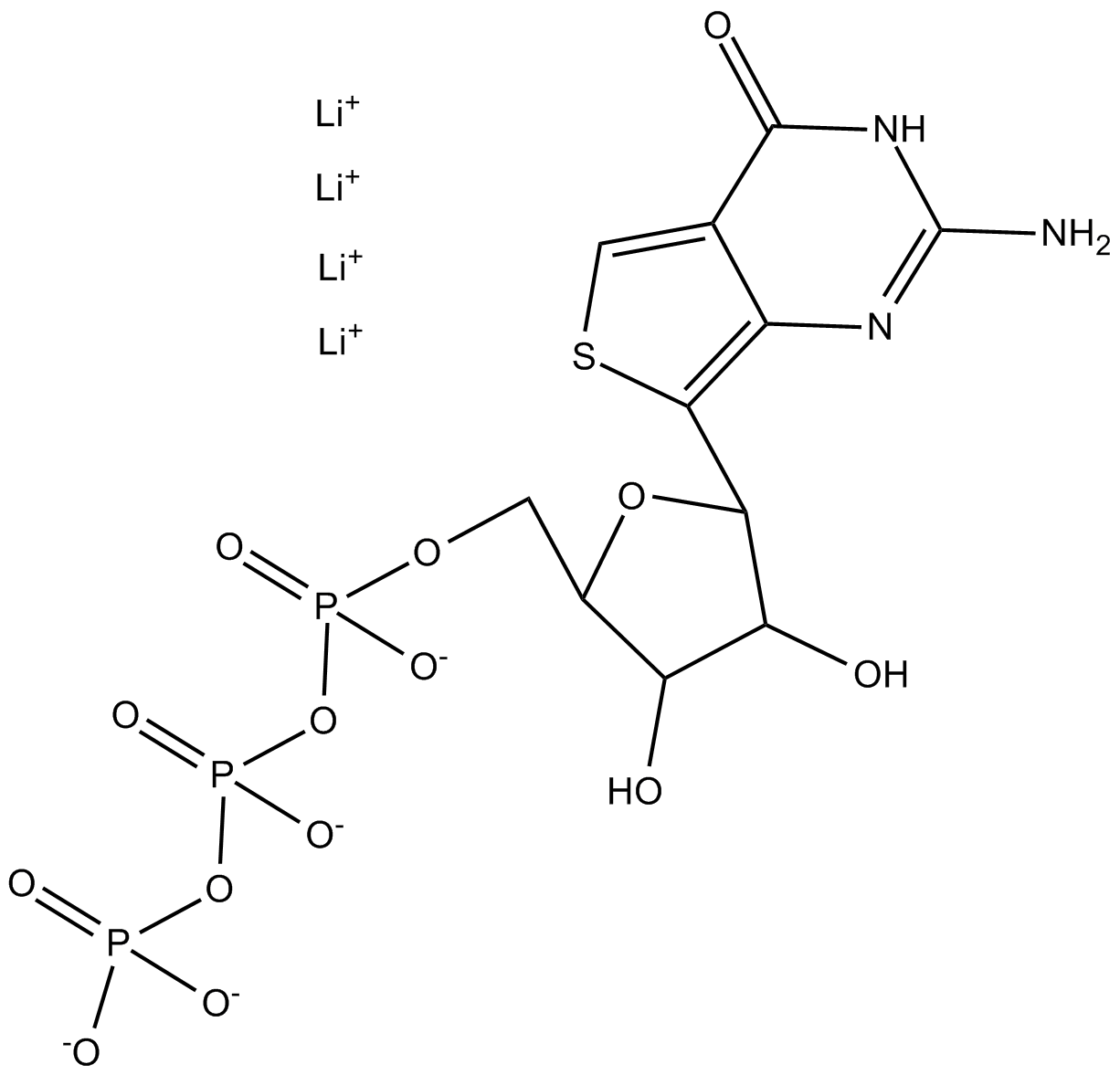
-
GB20138
Thieno-UTP
